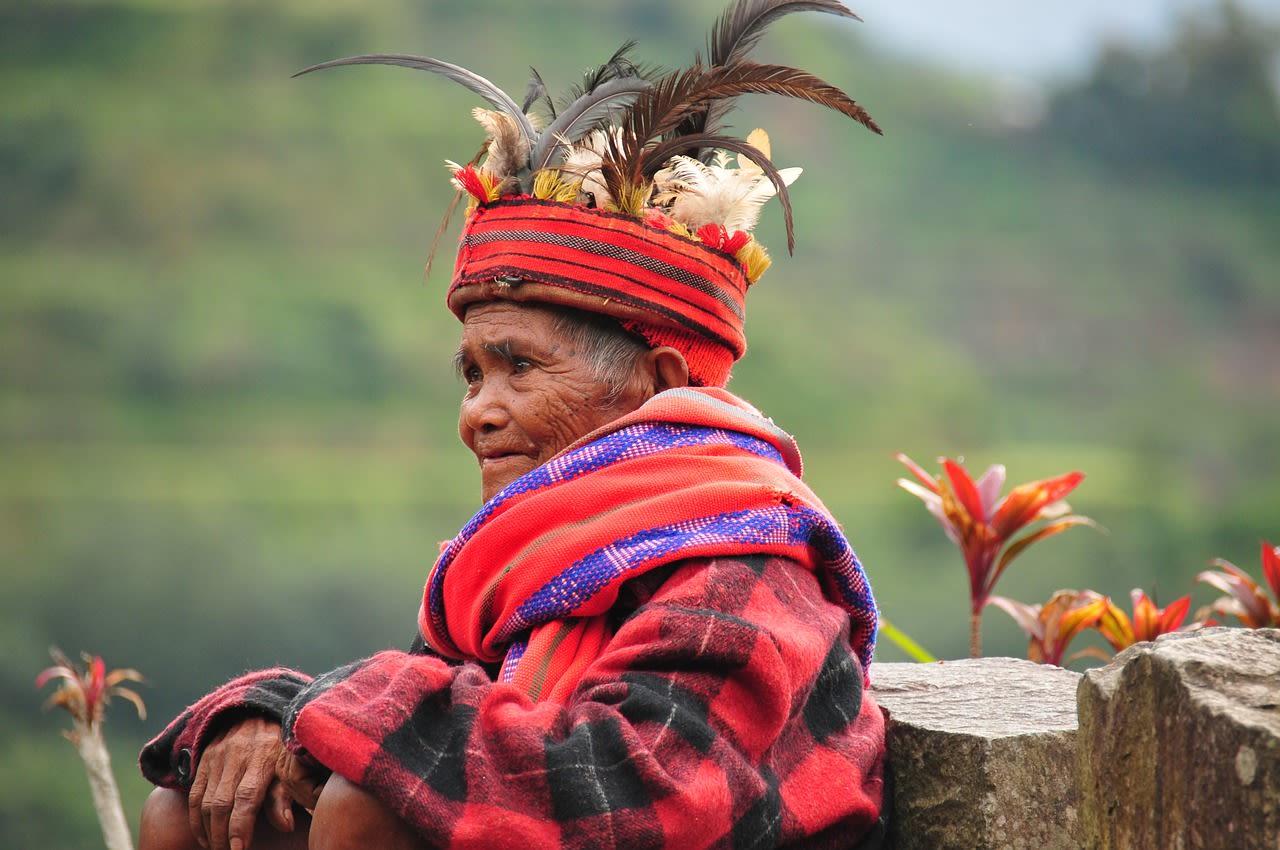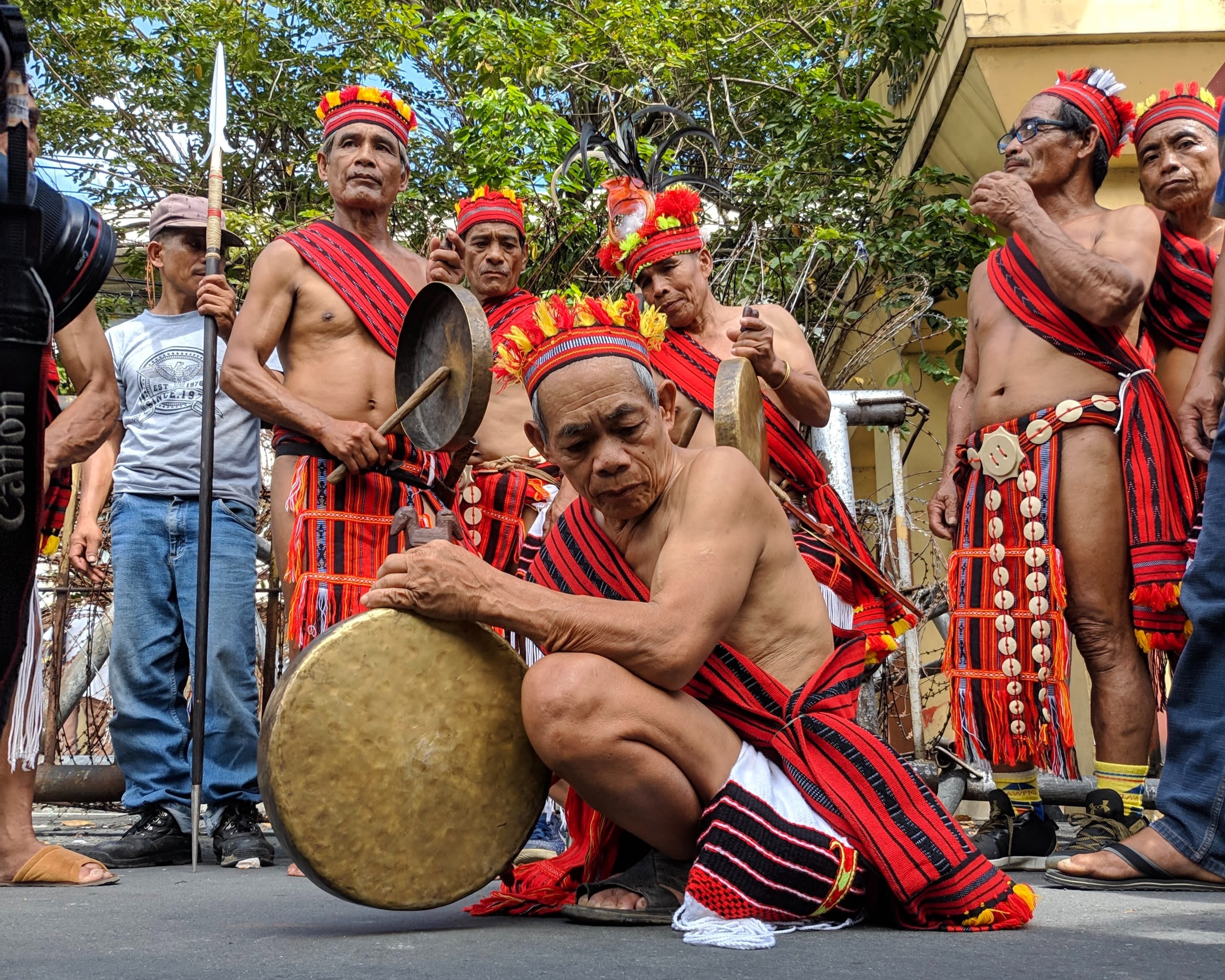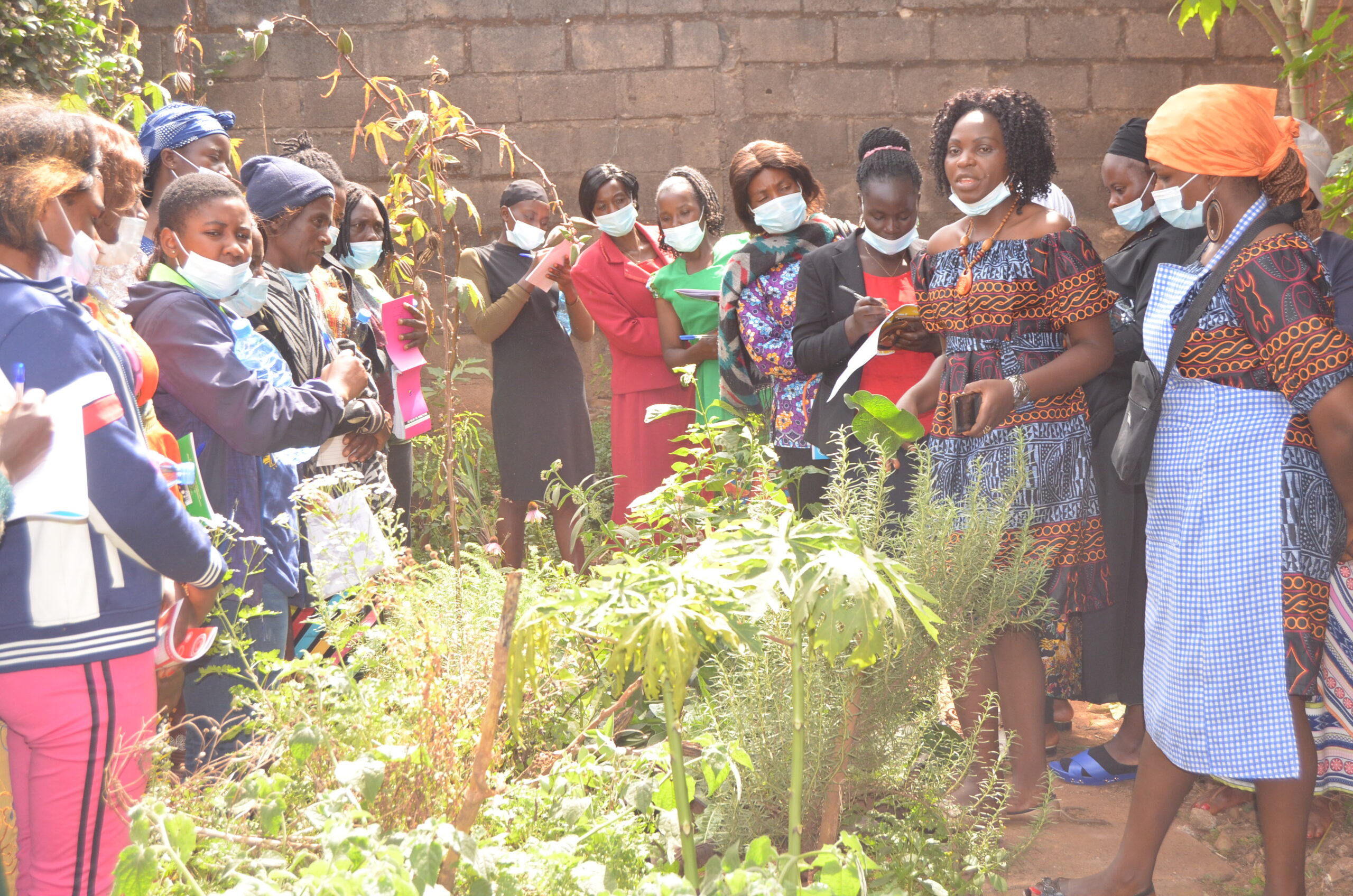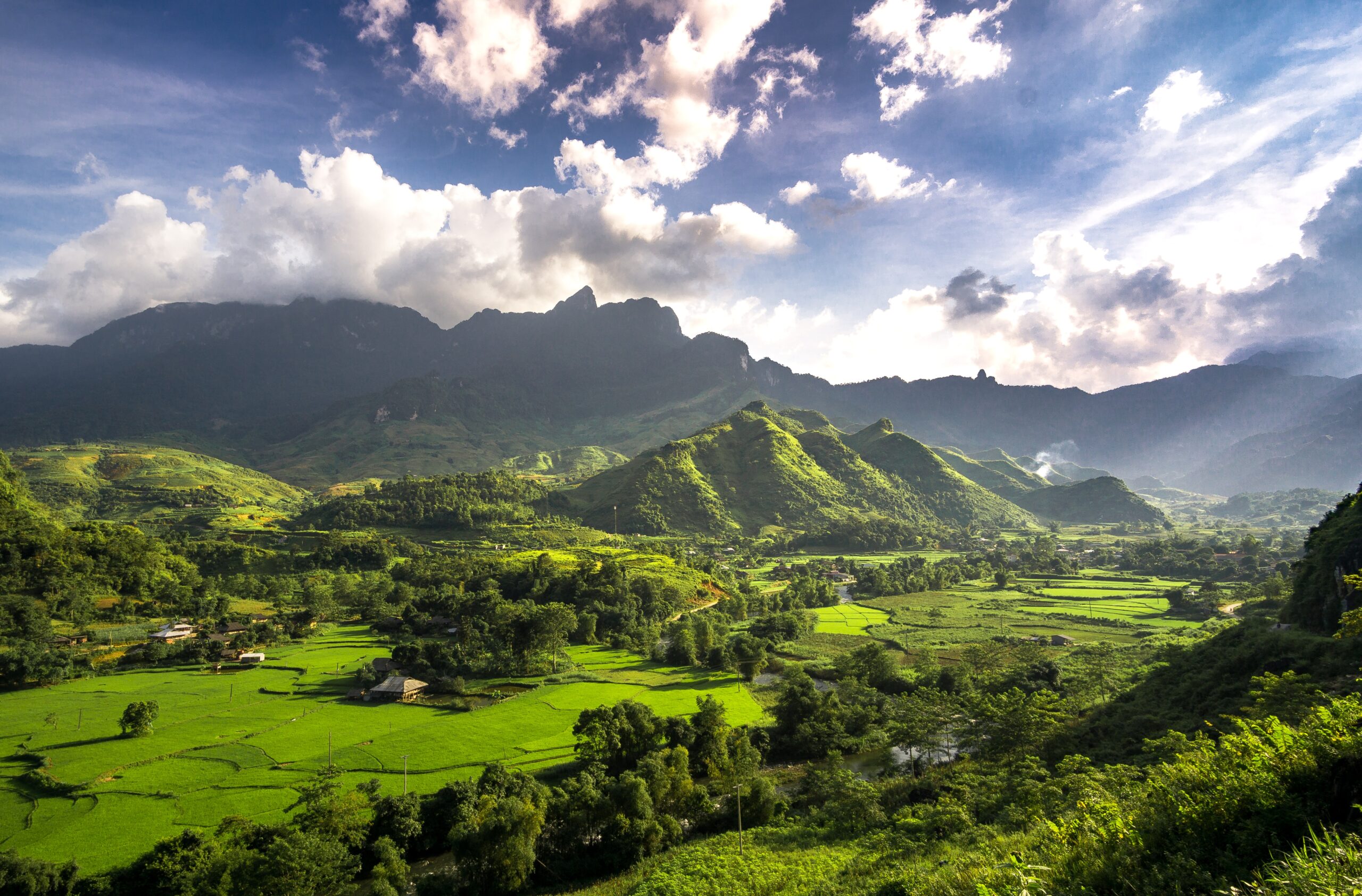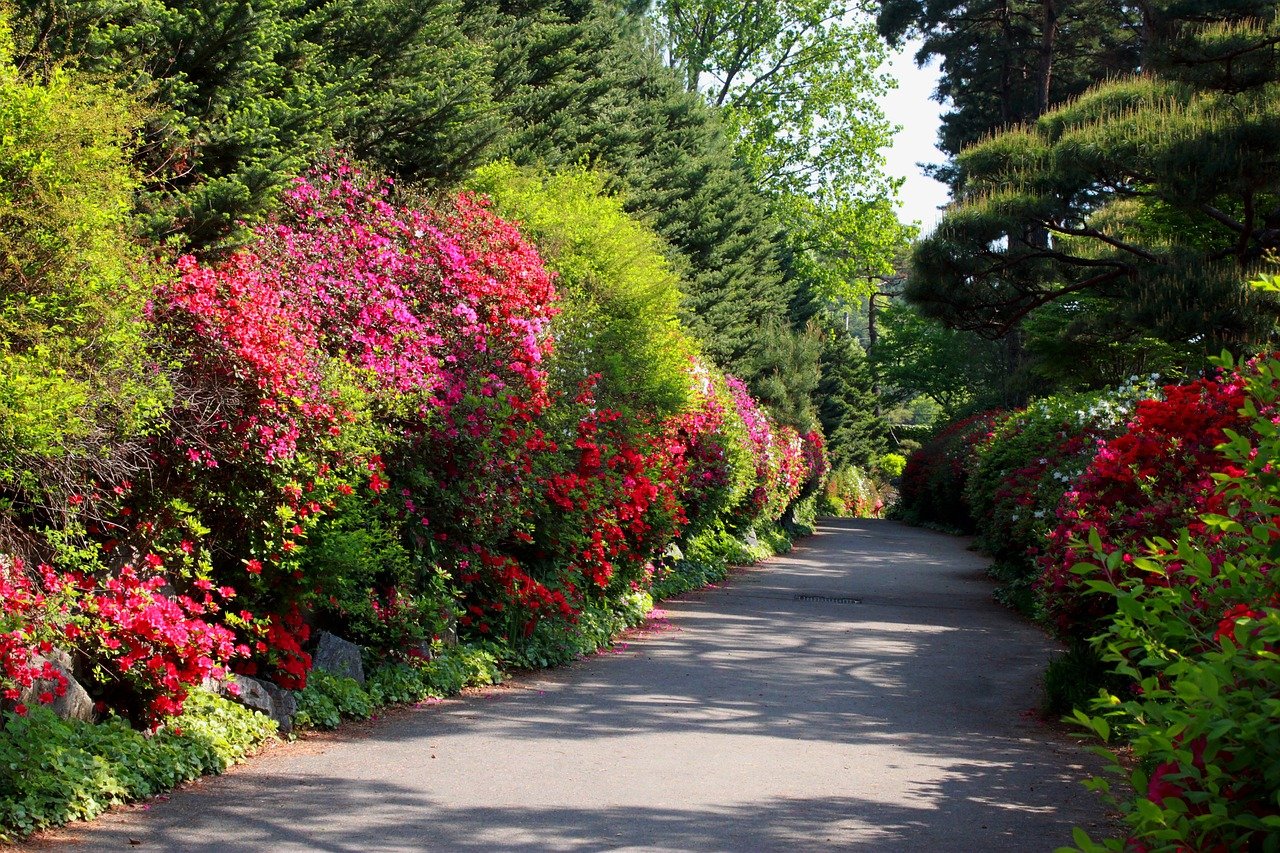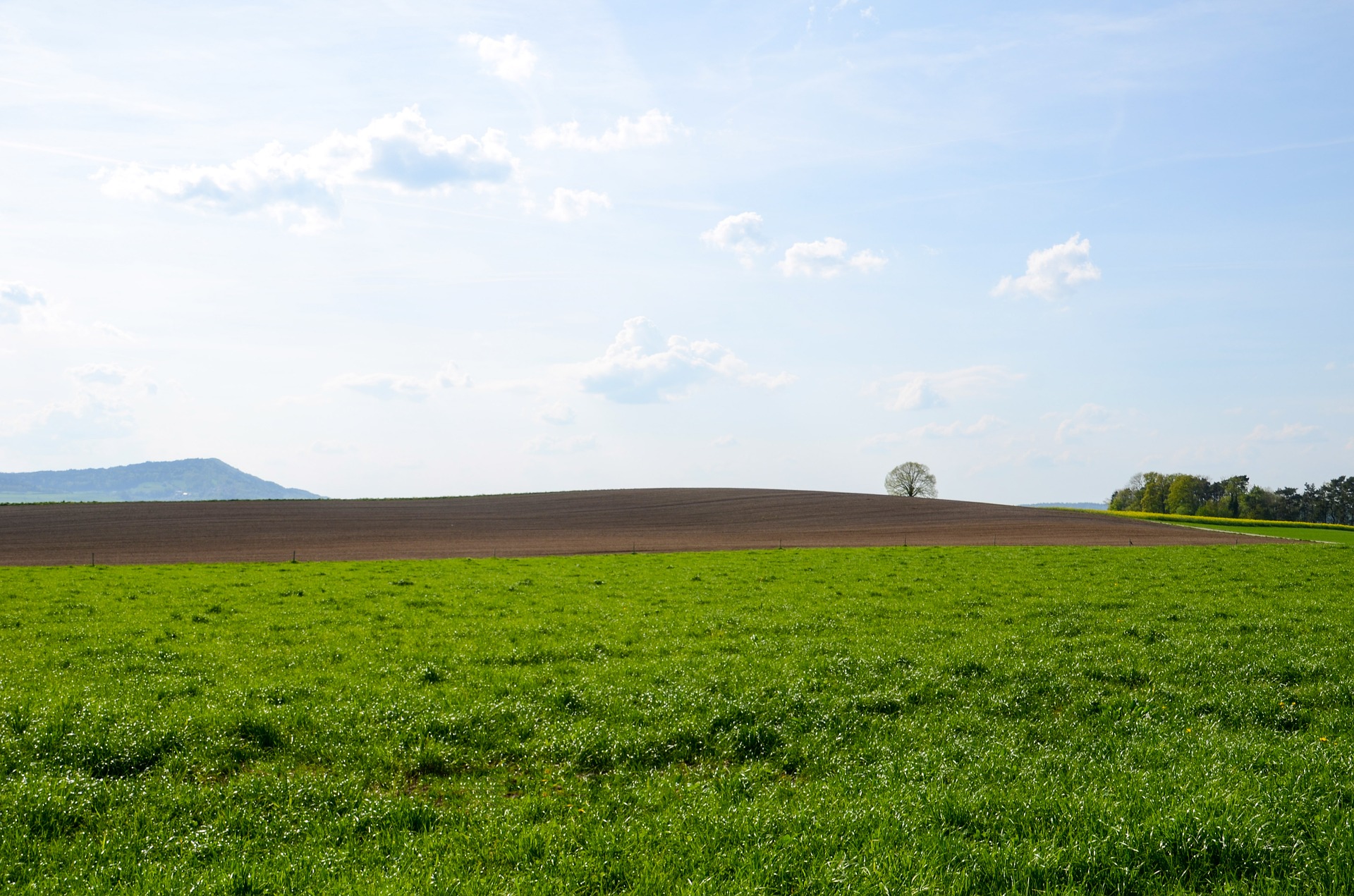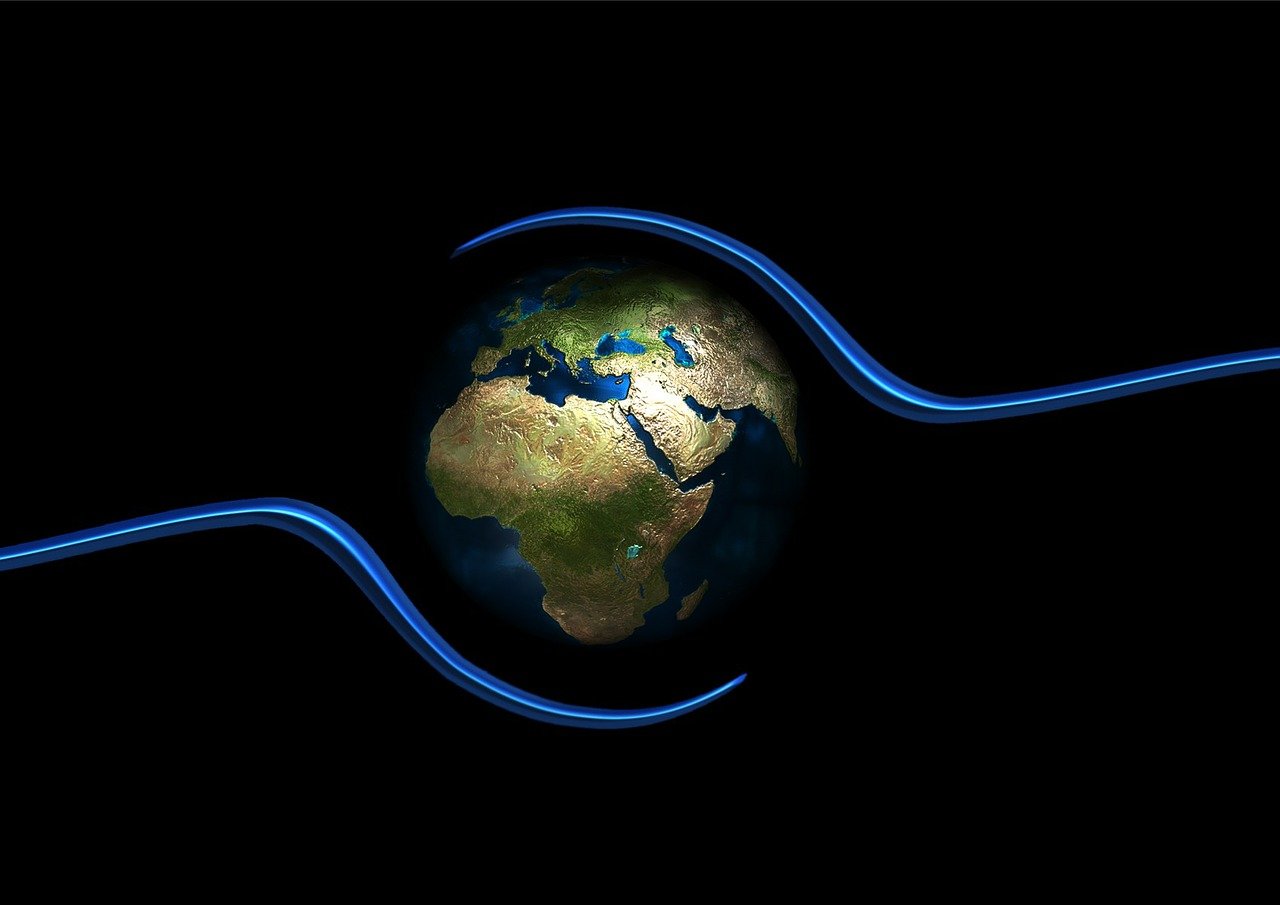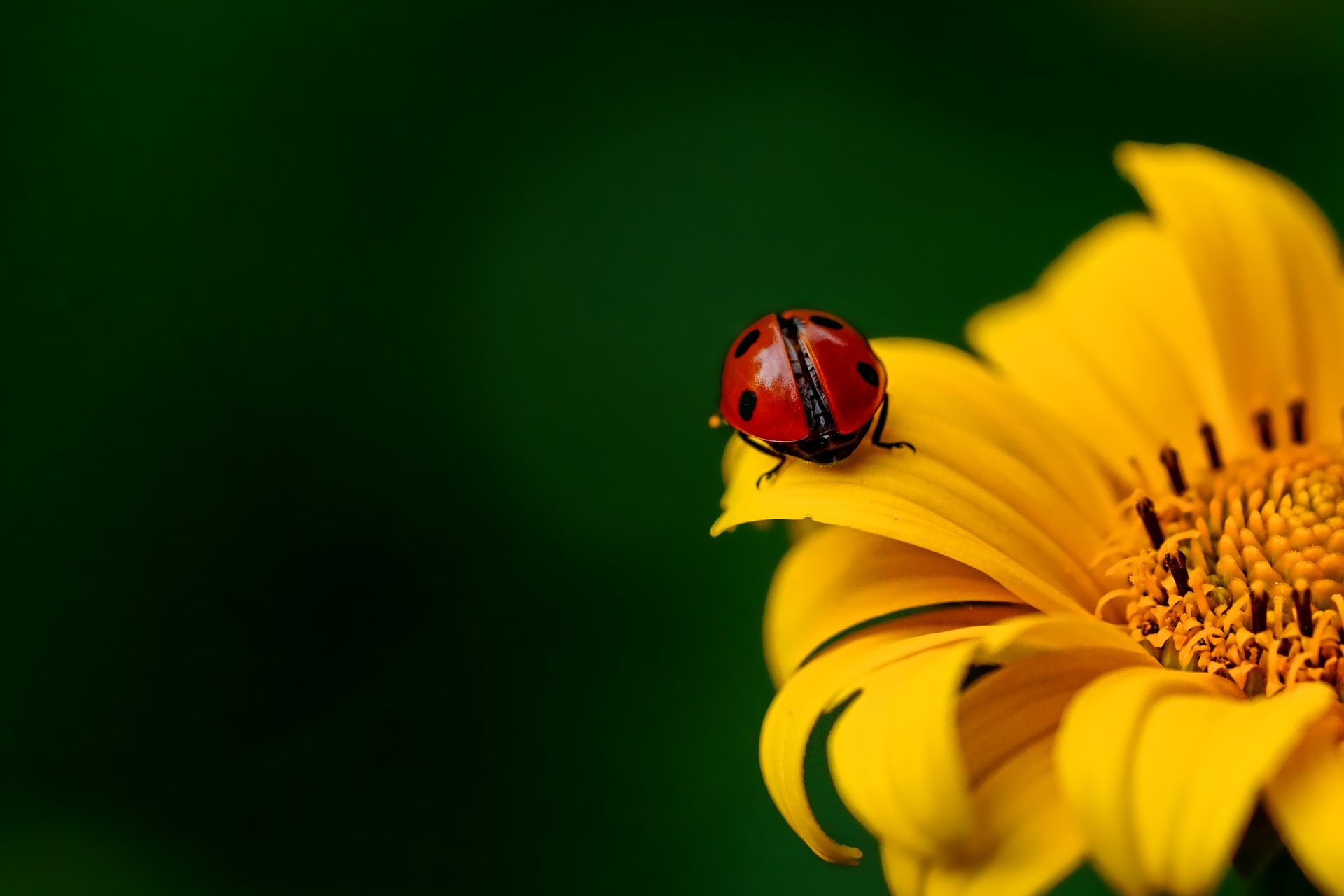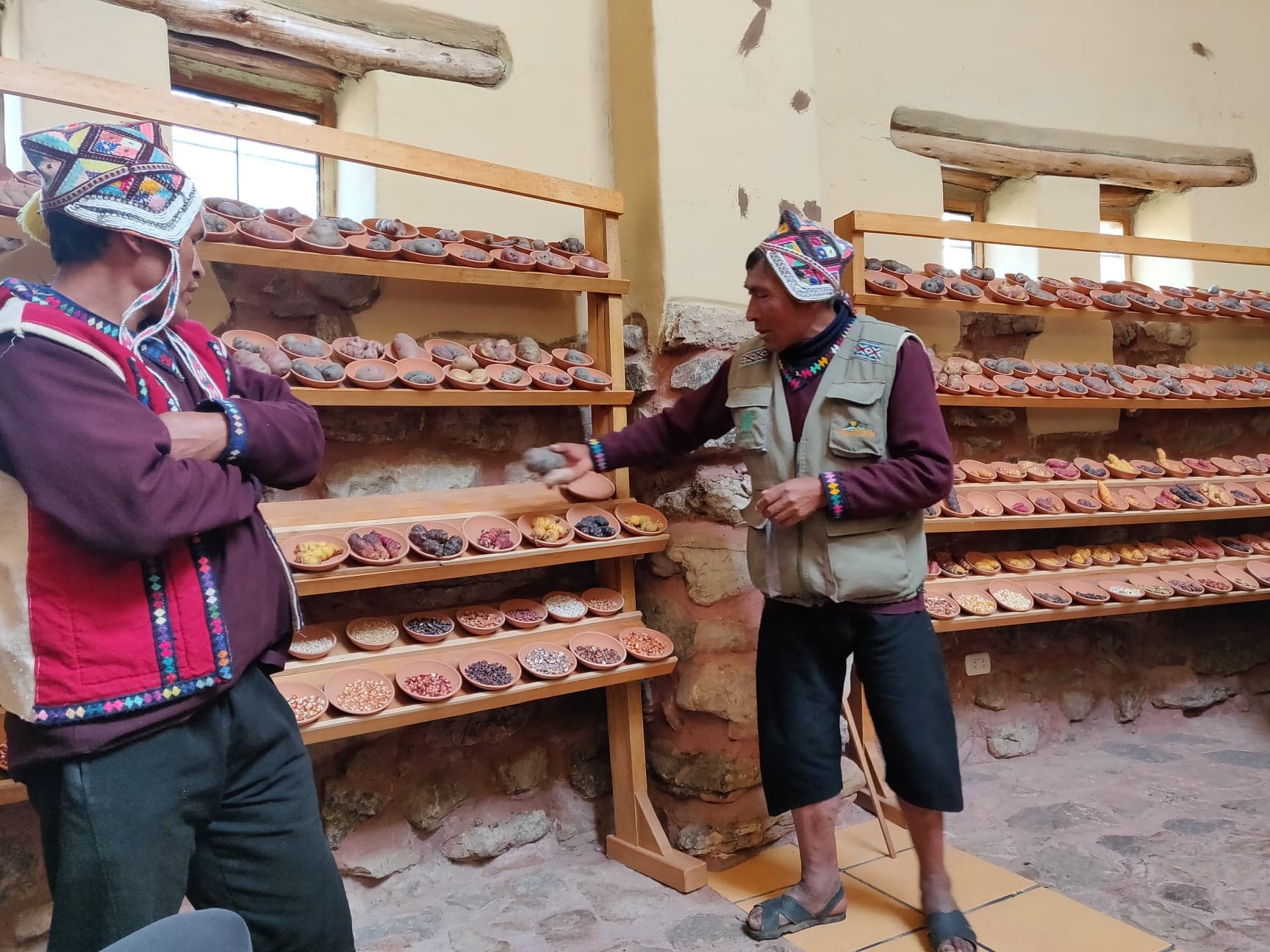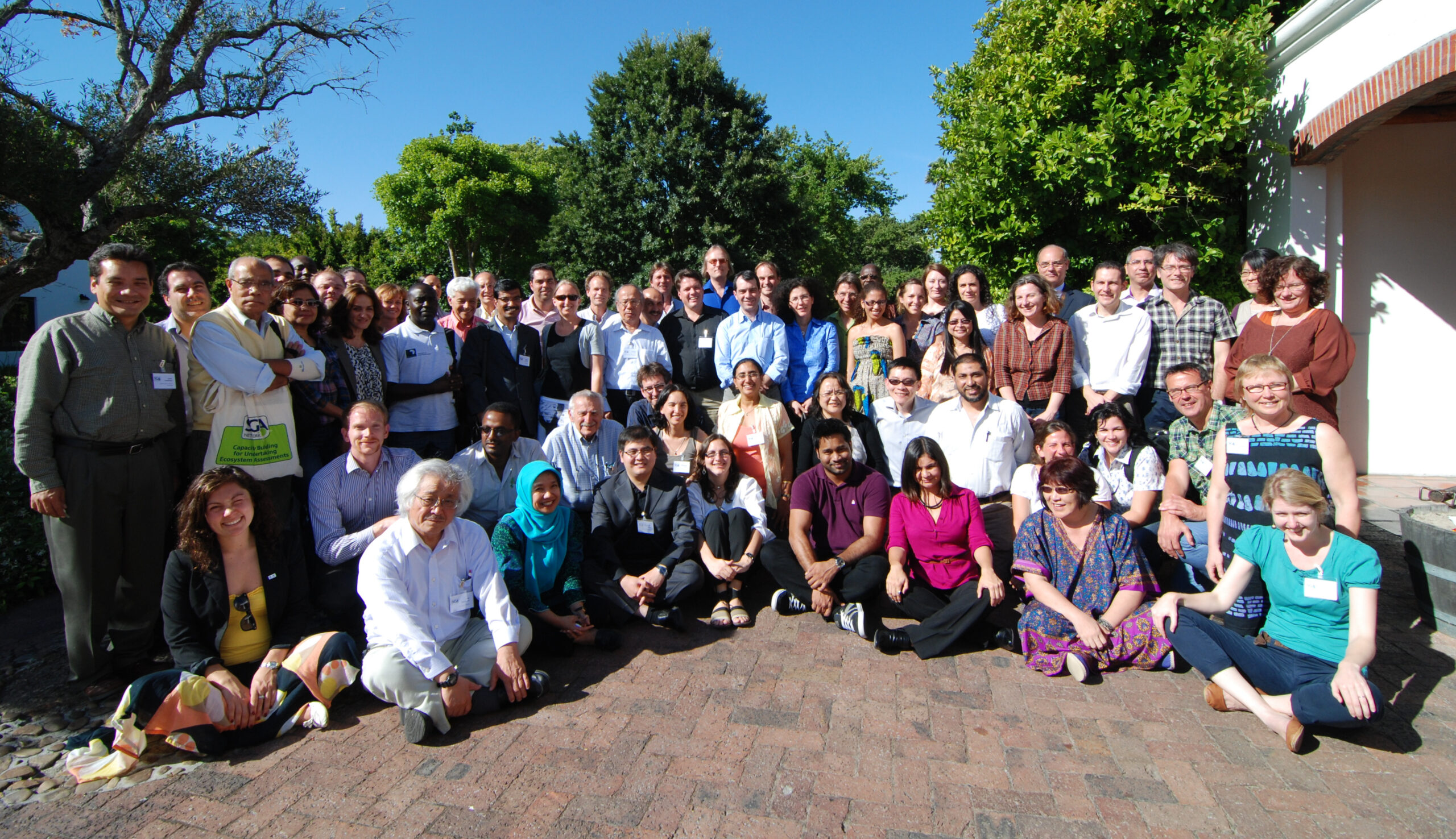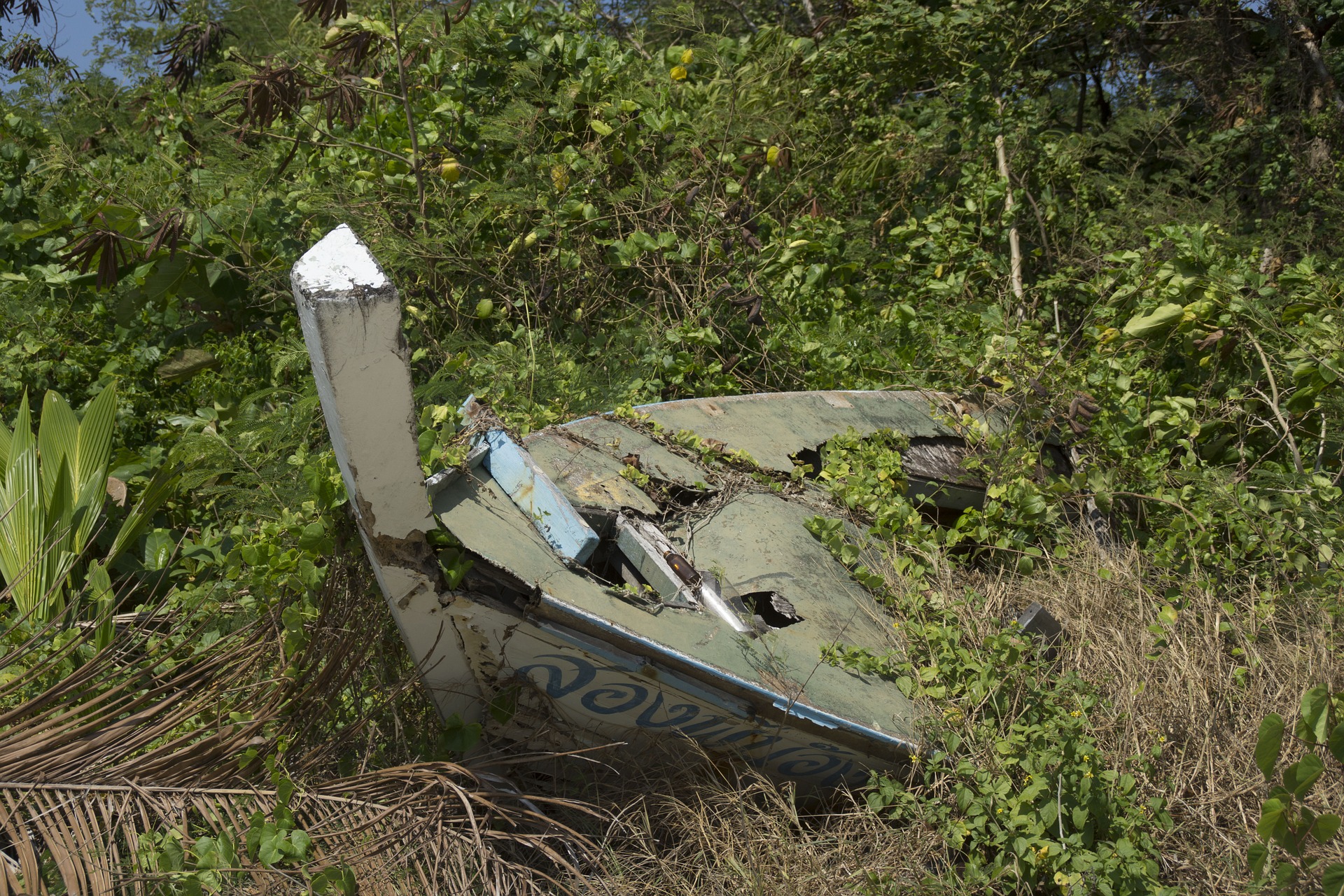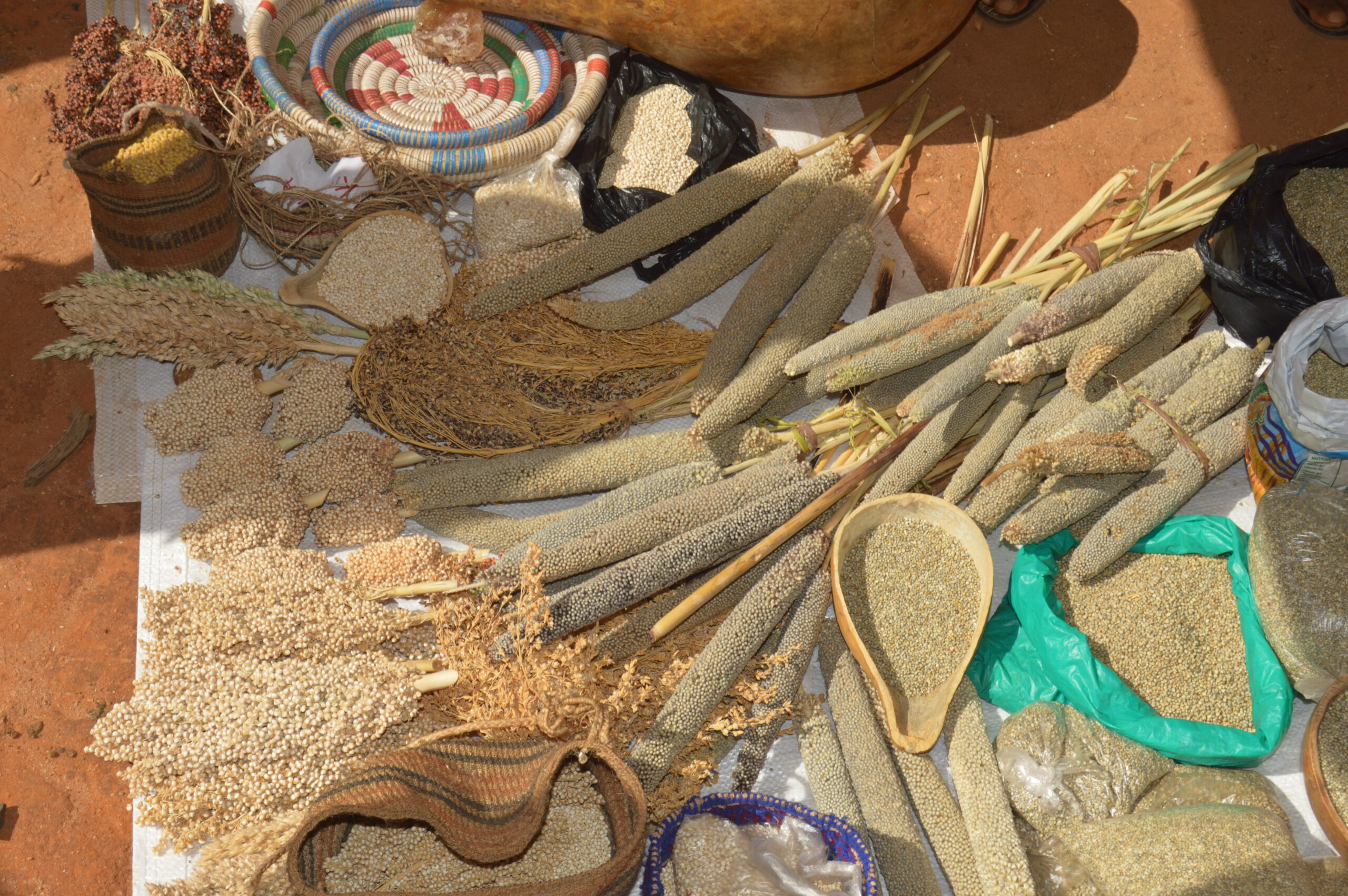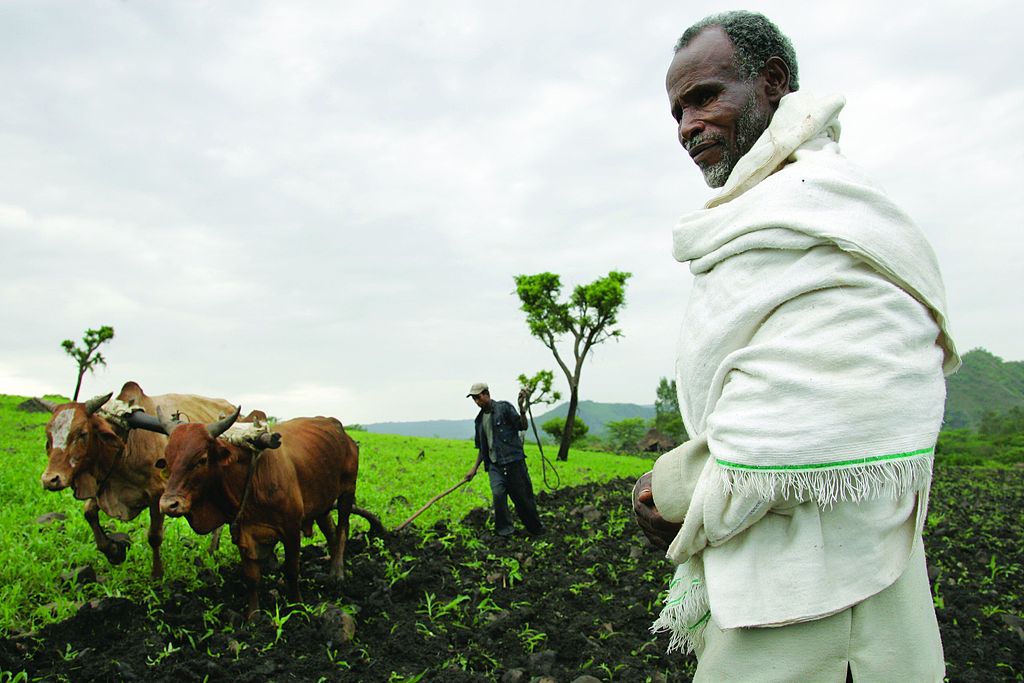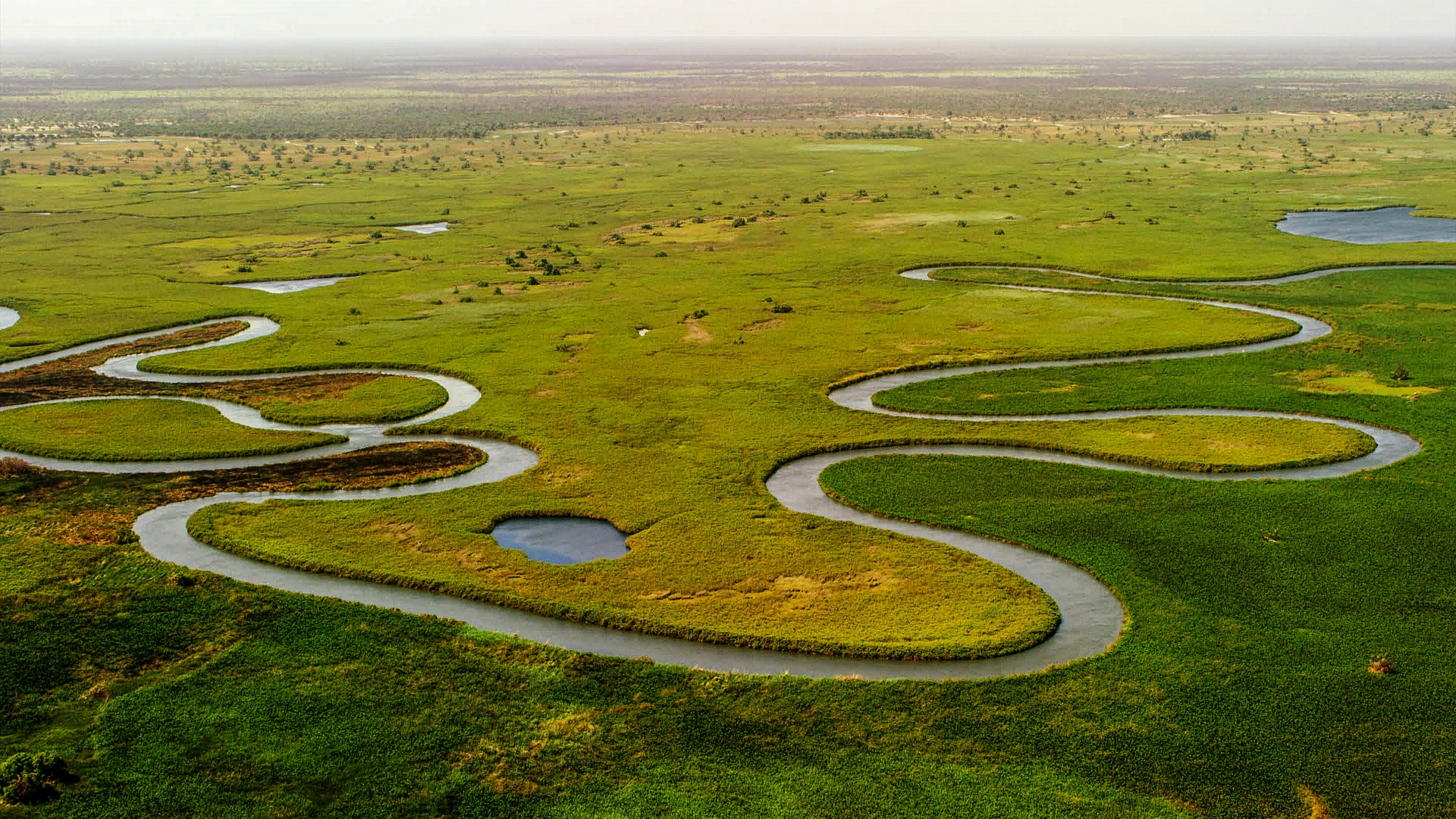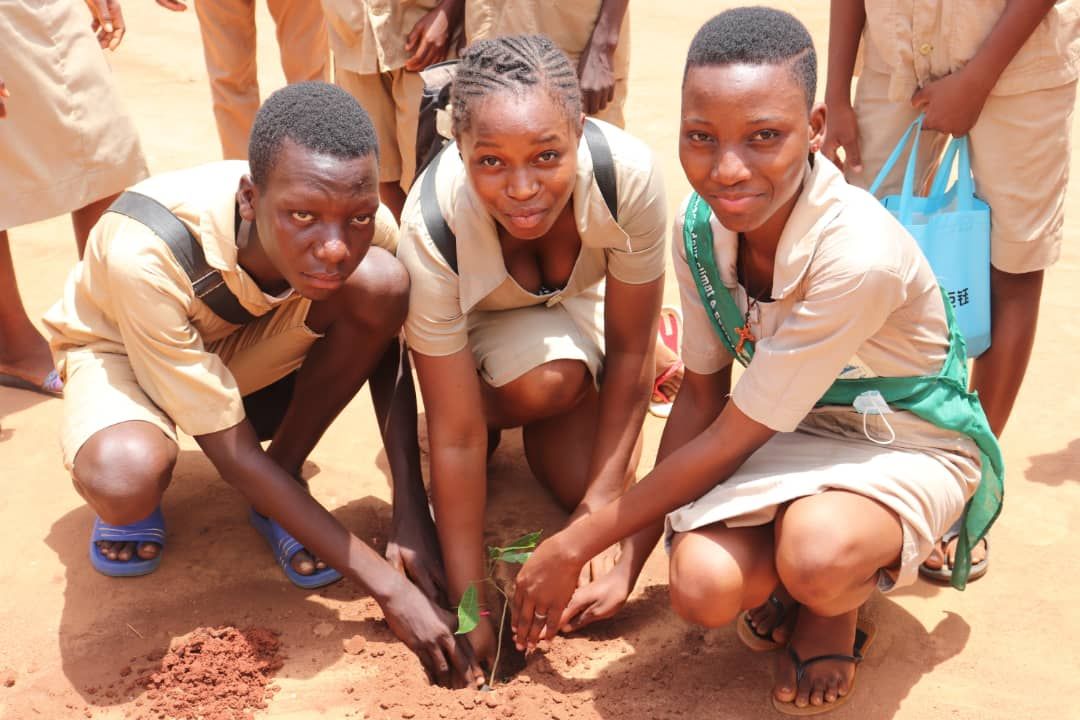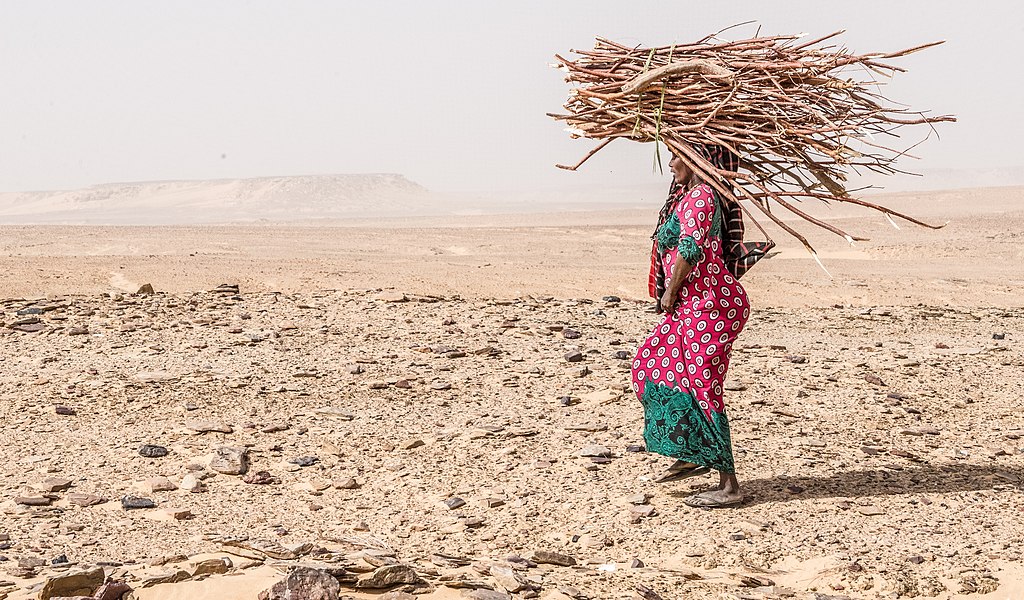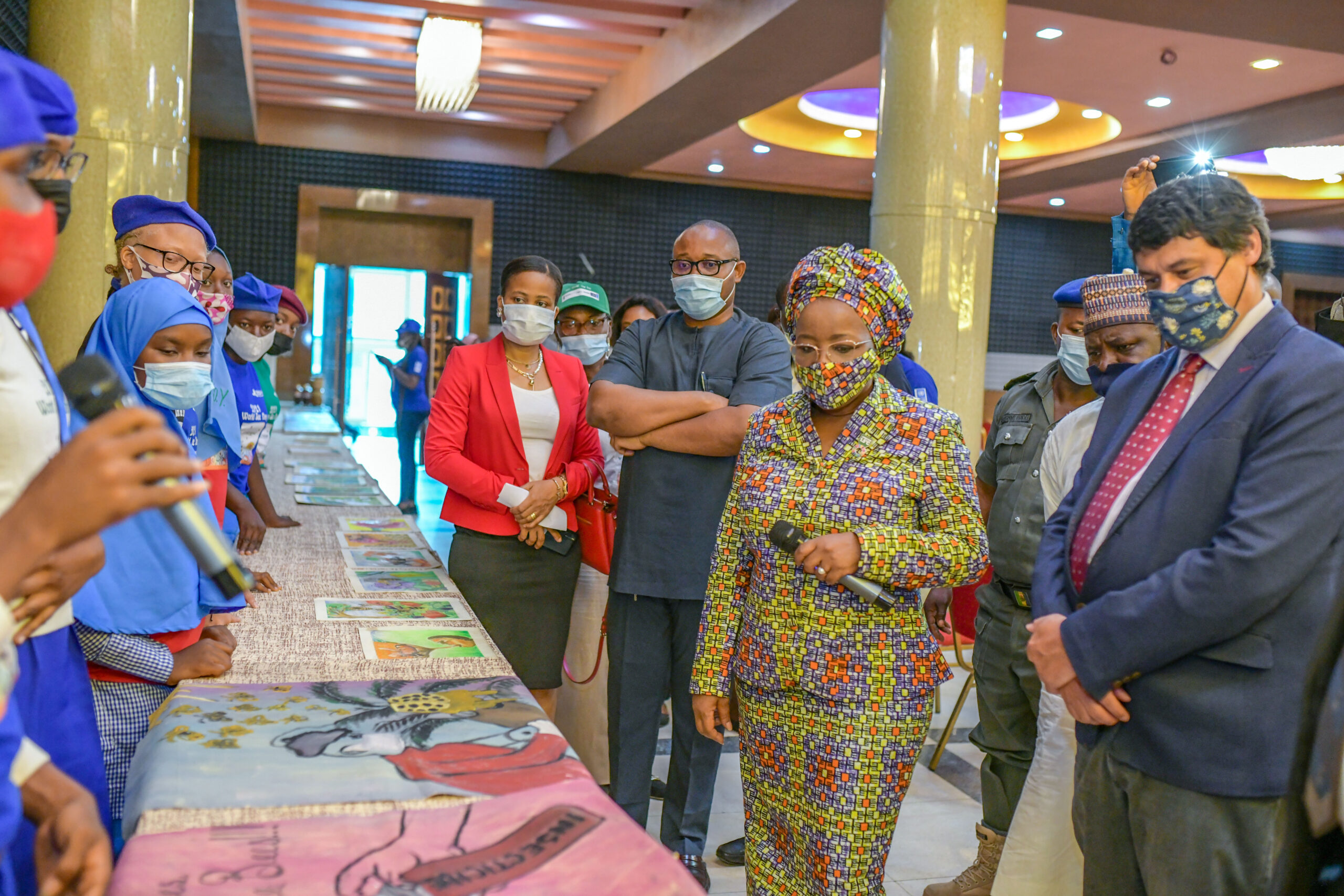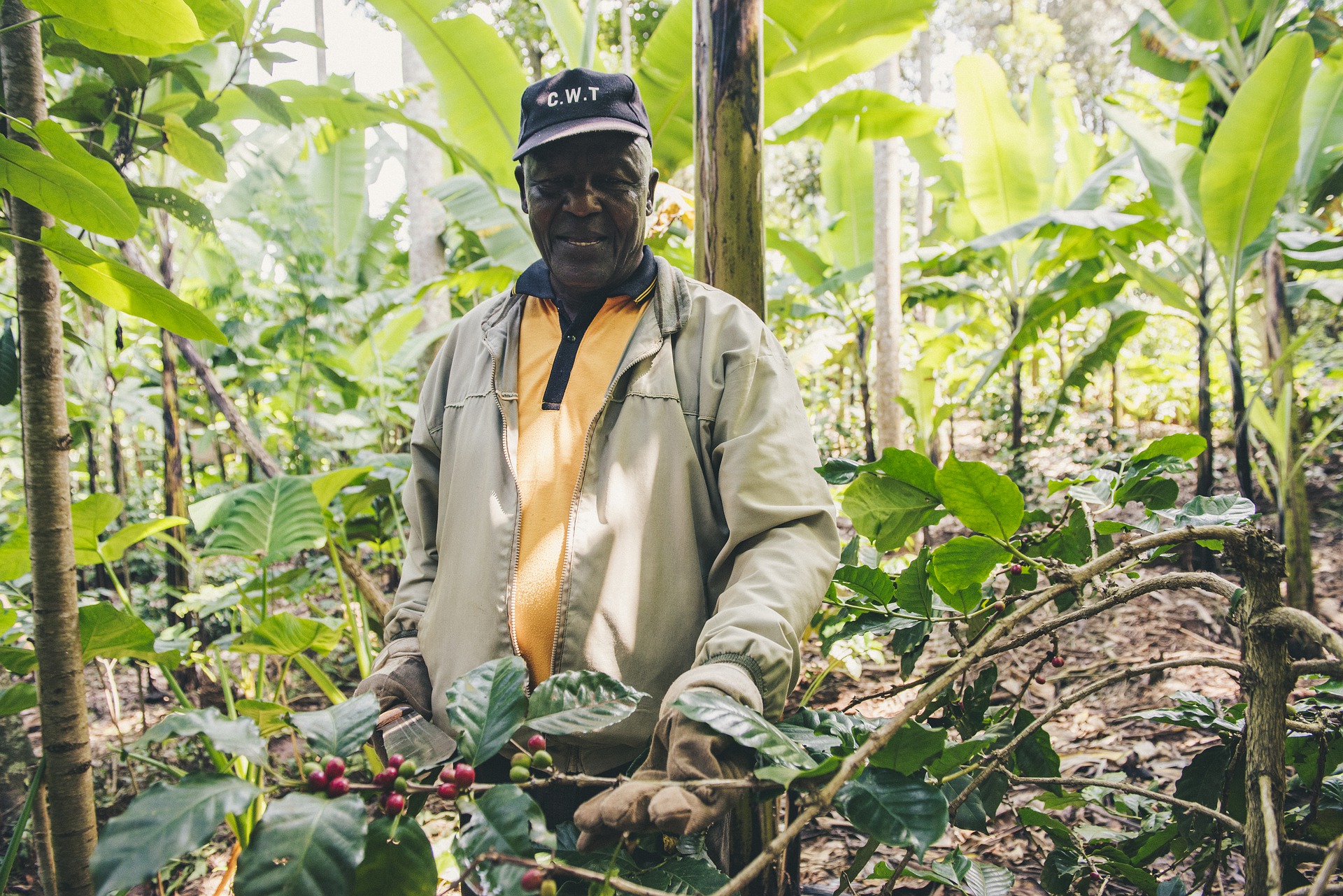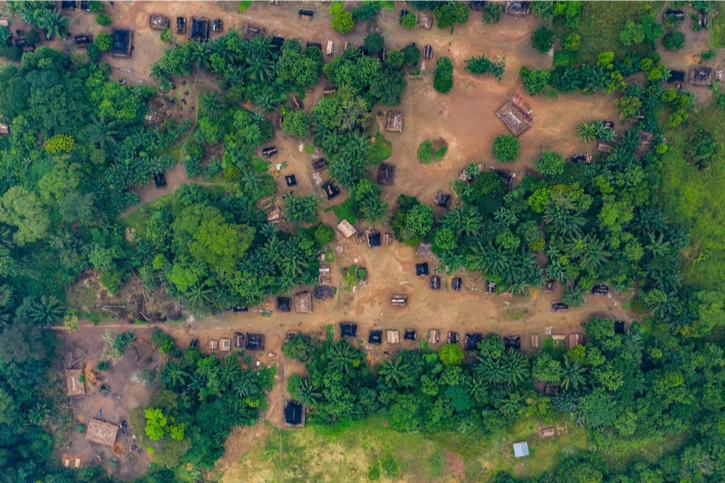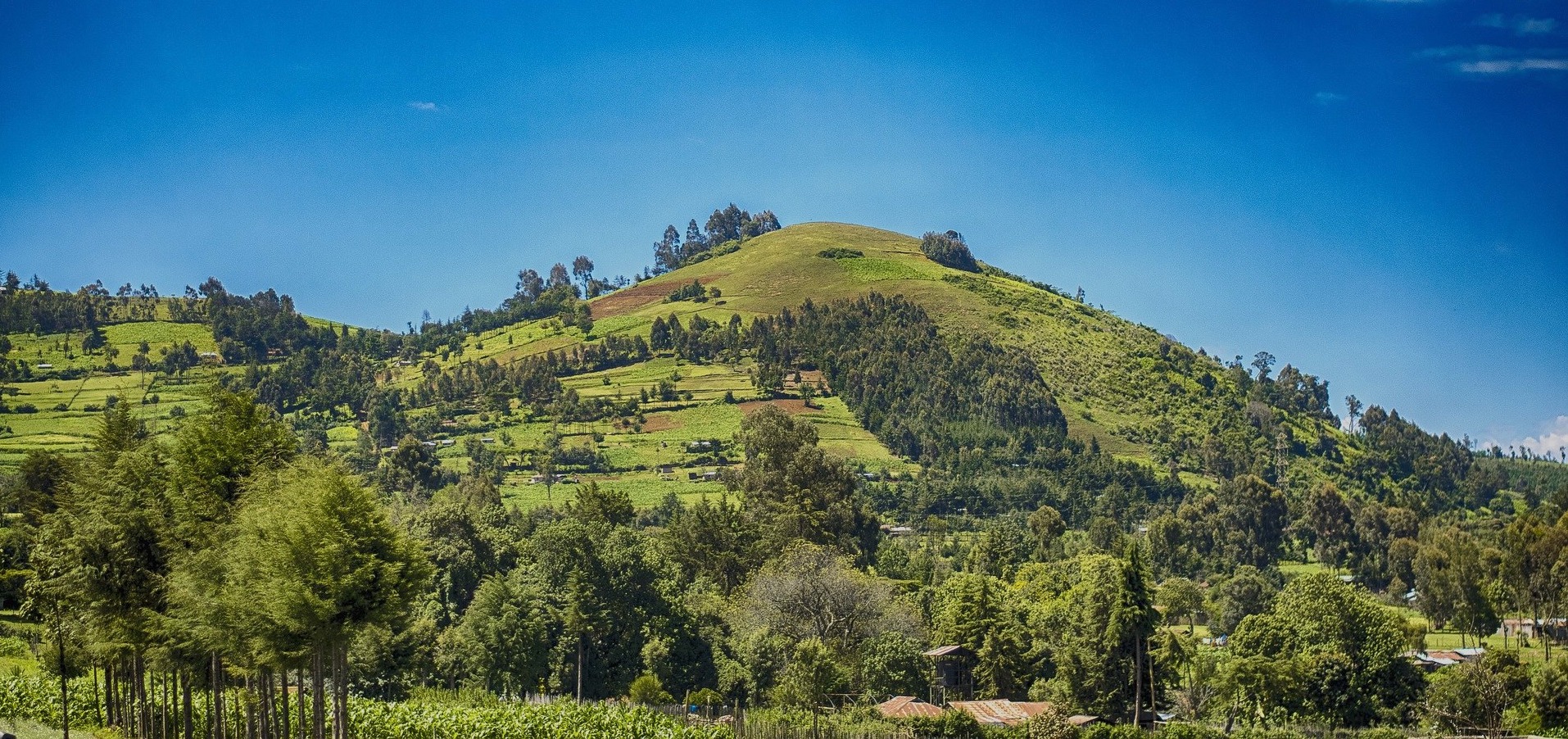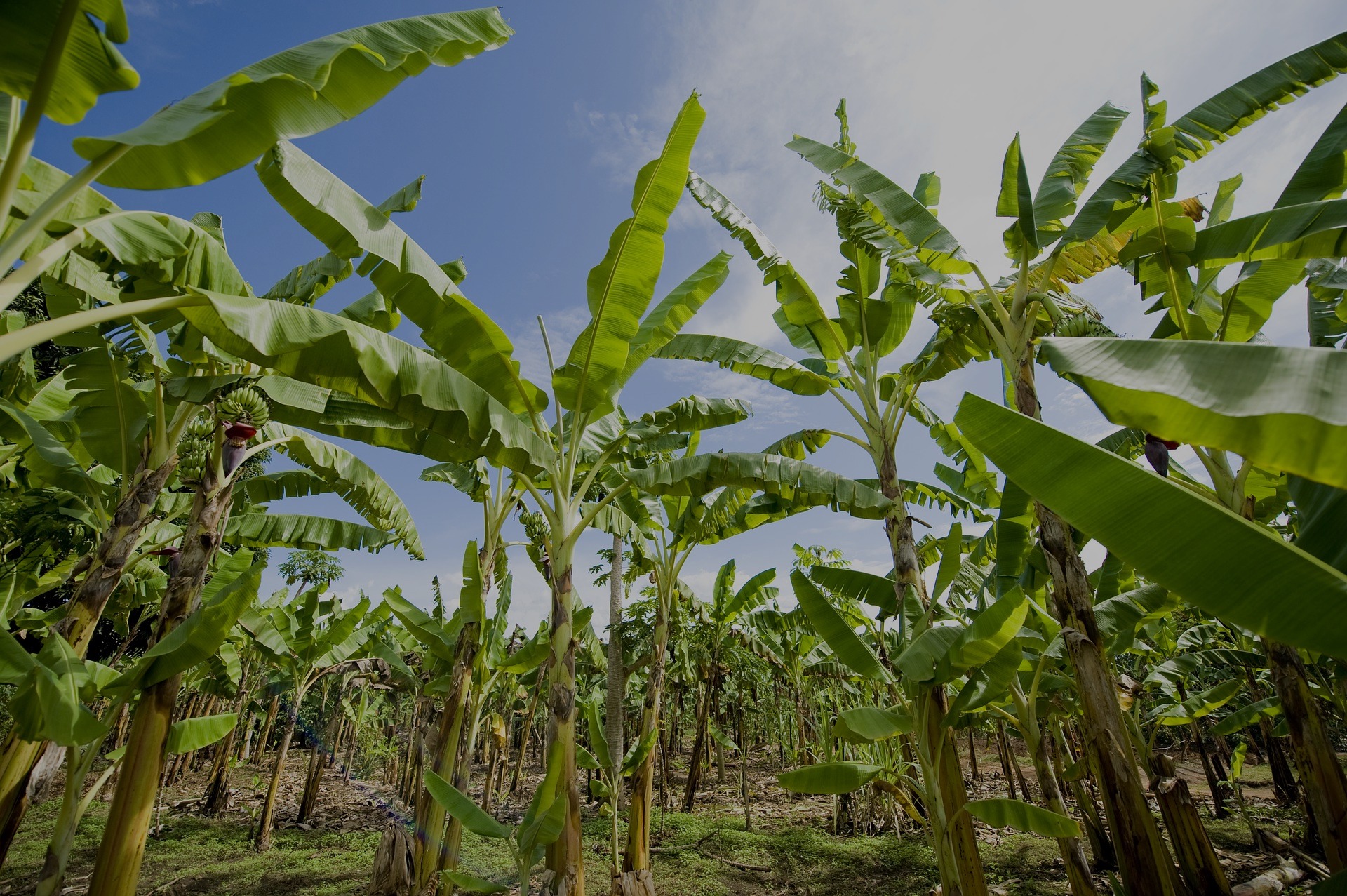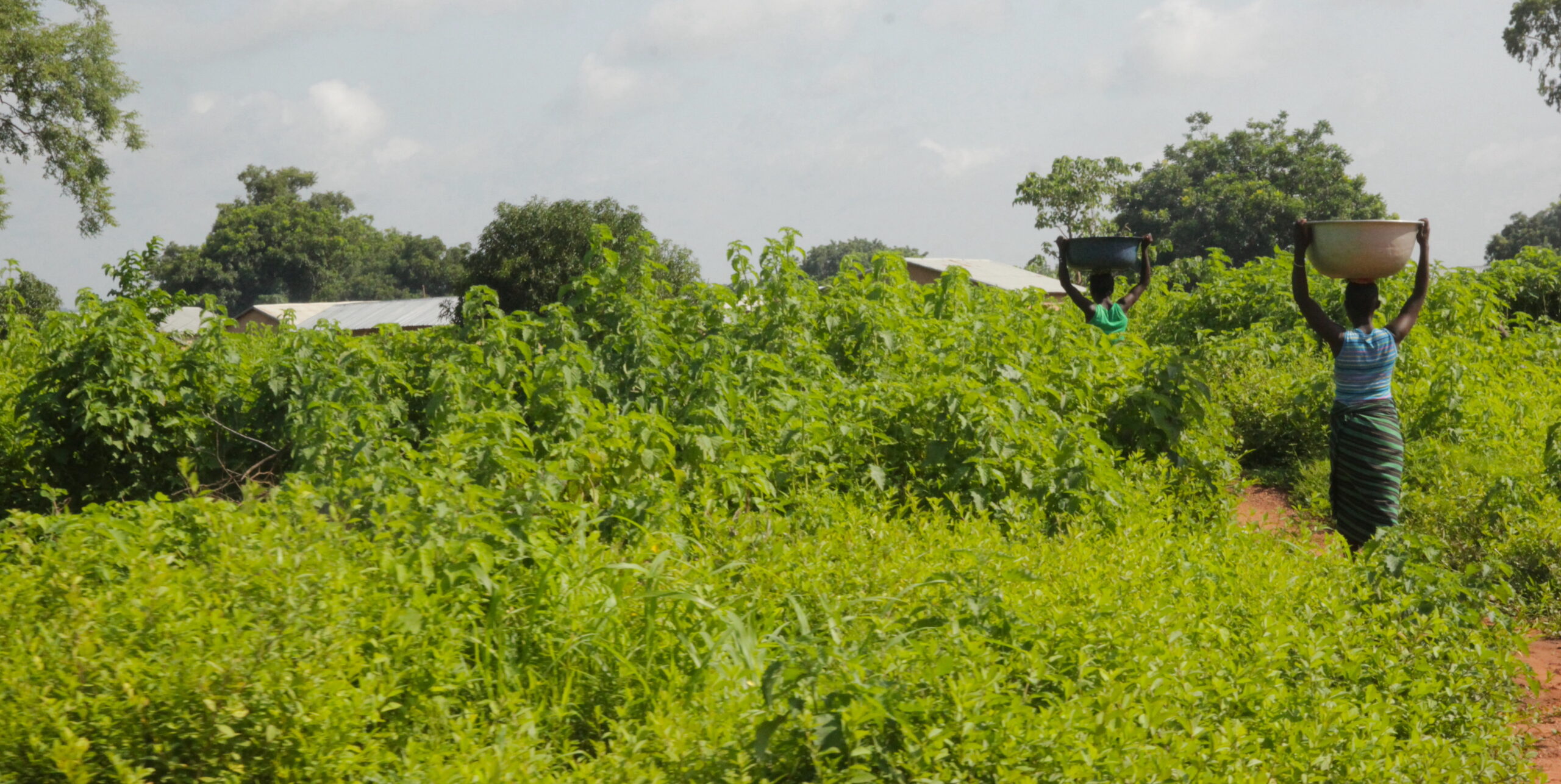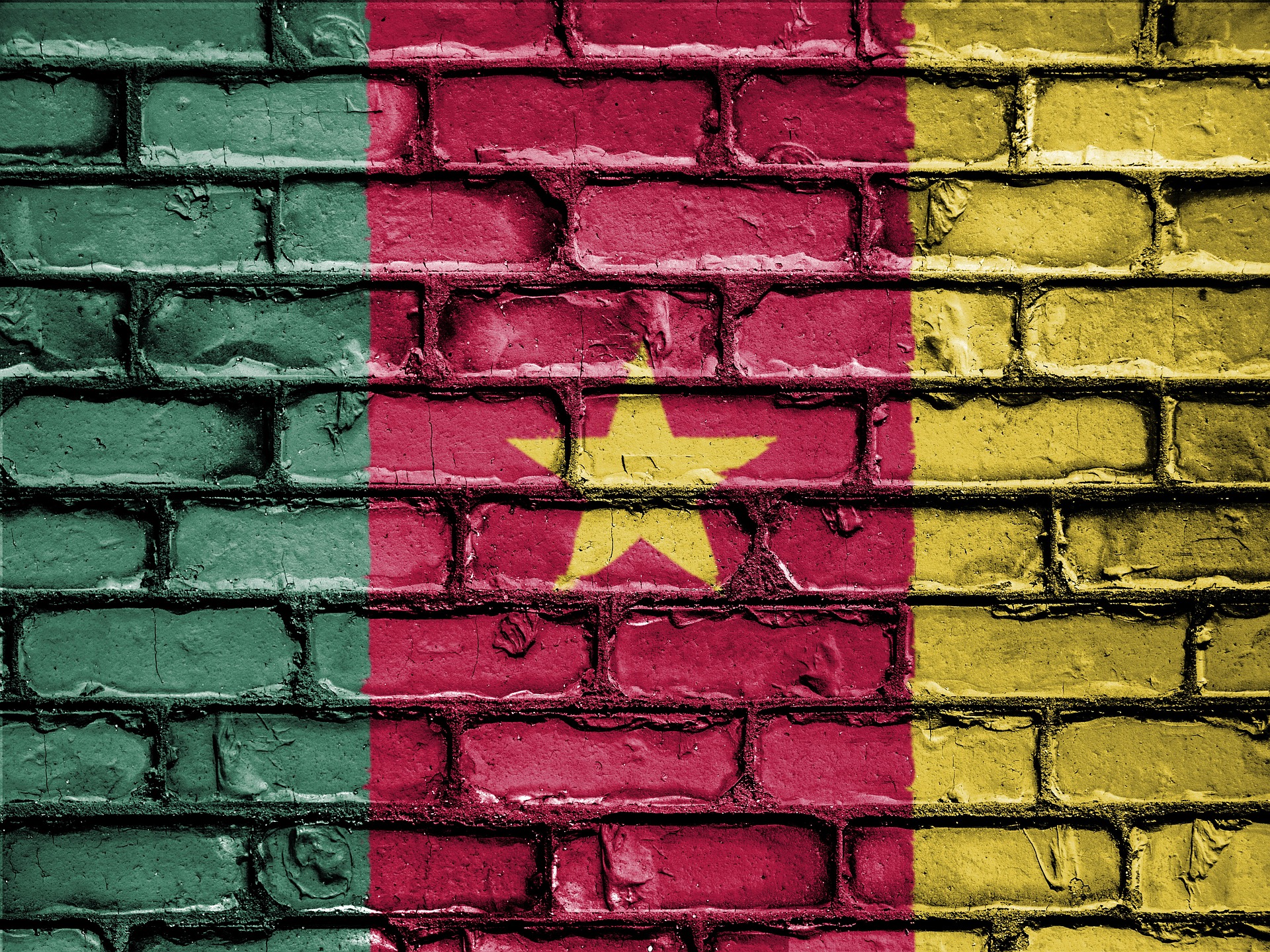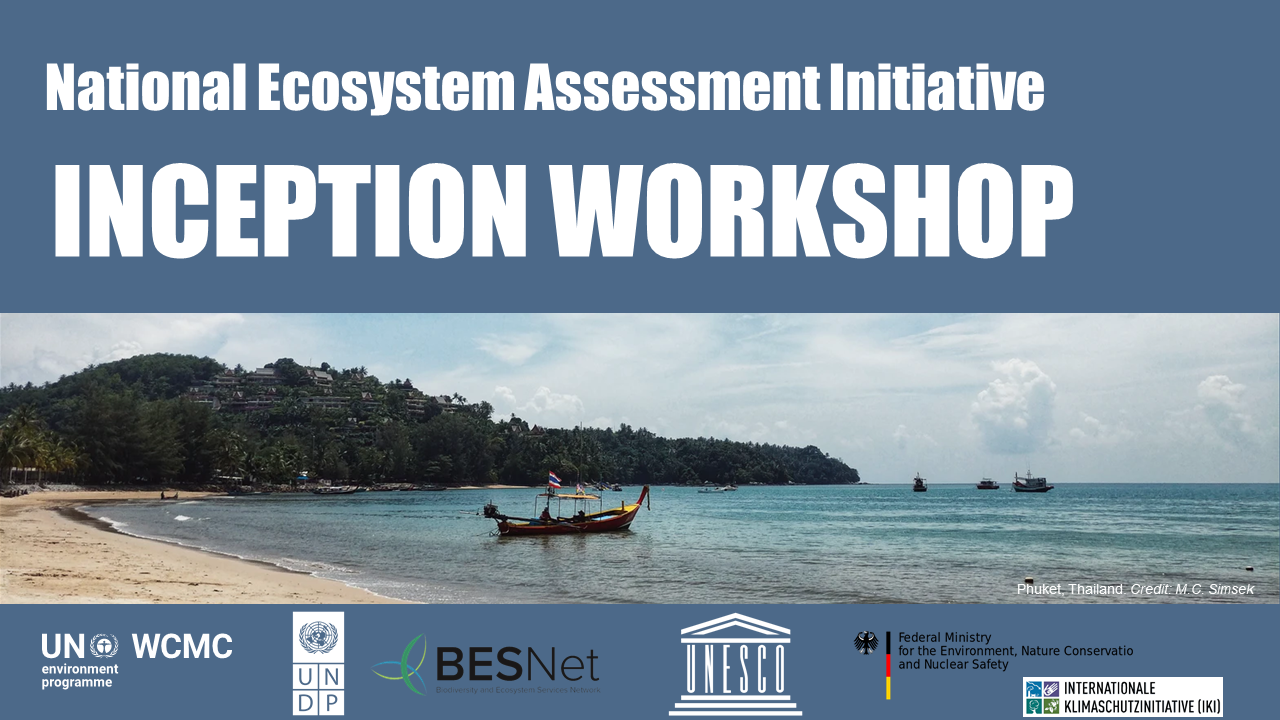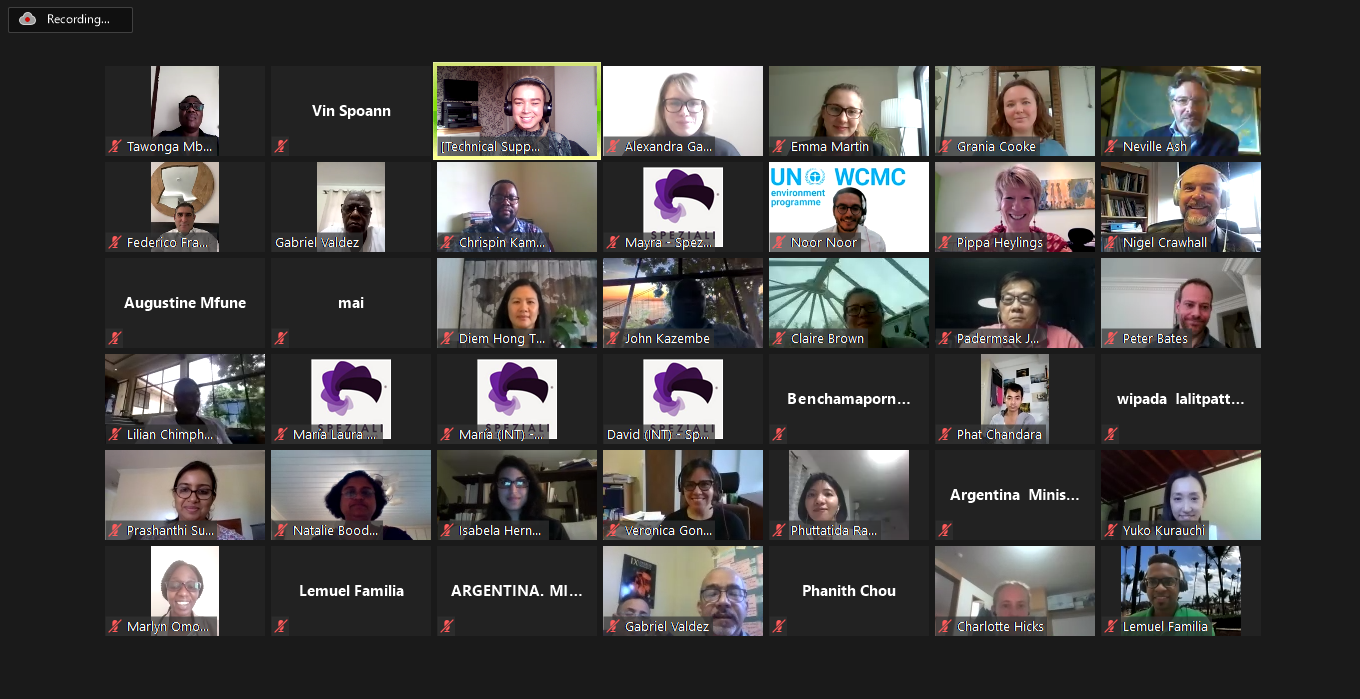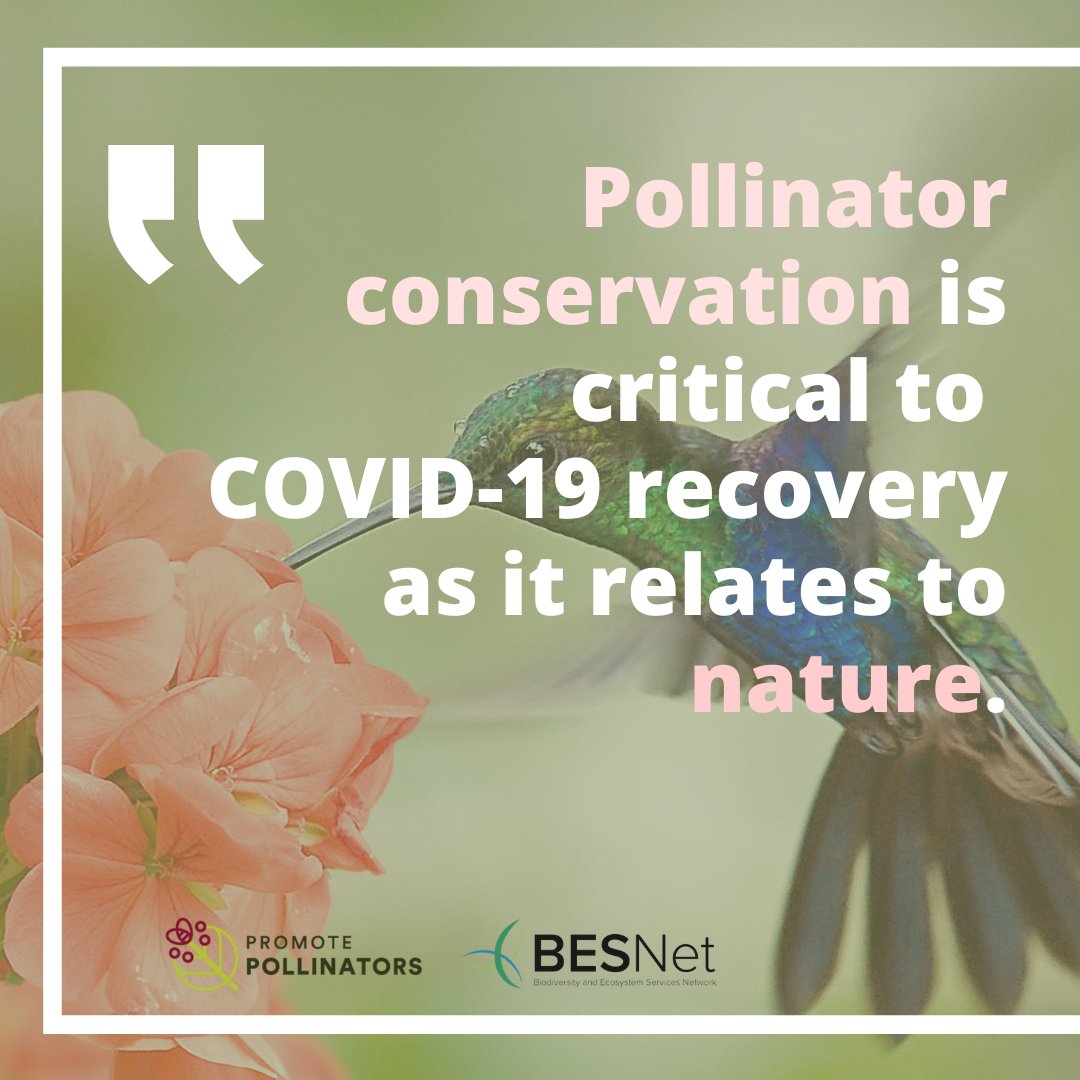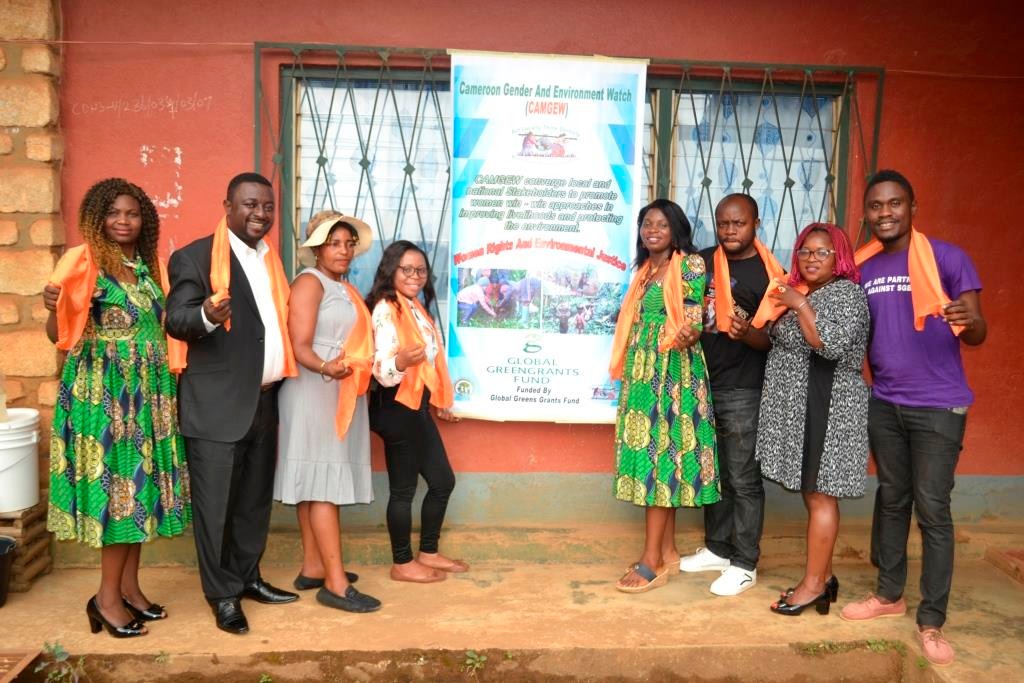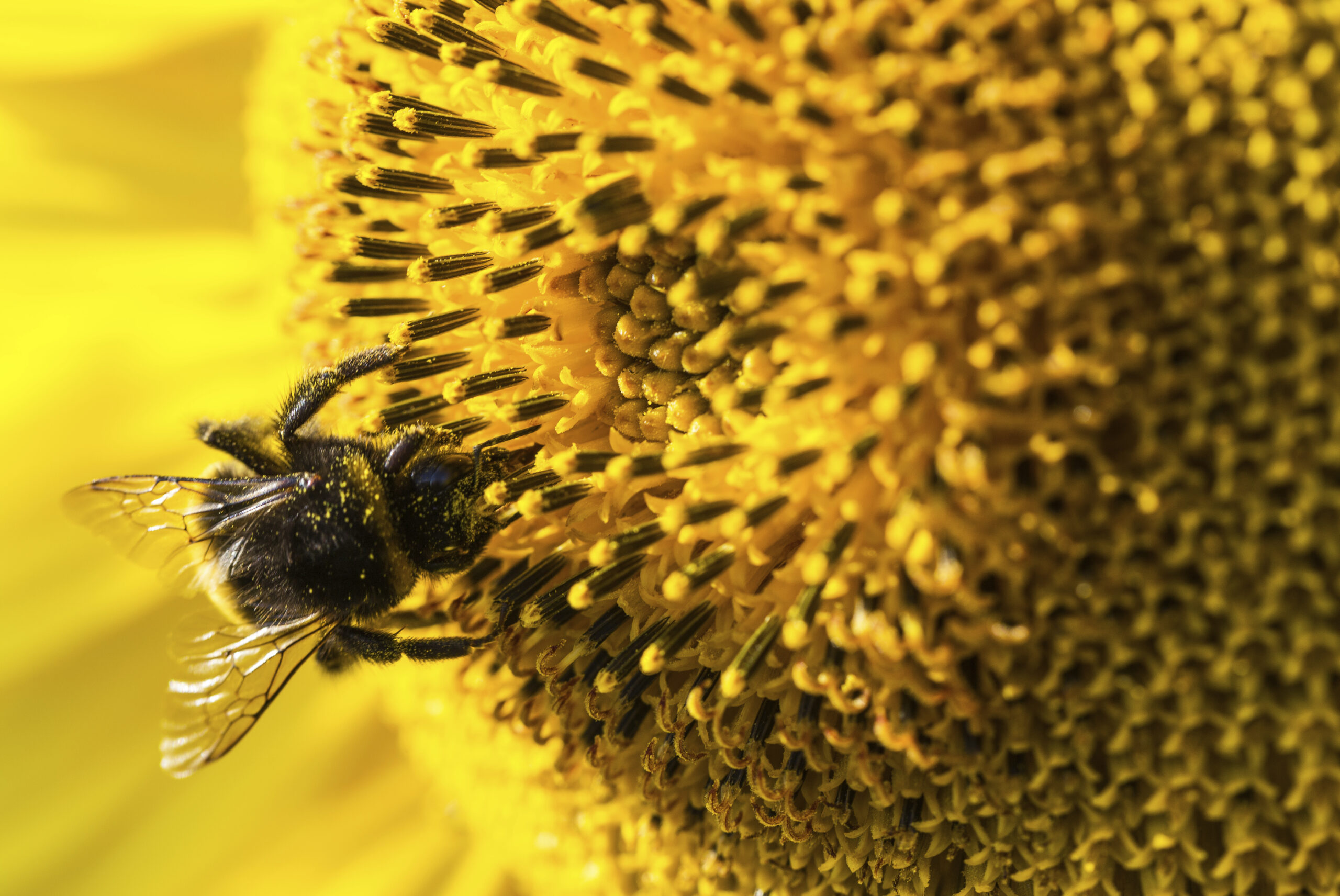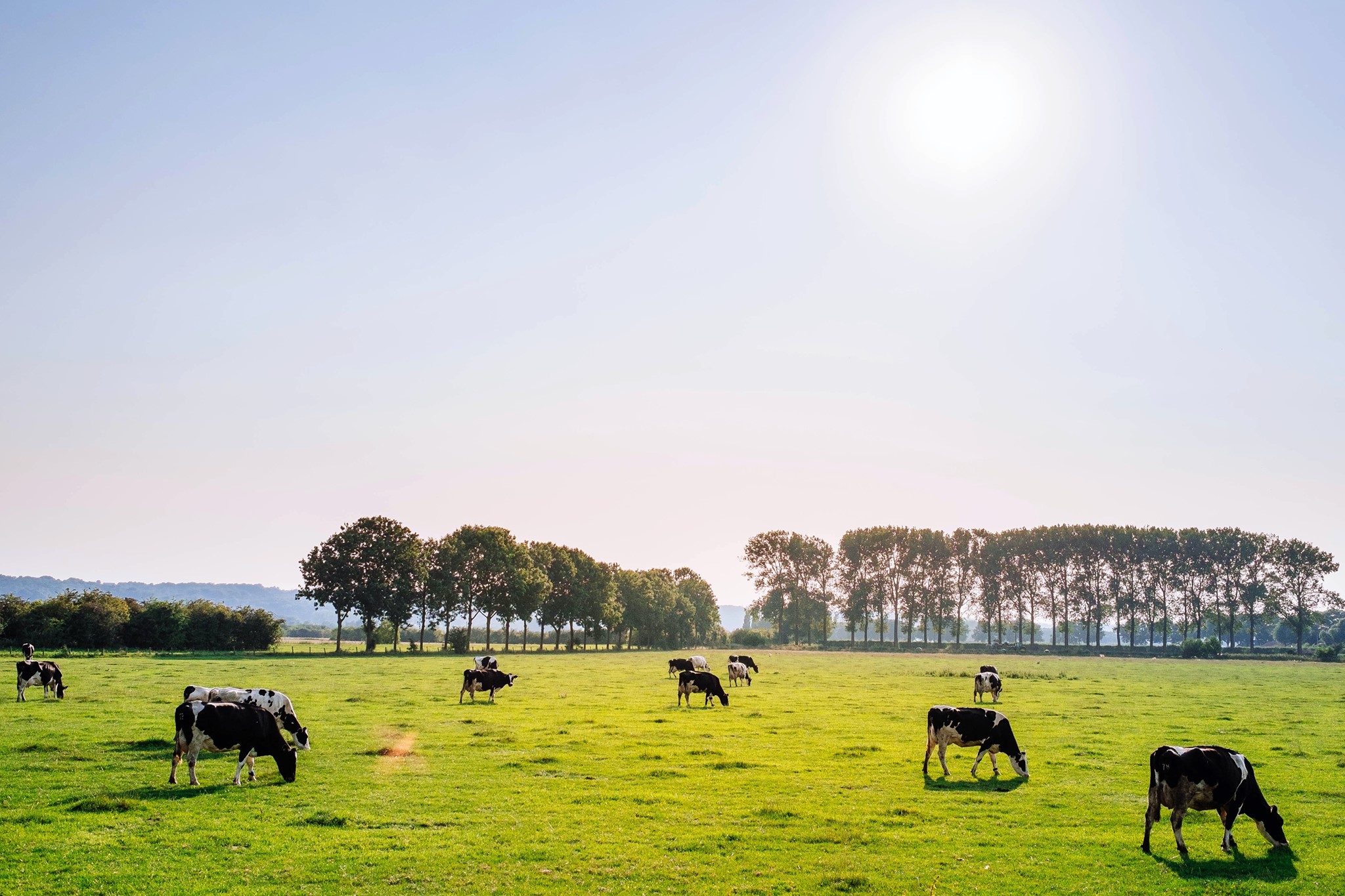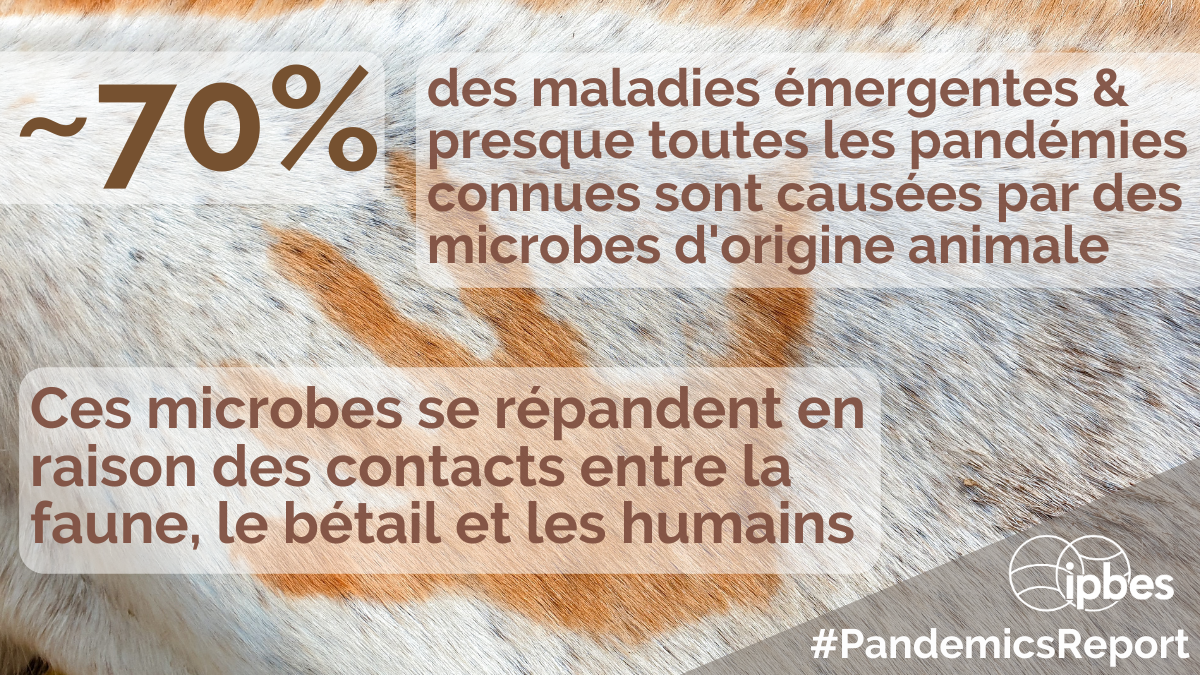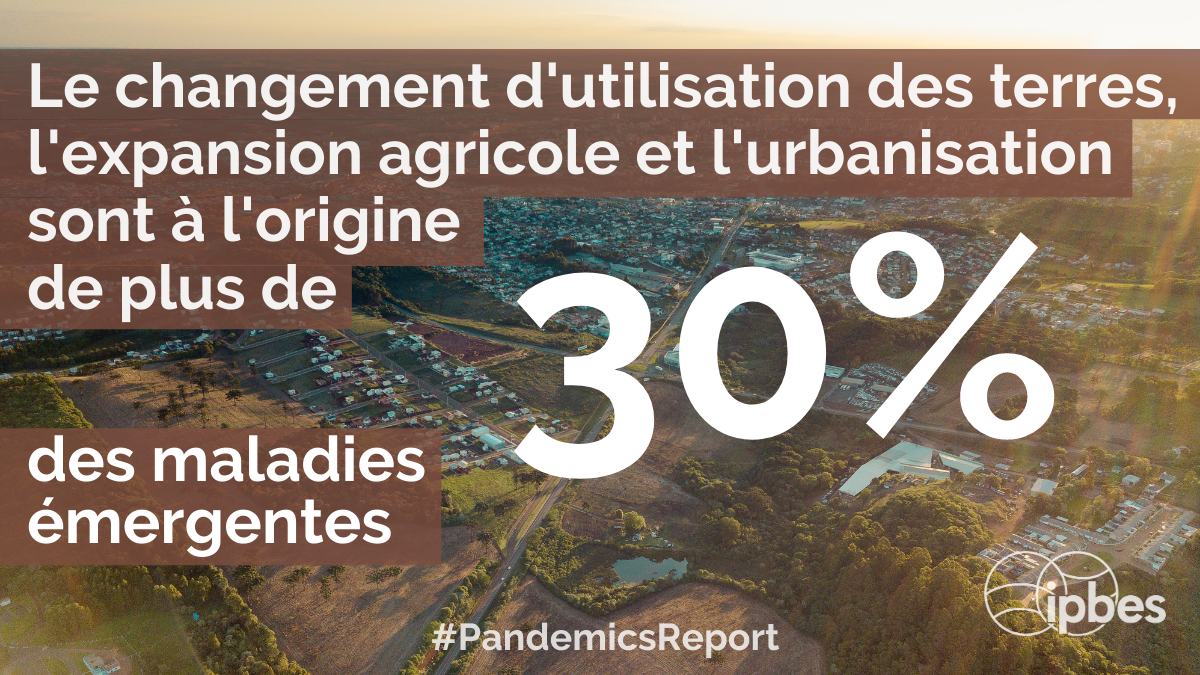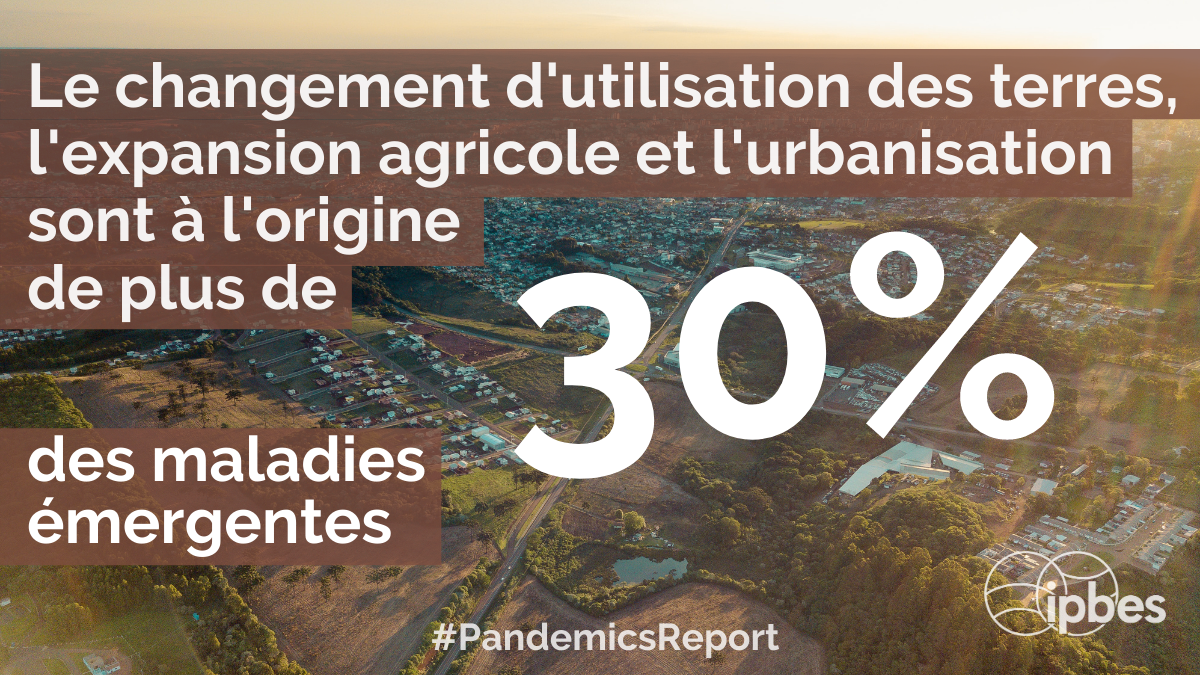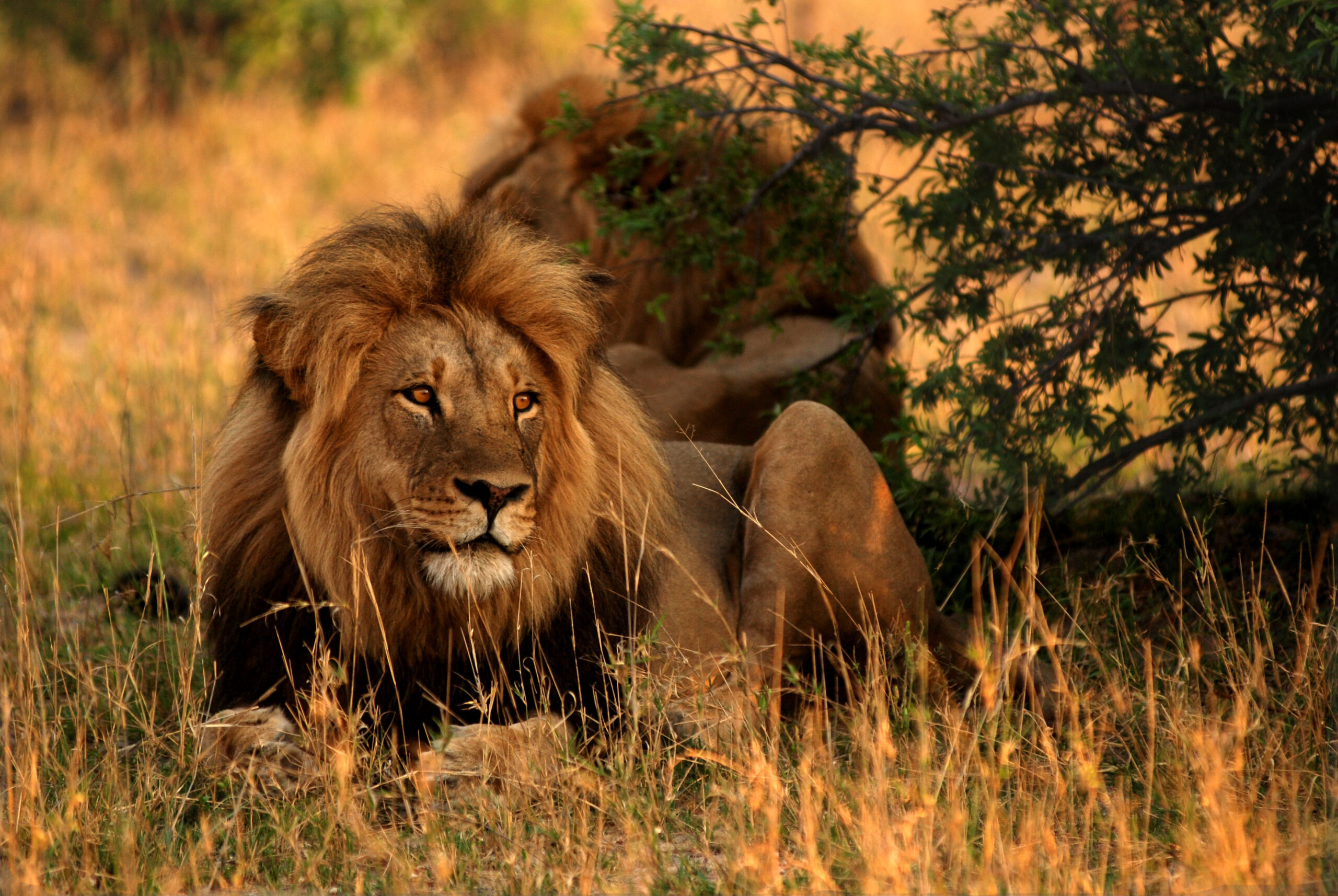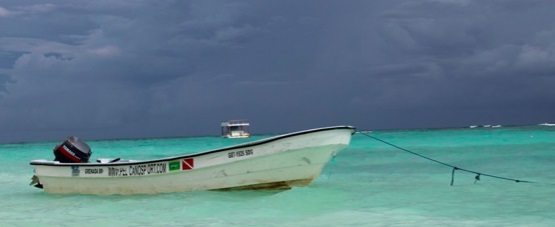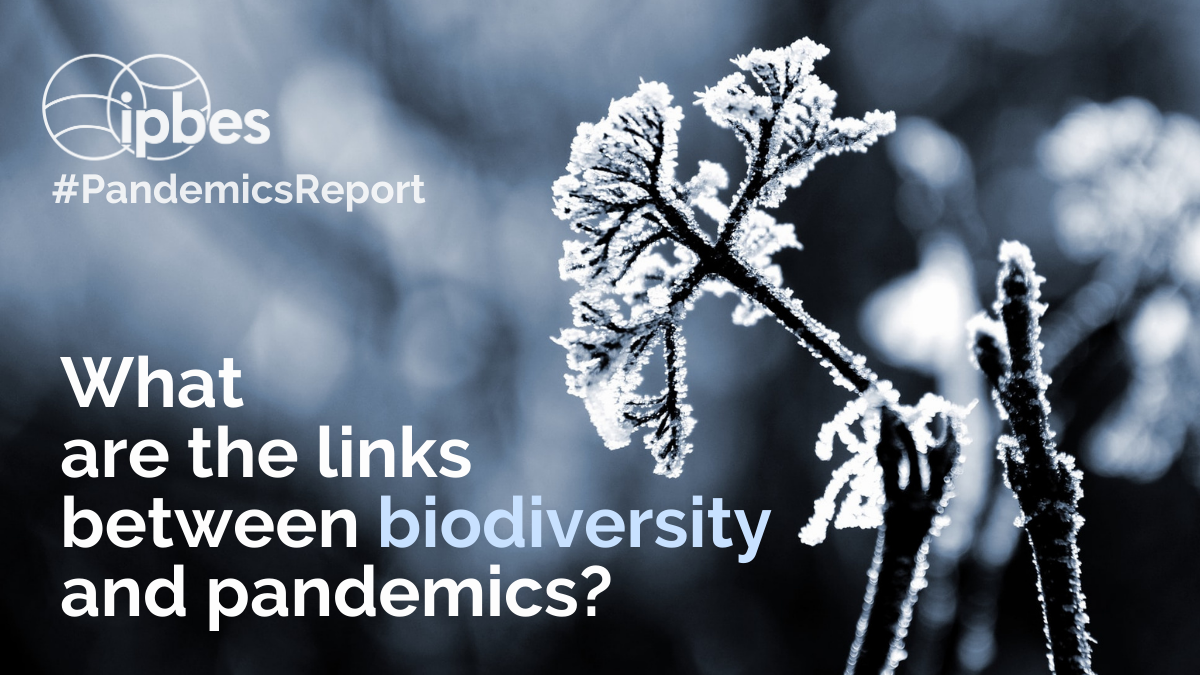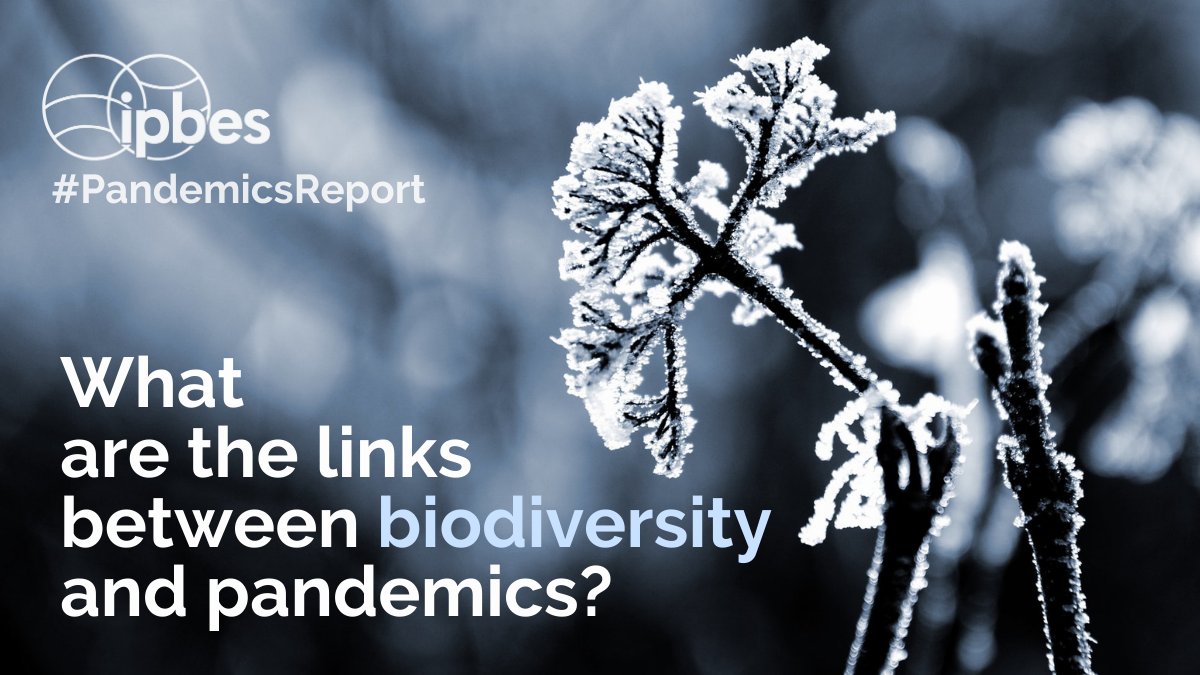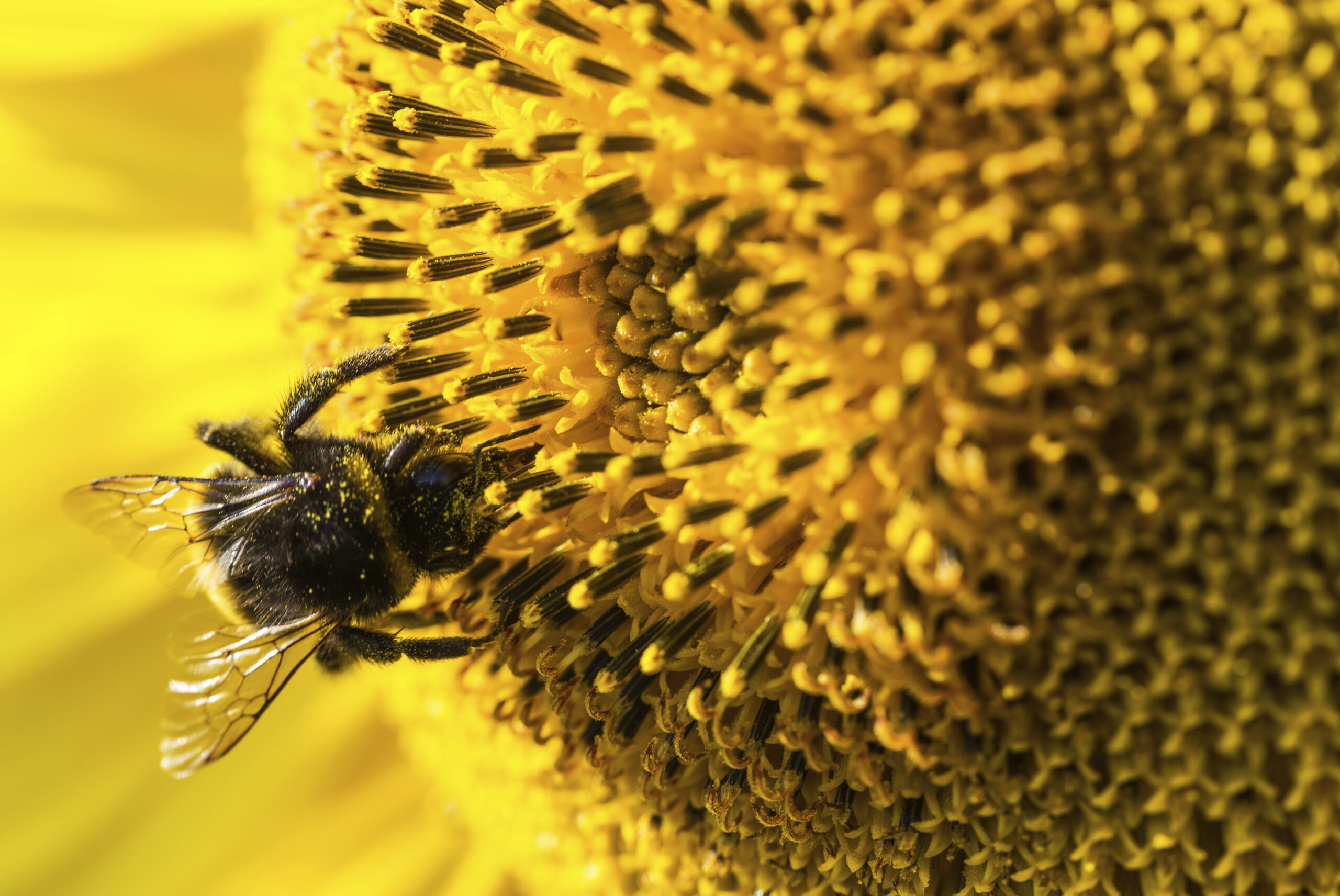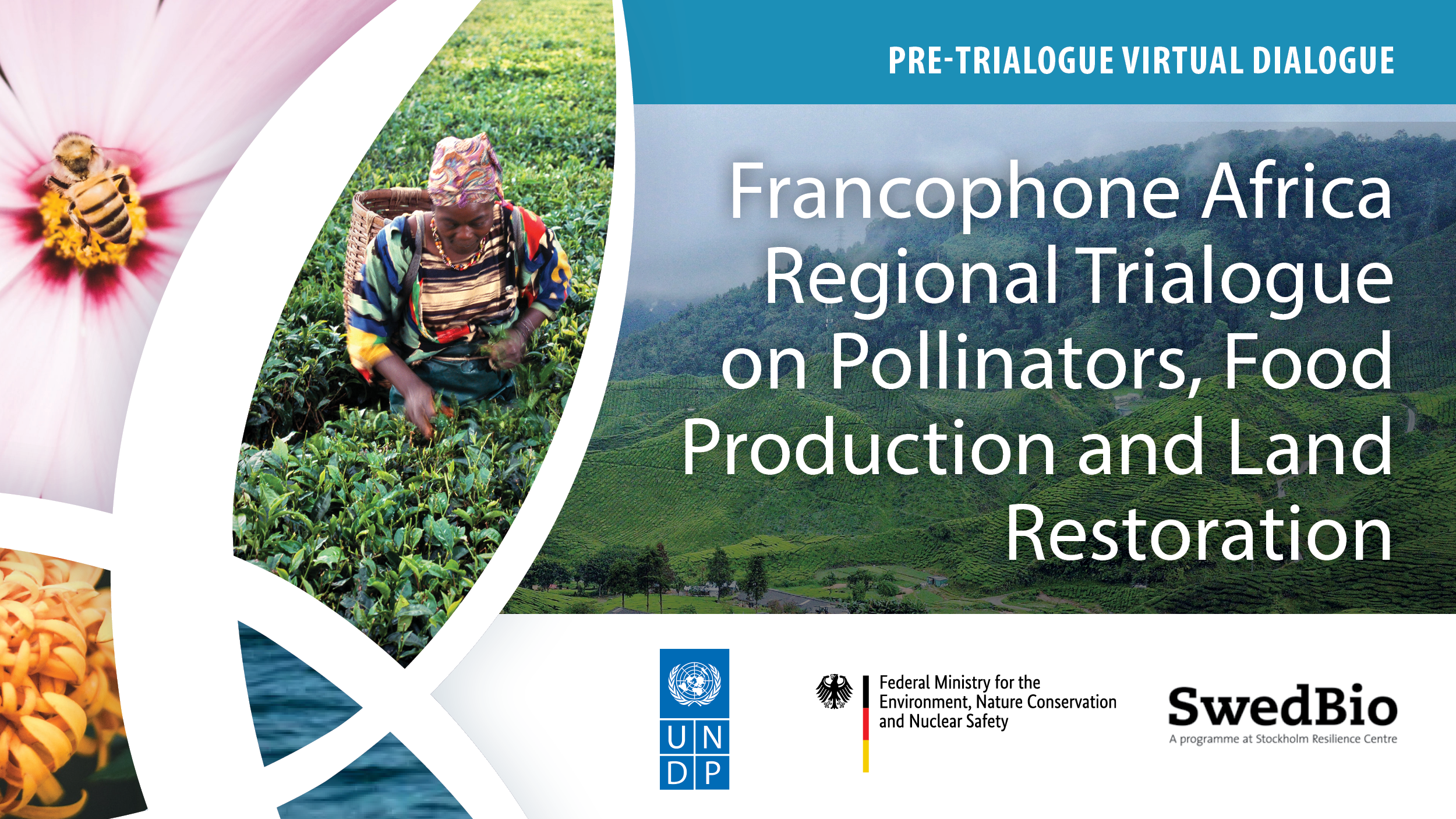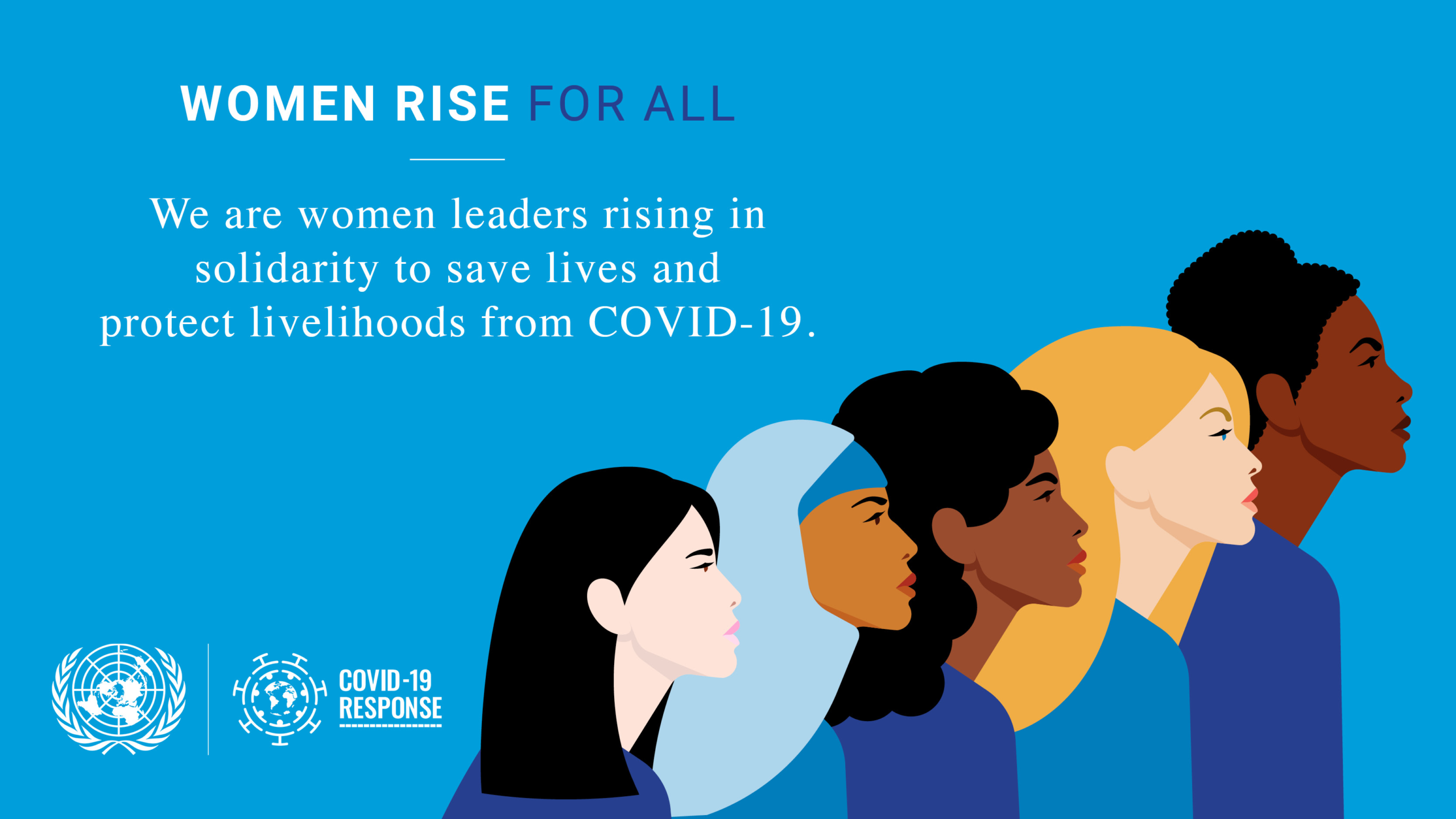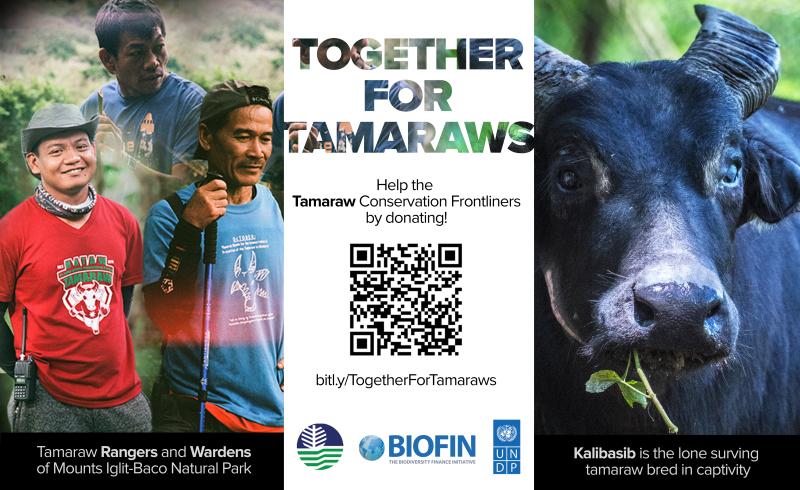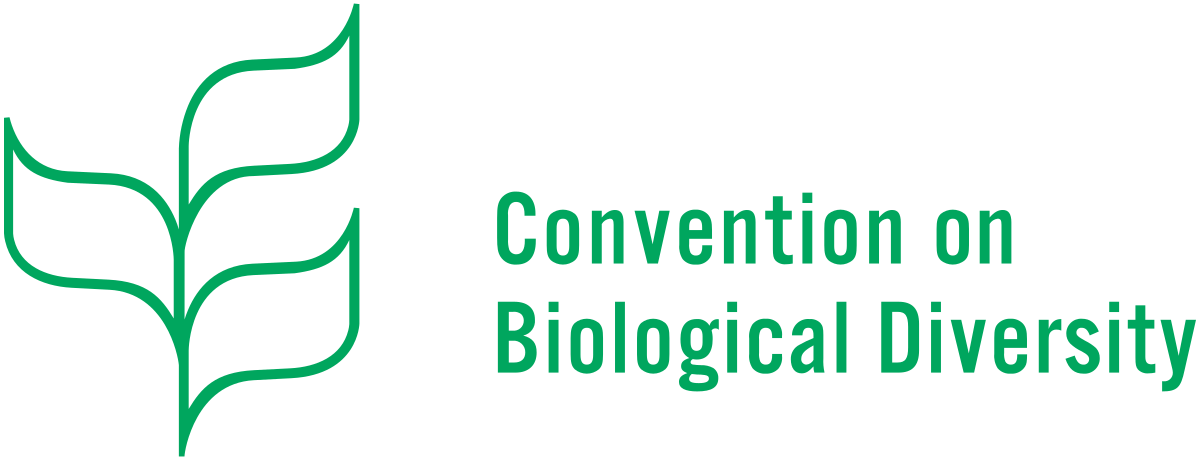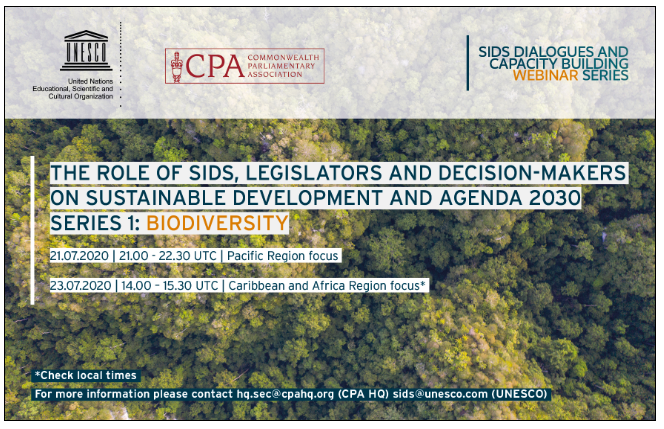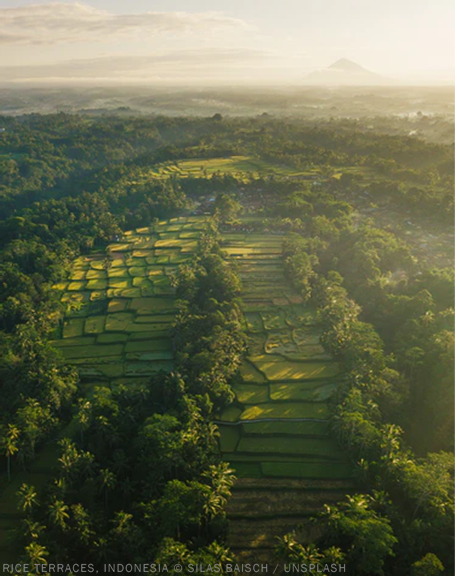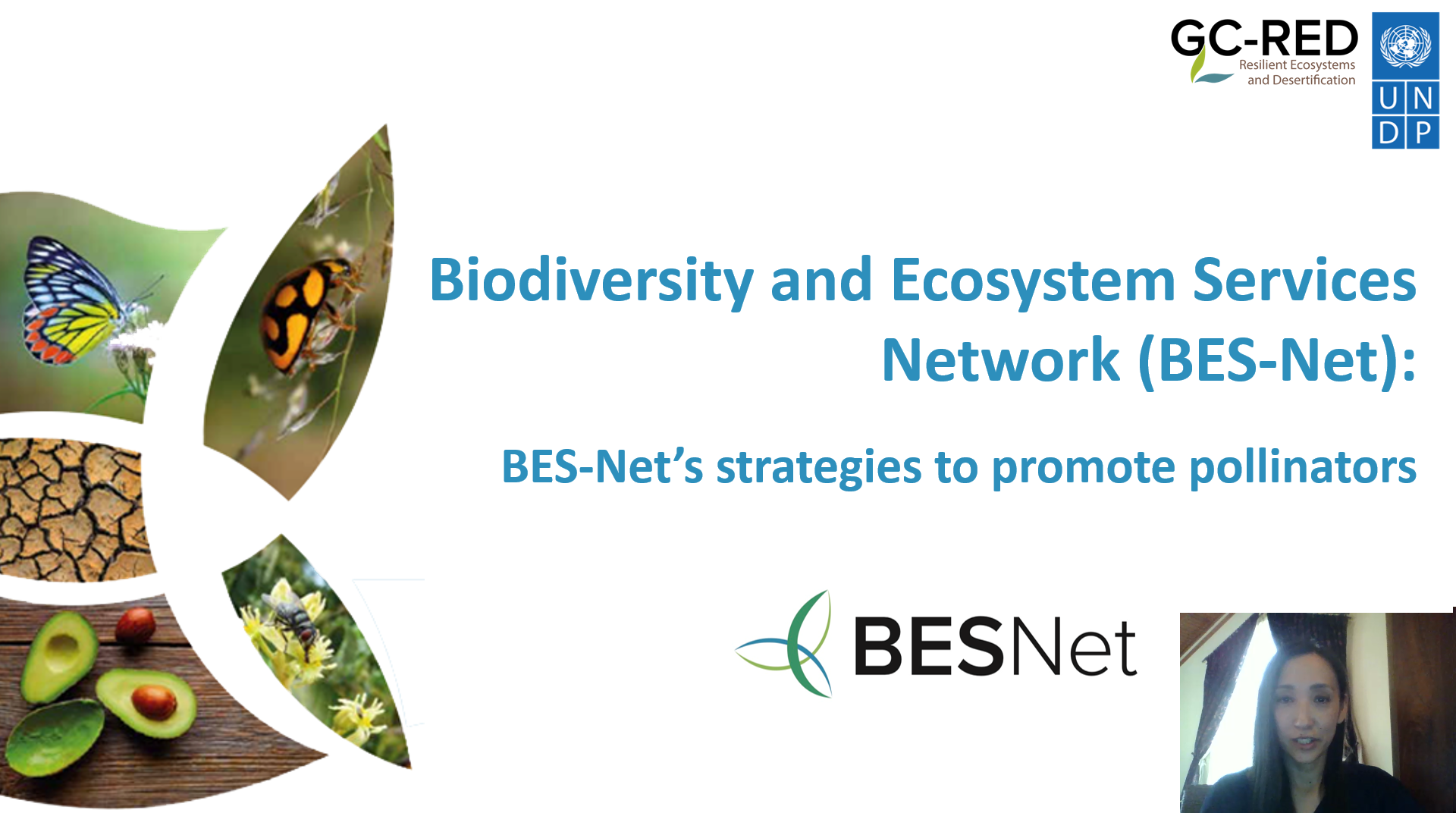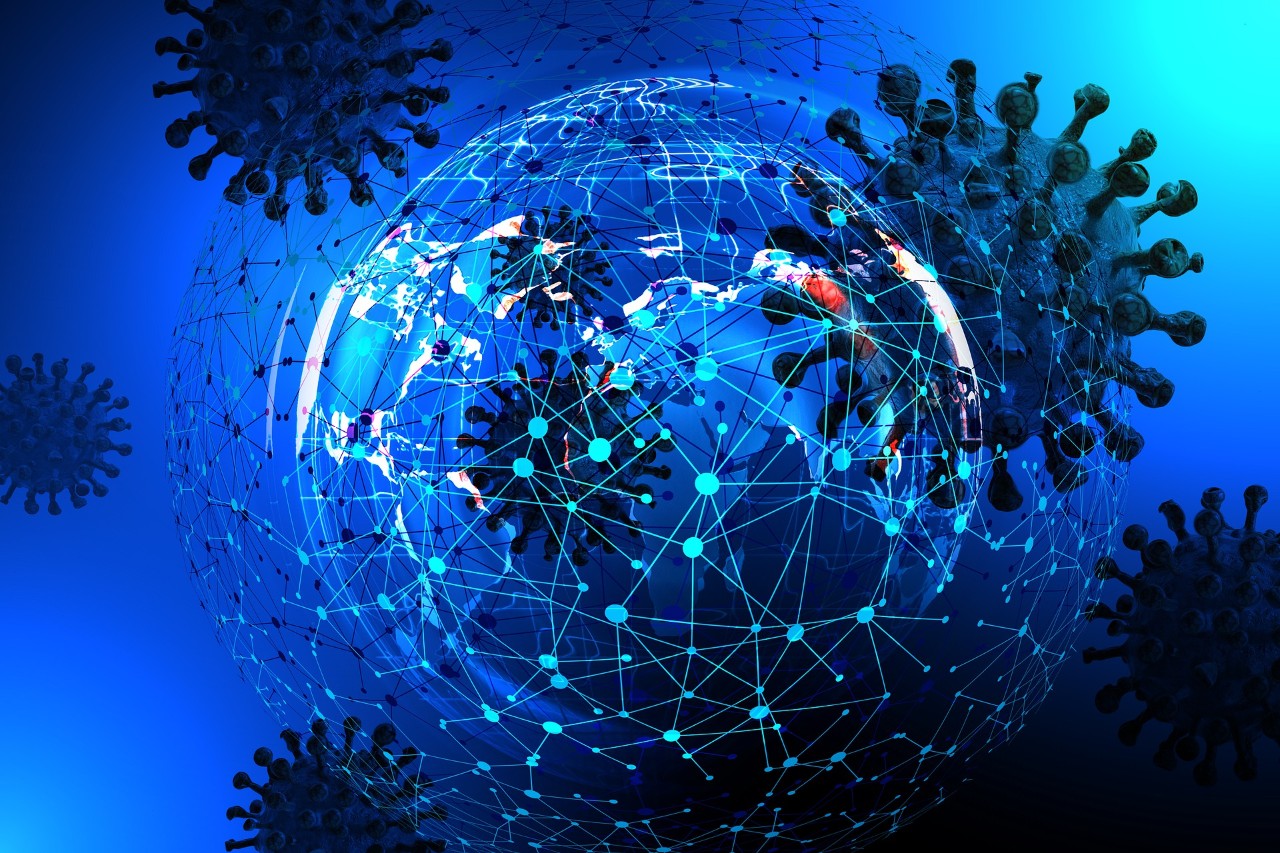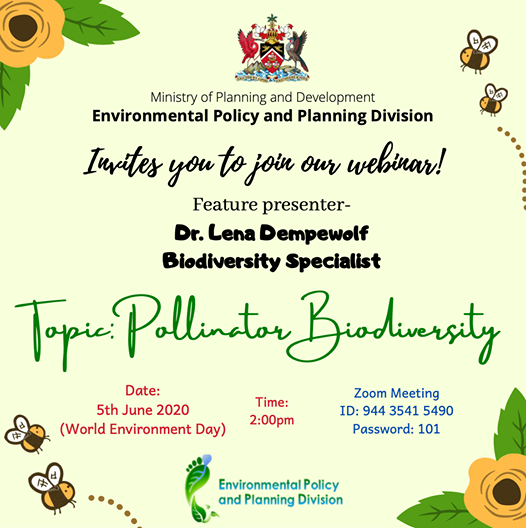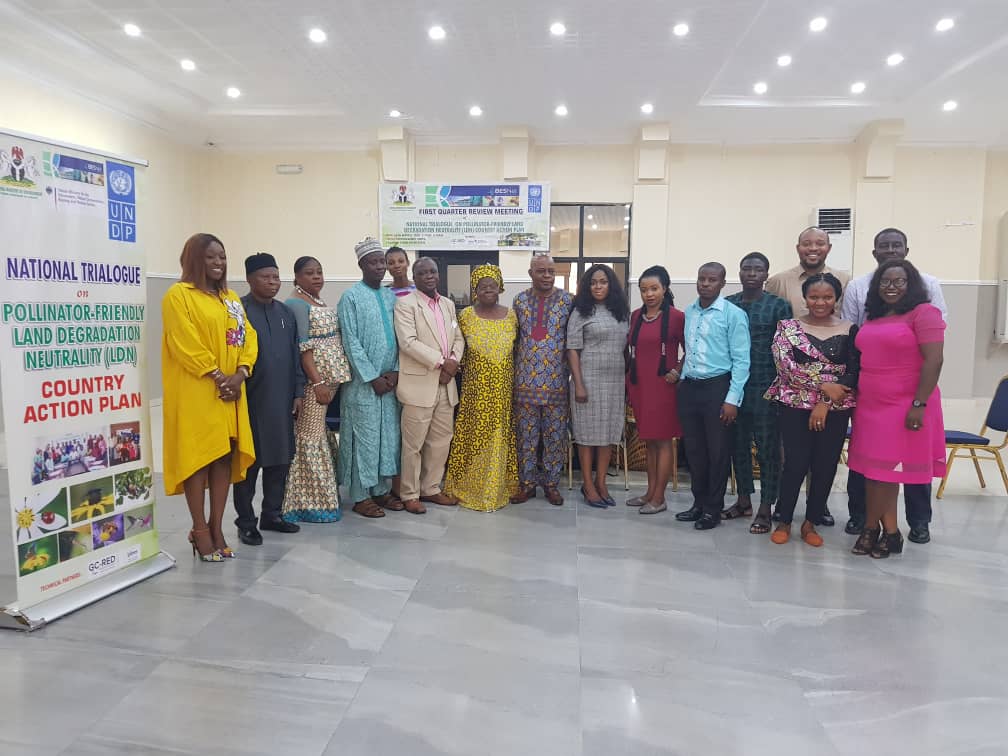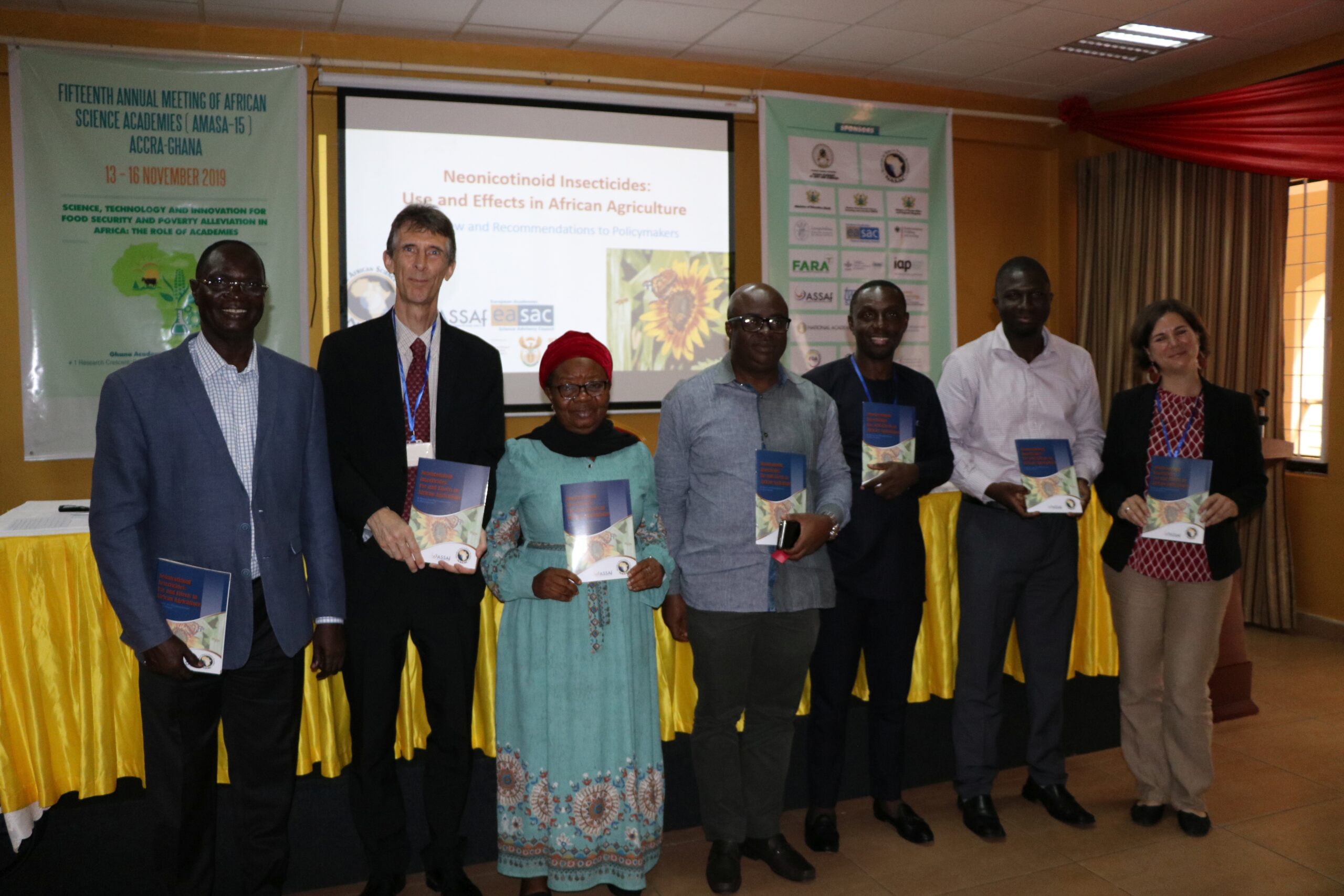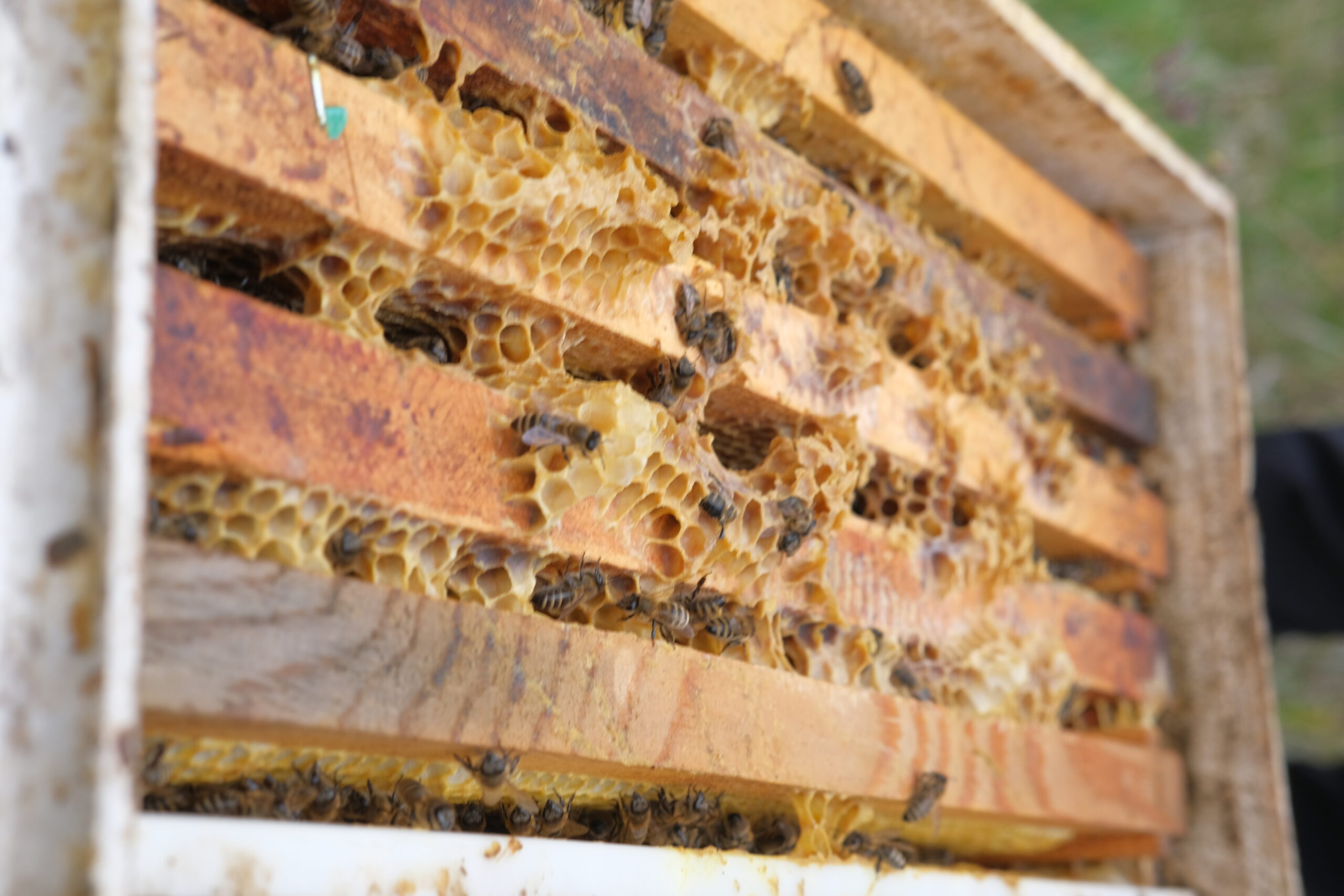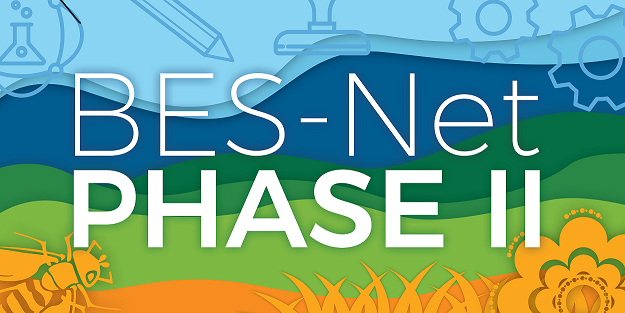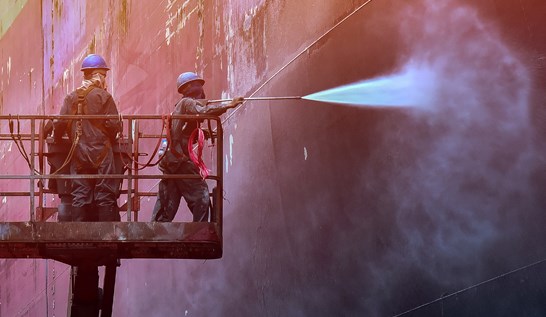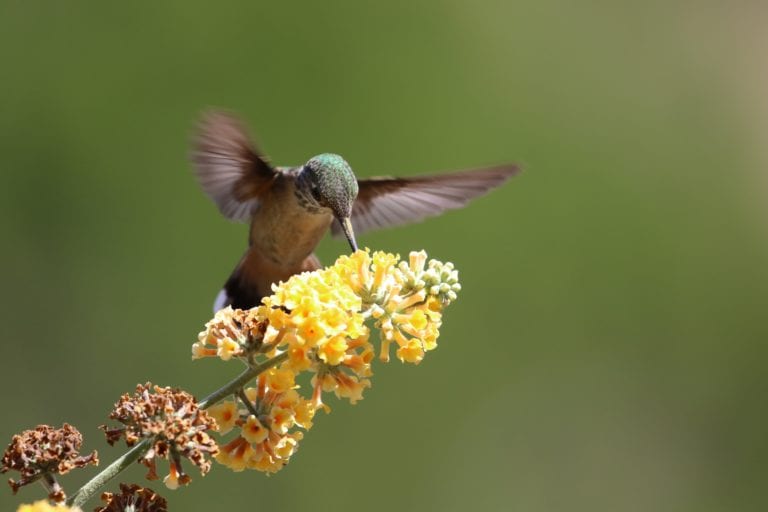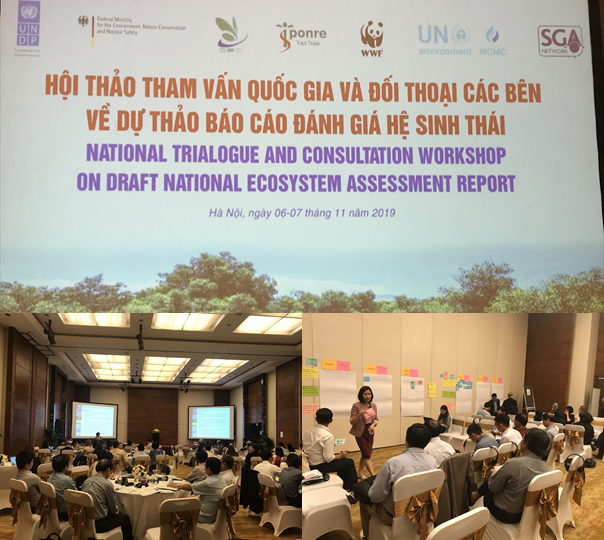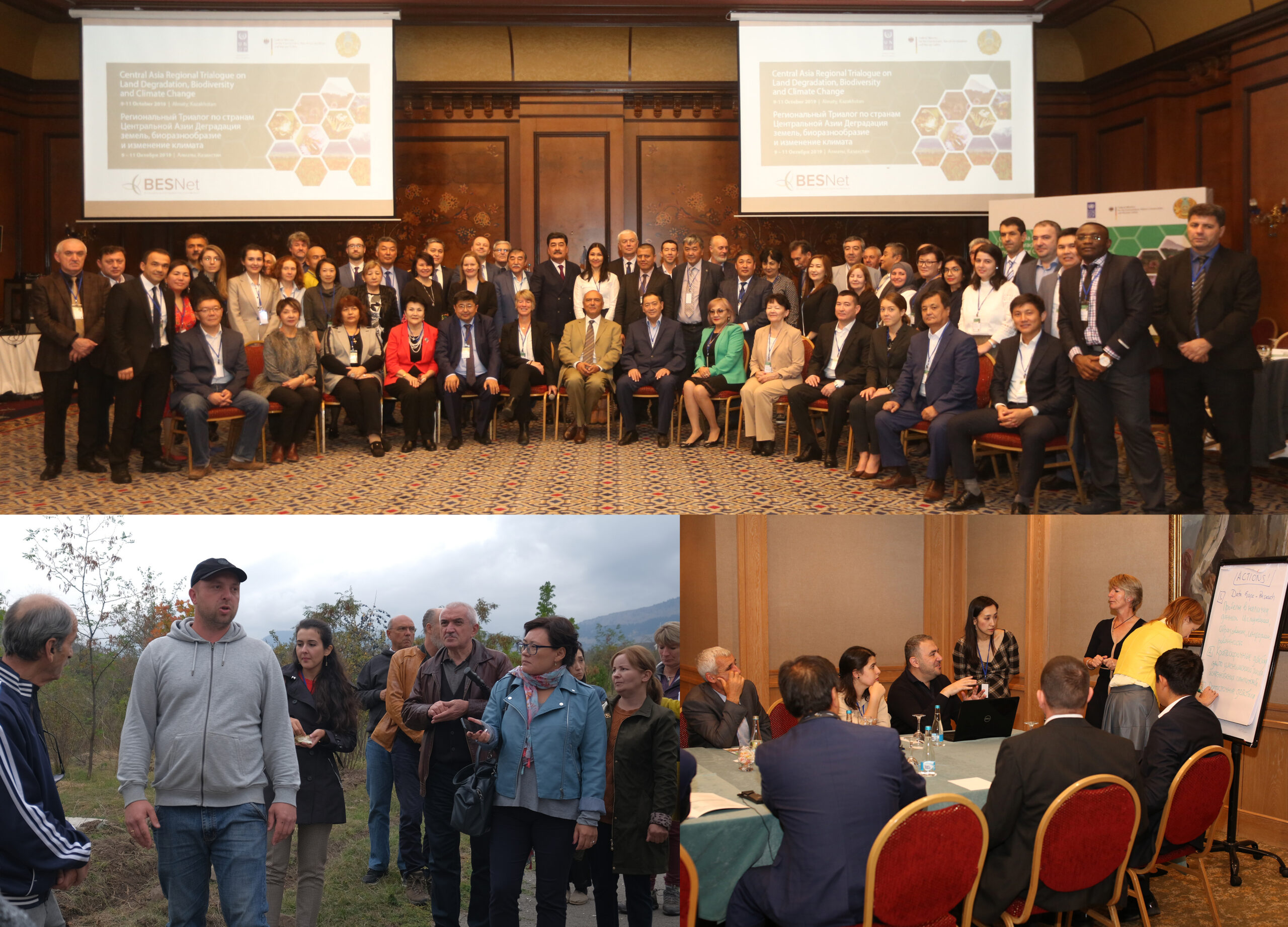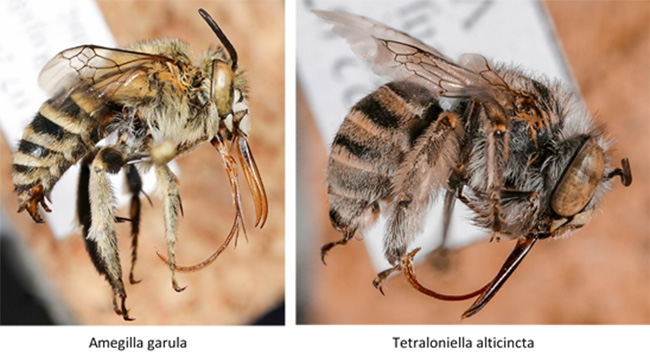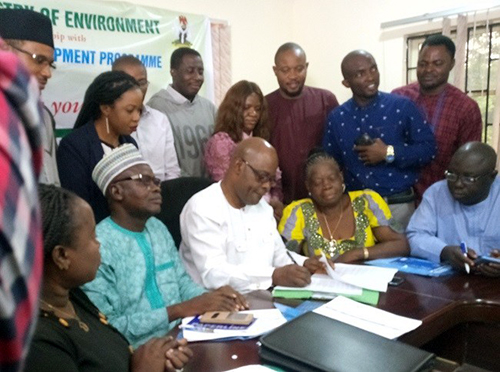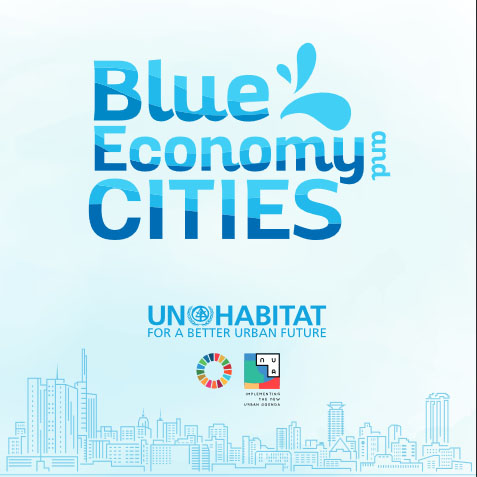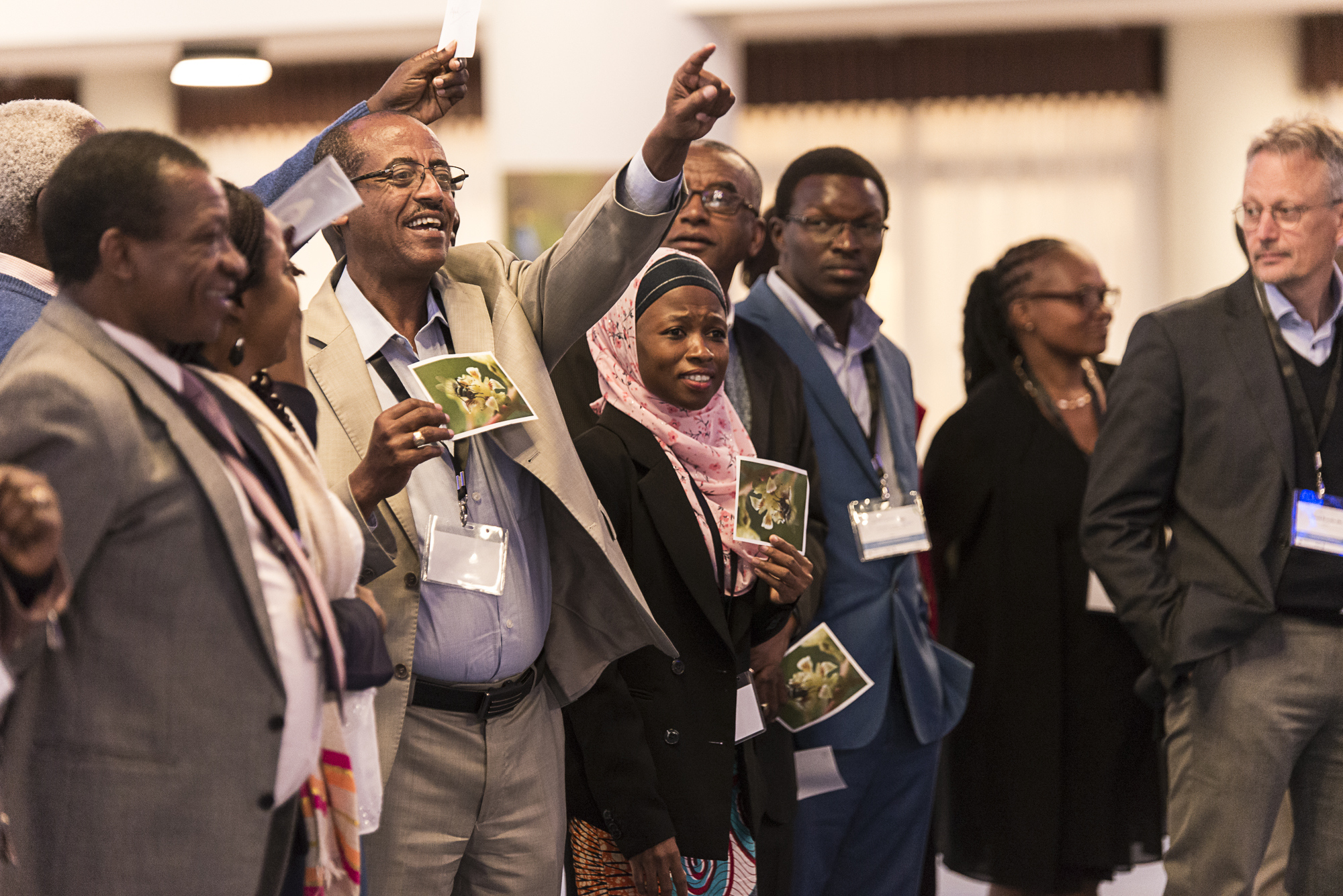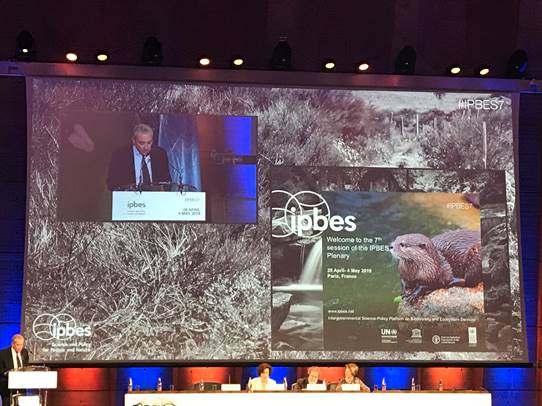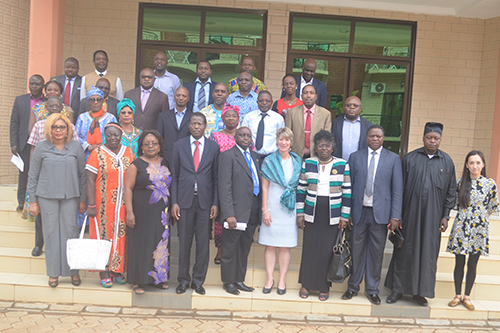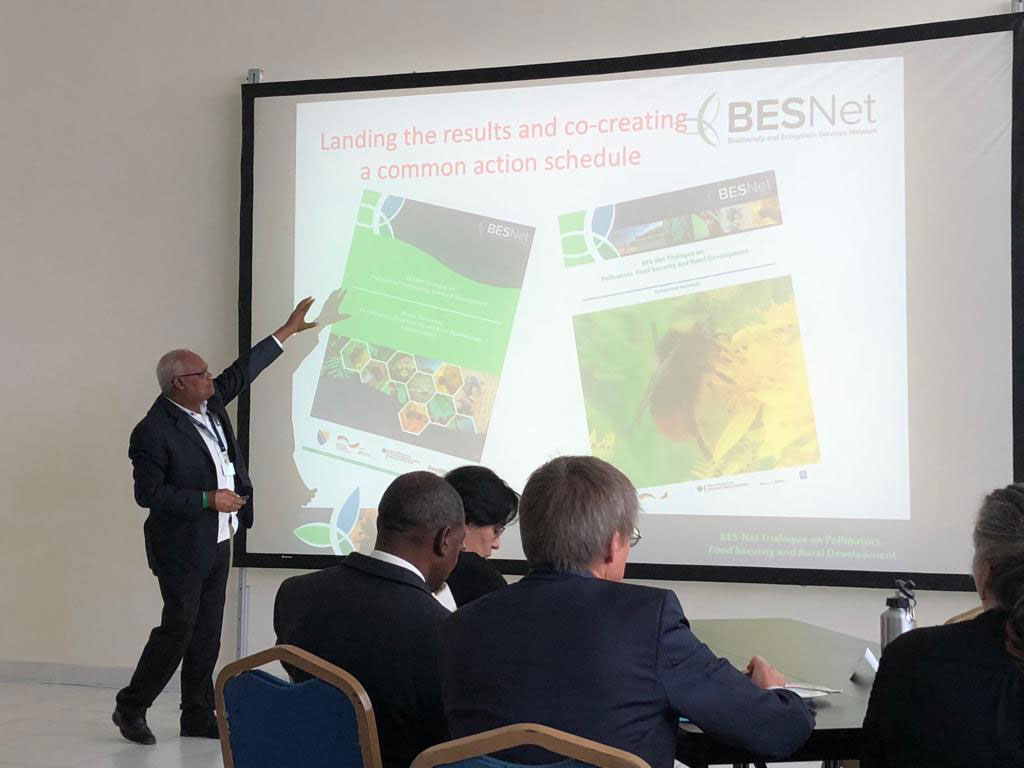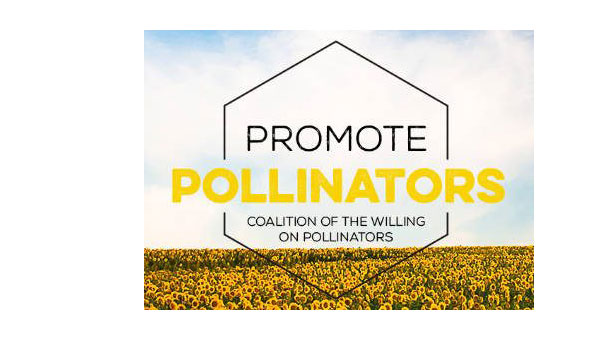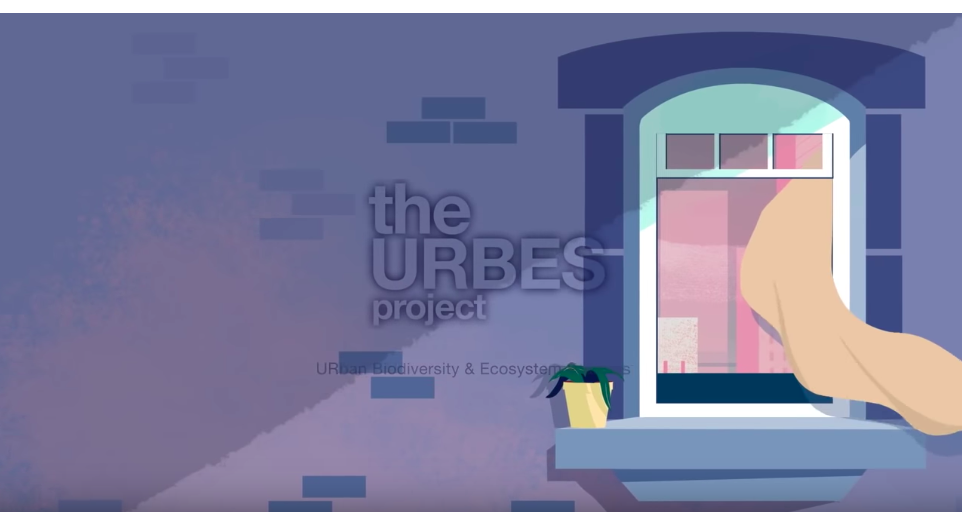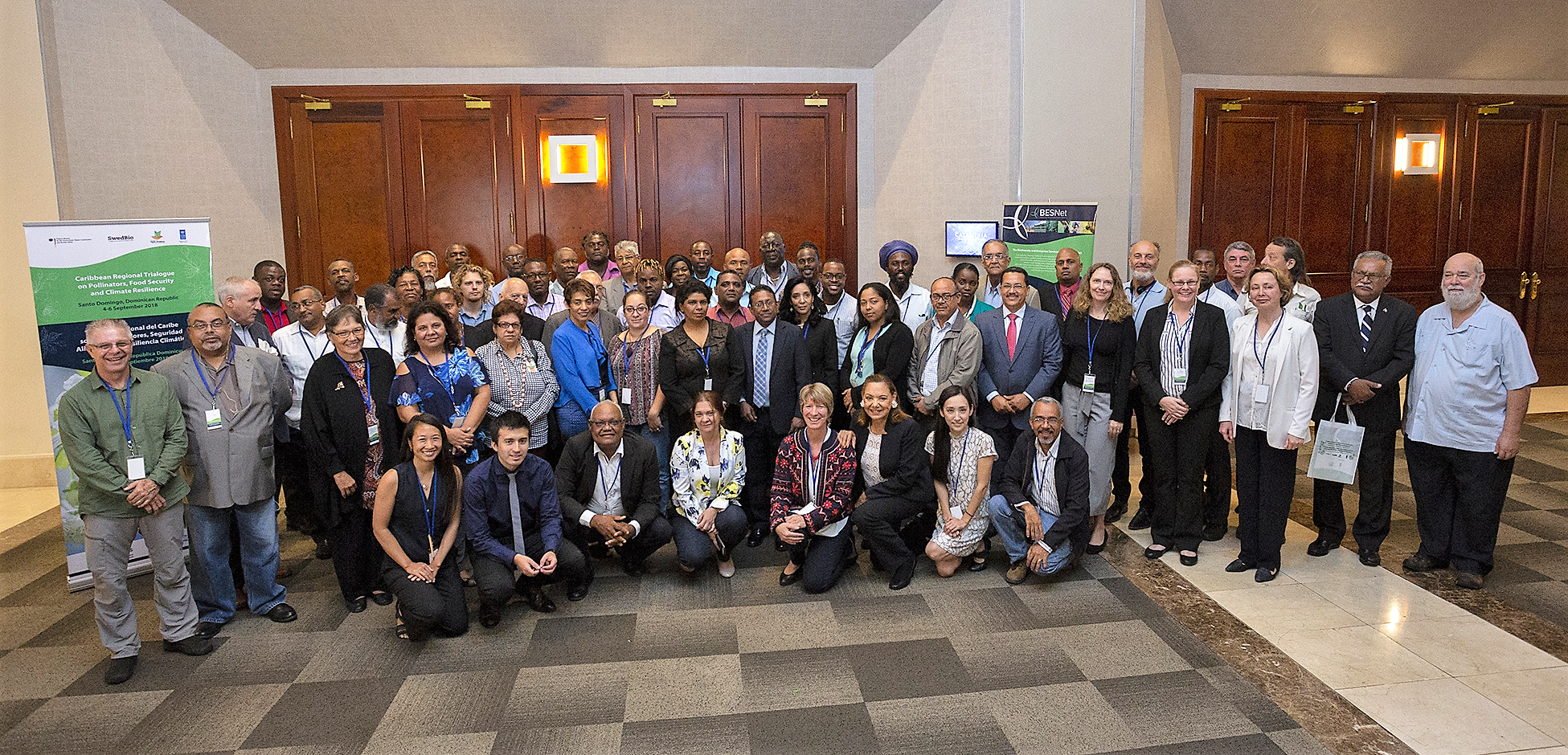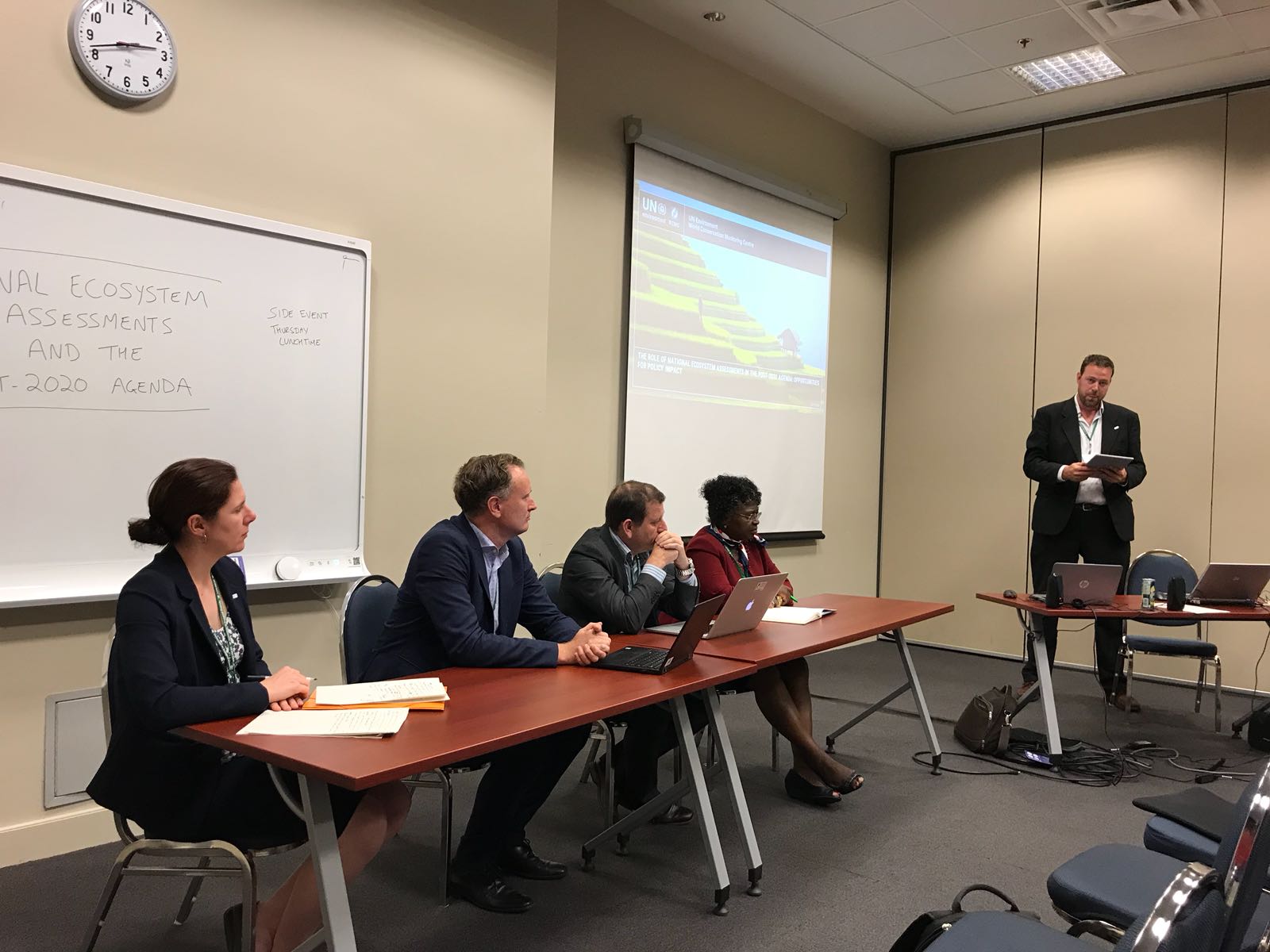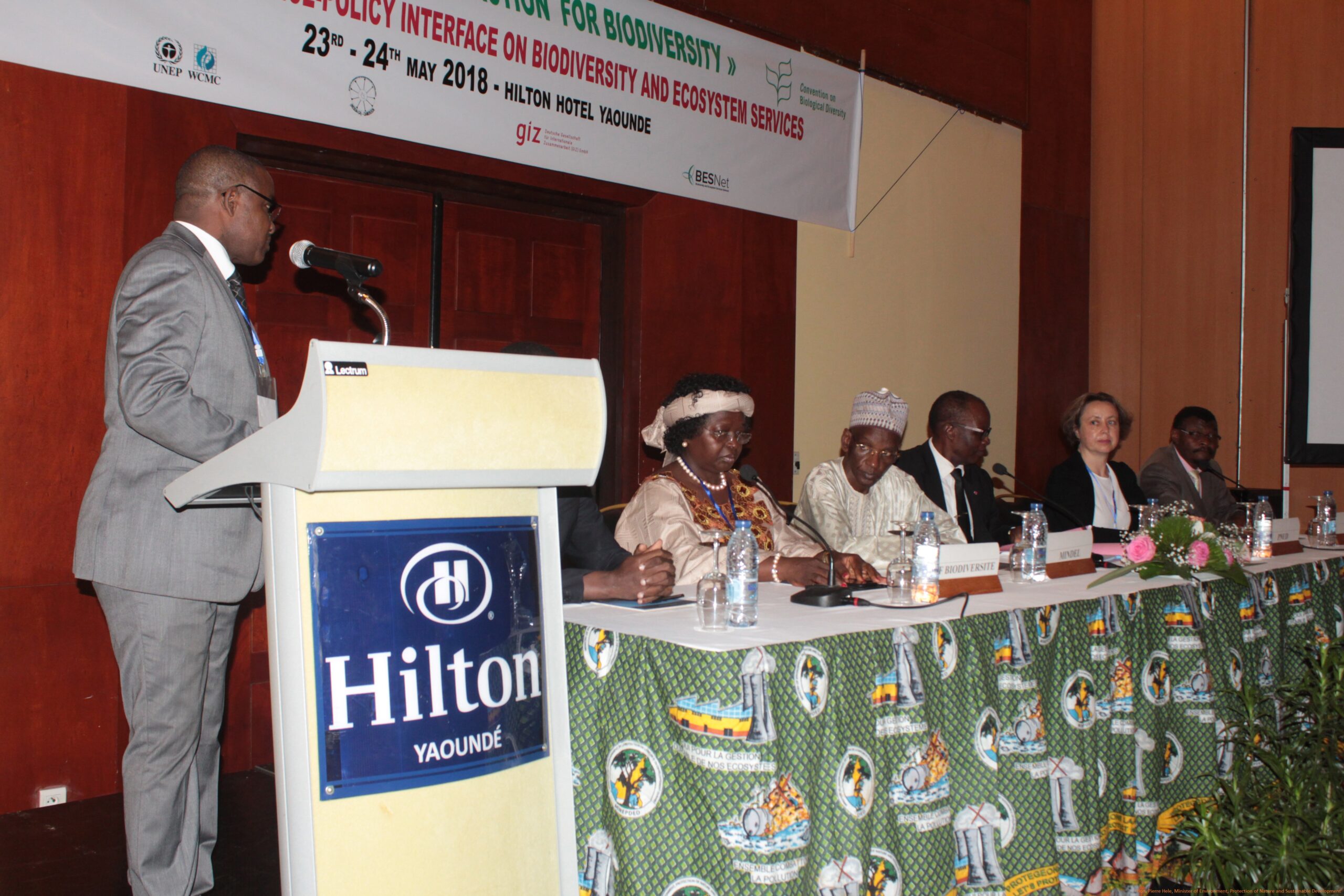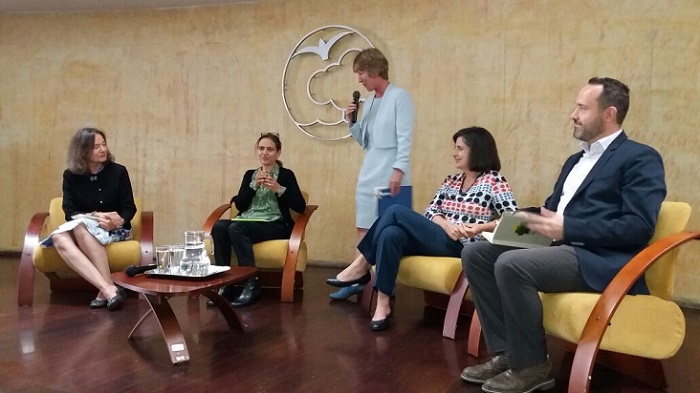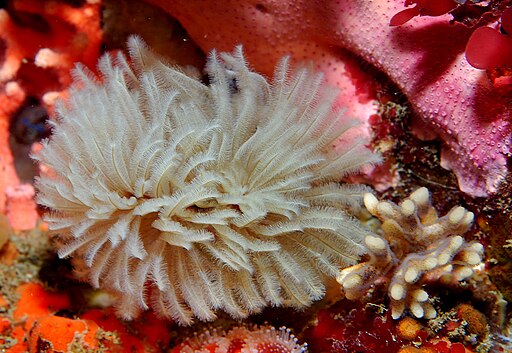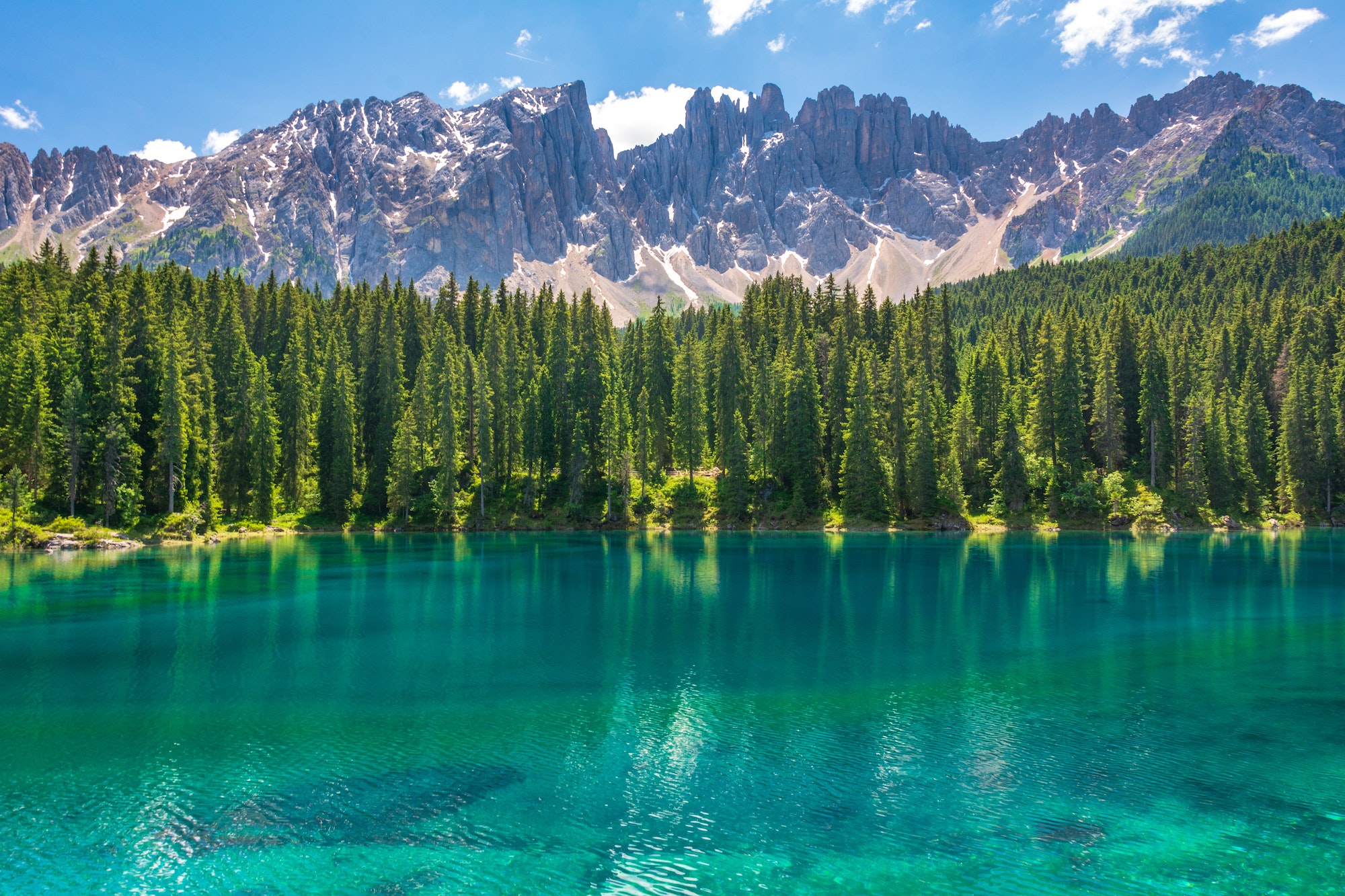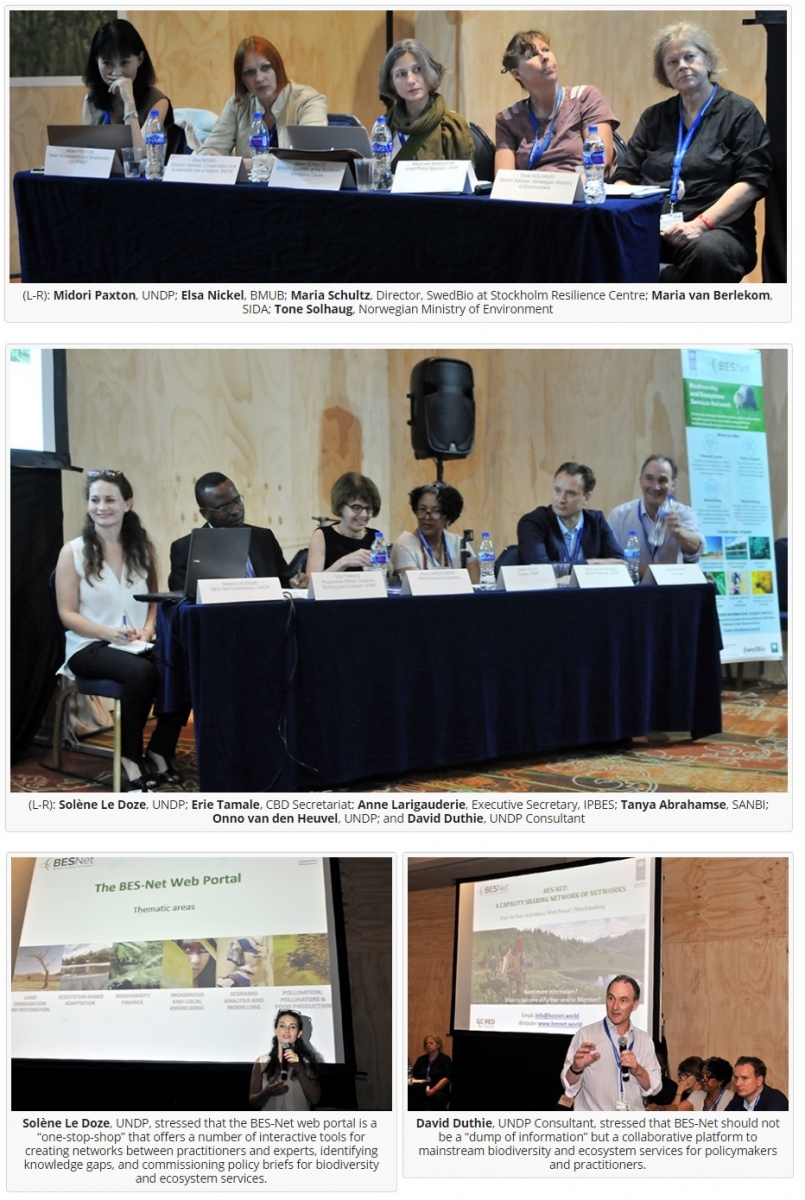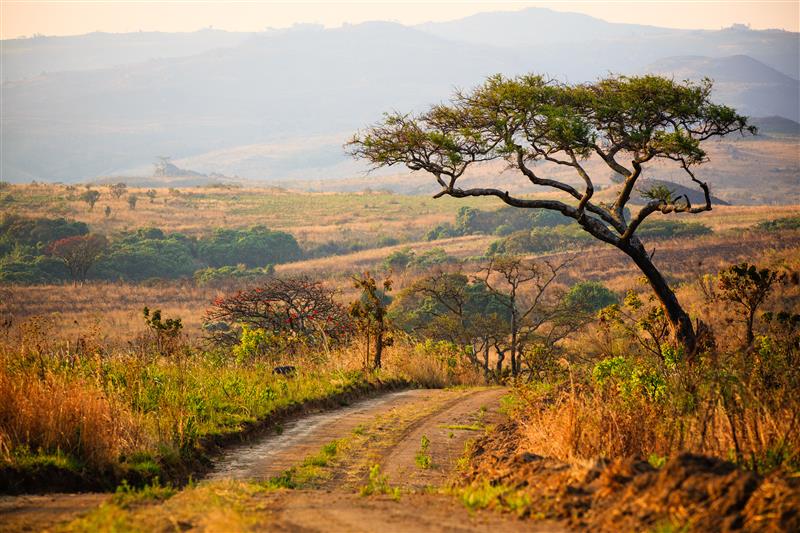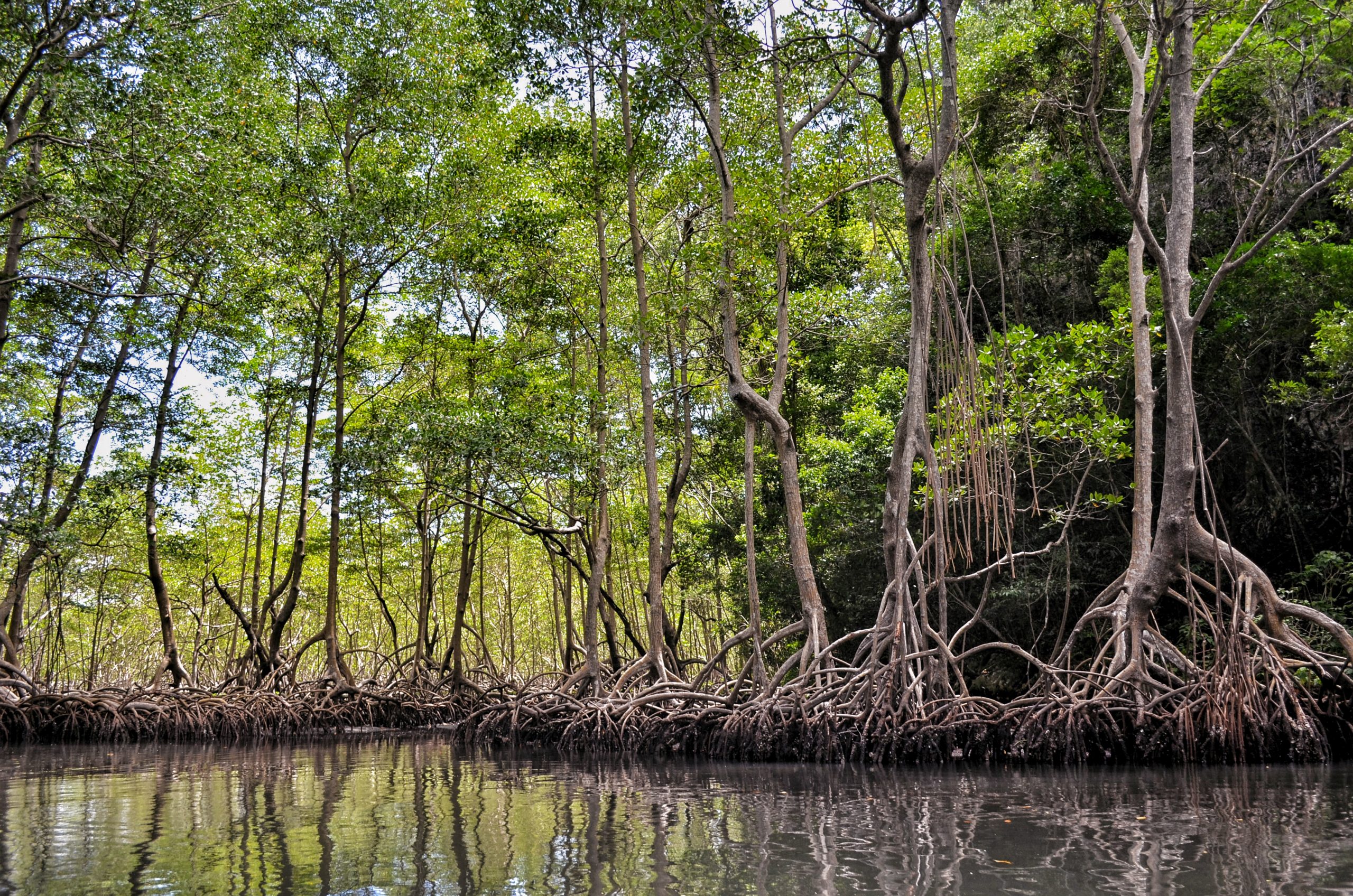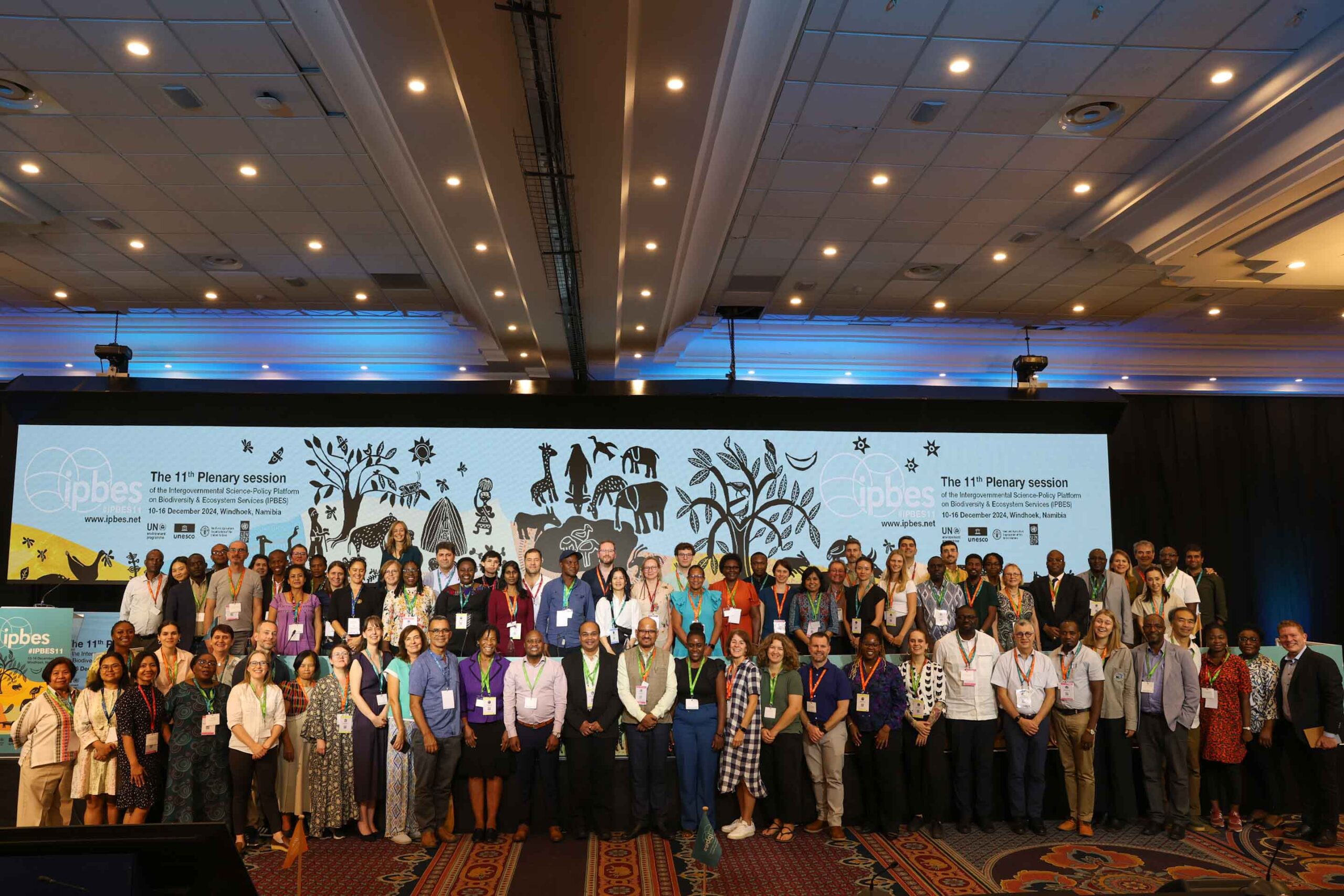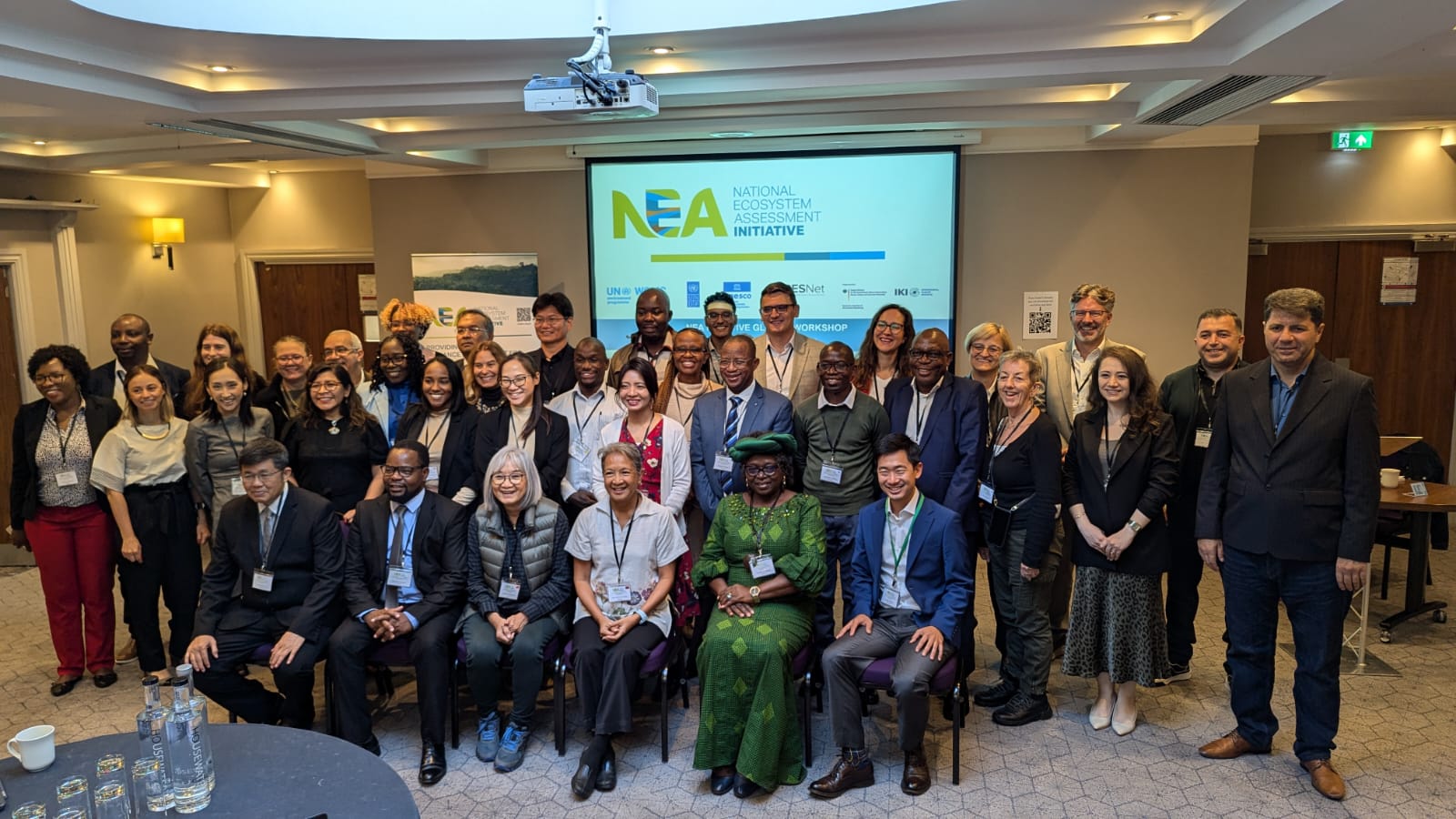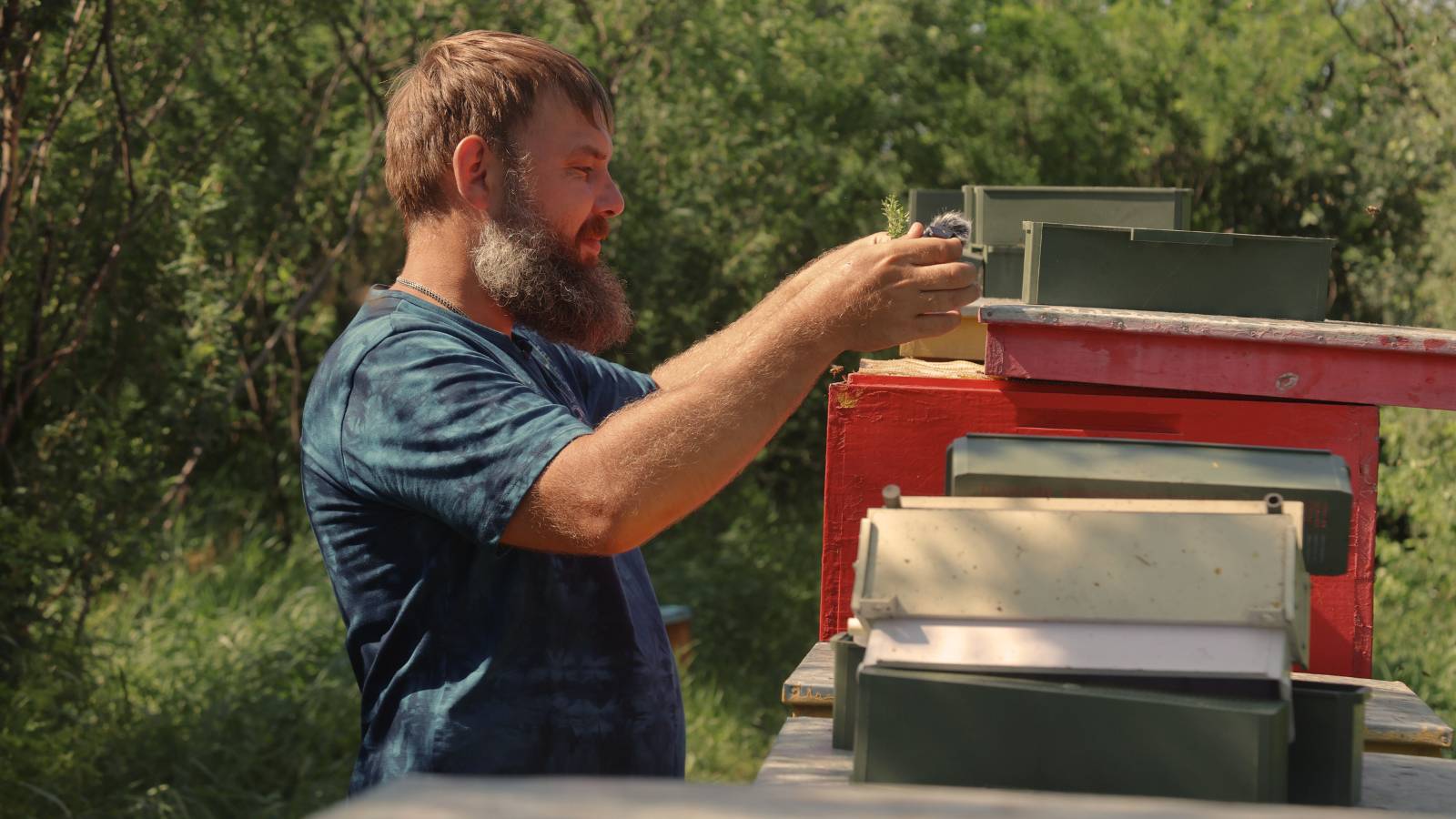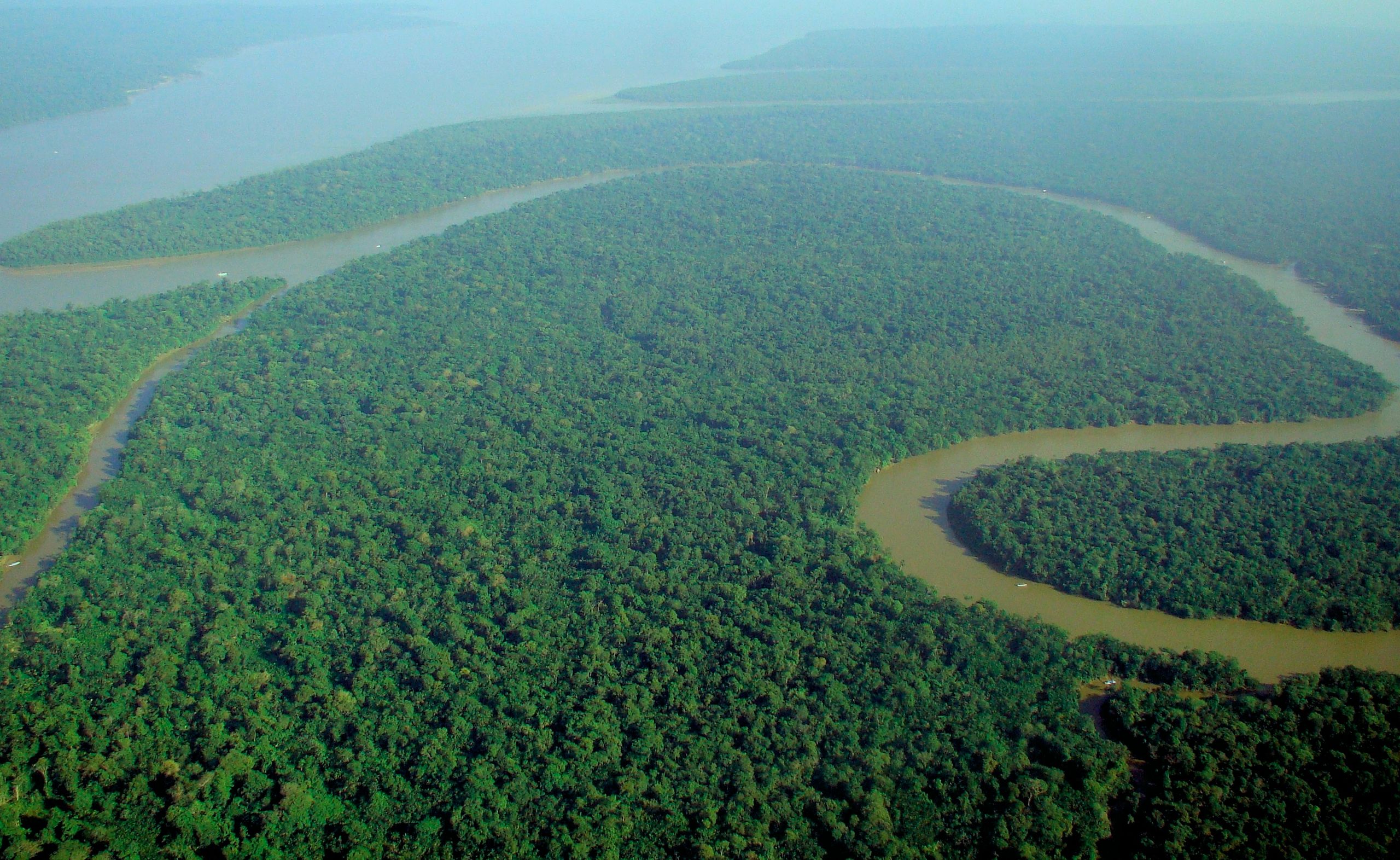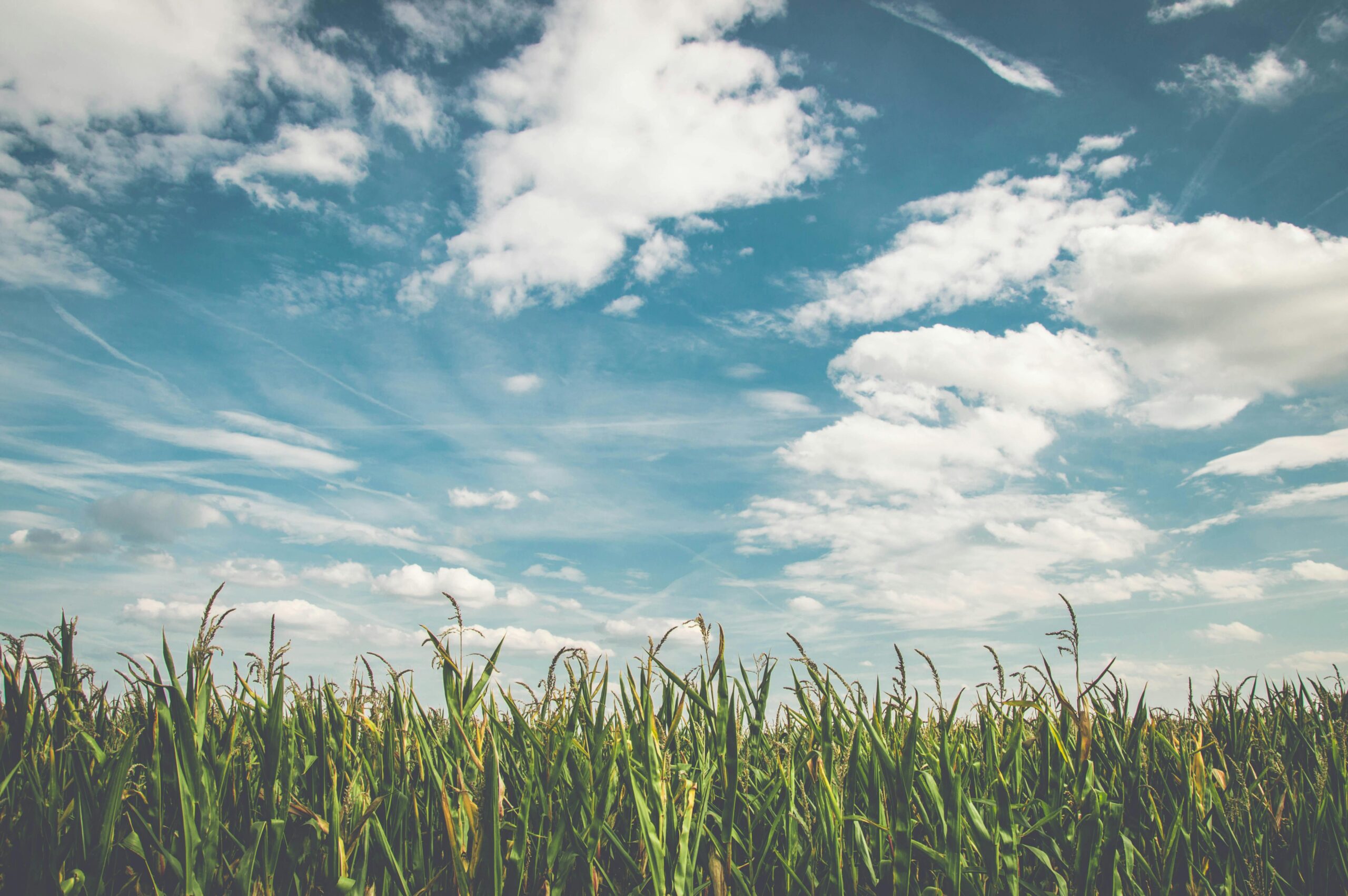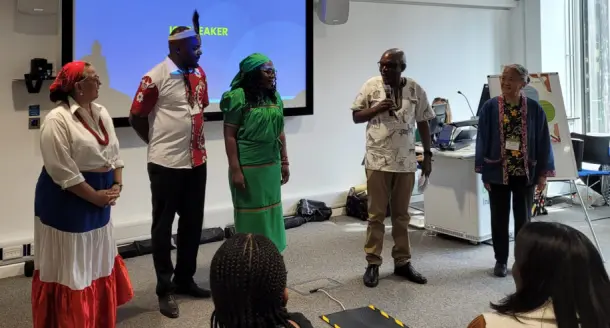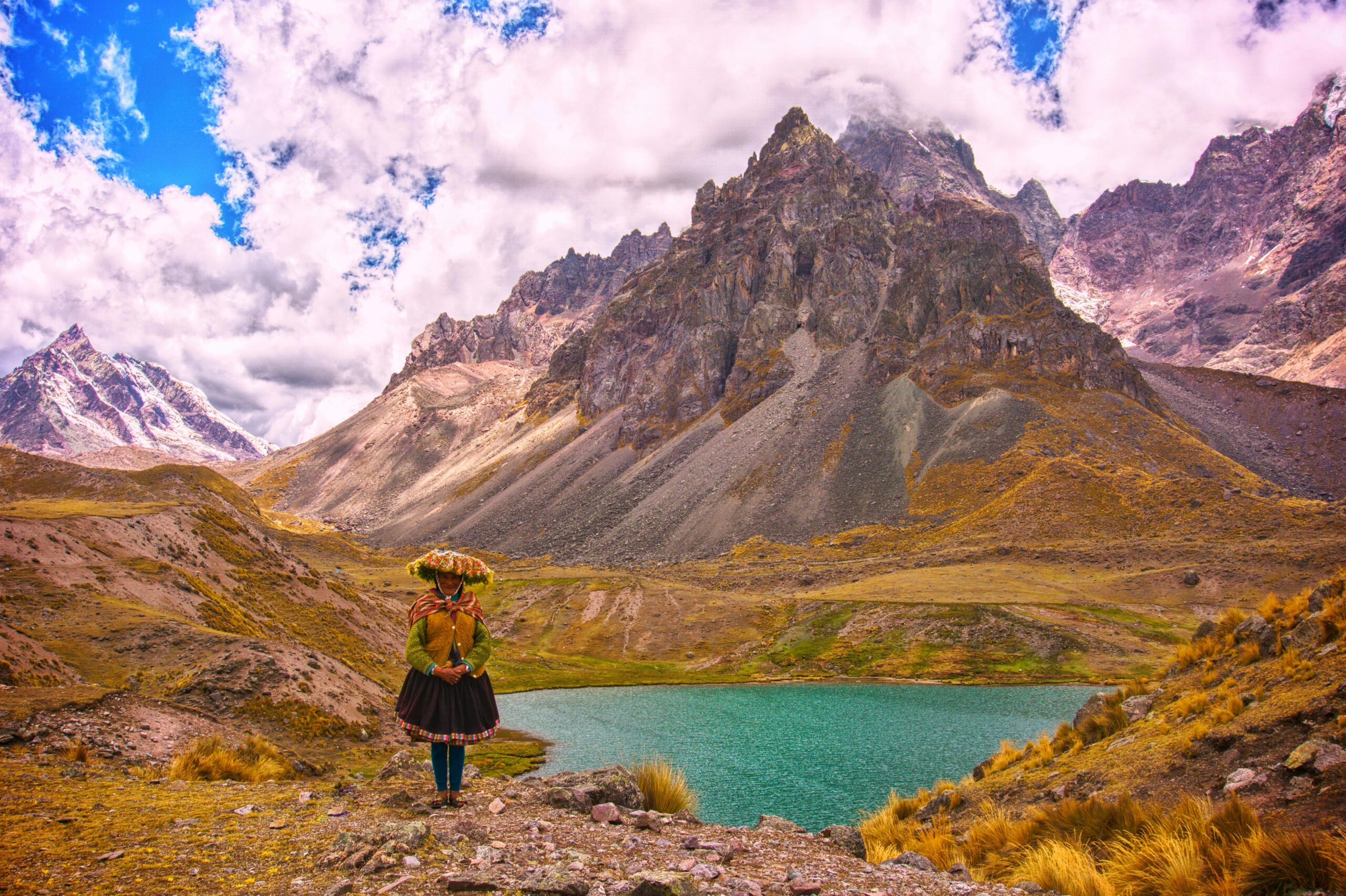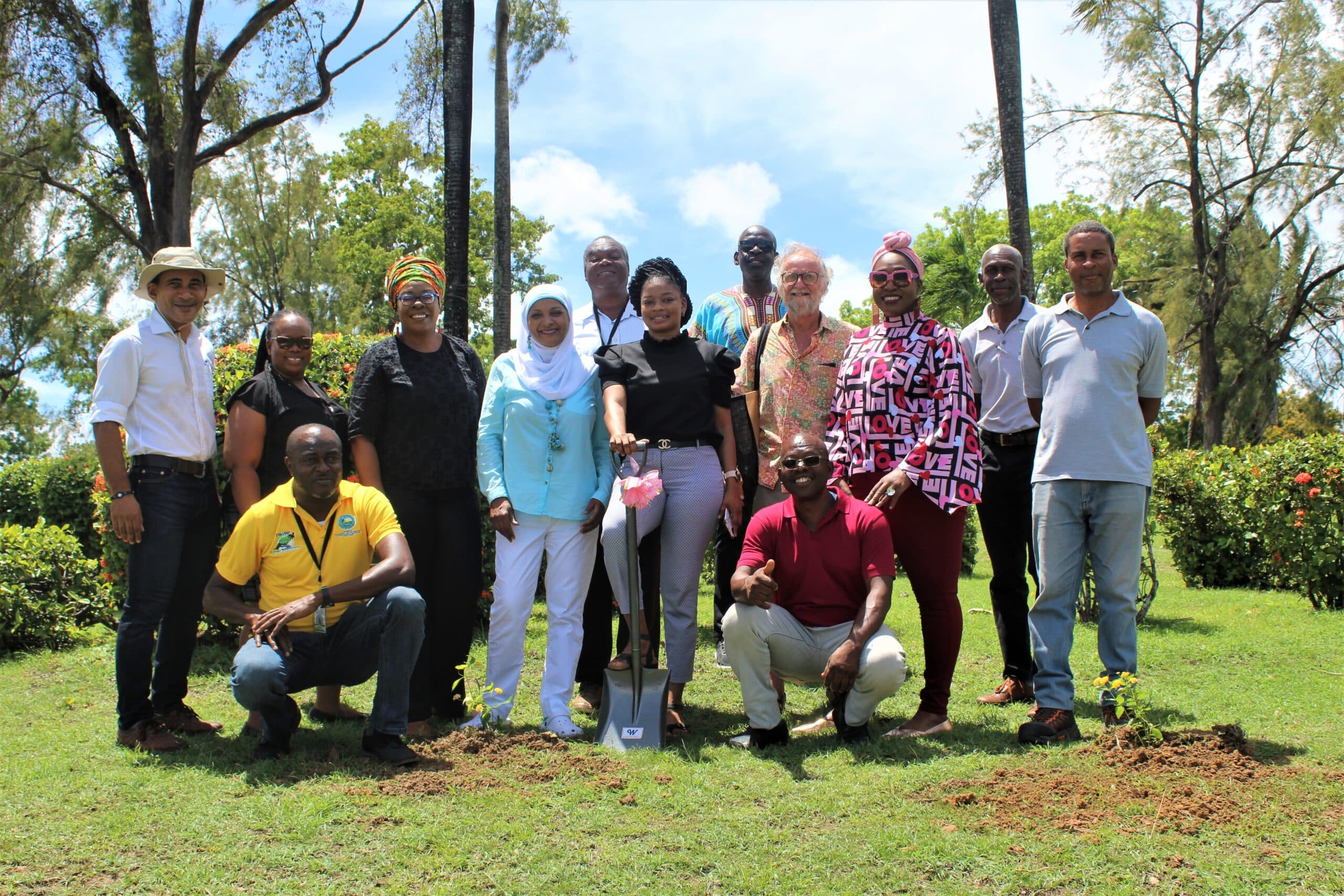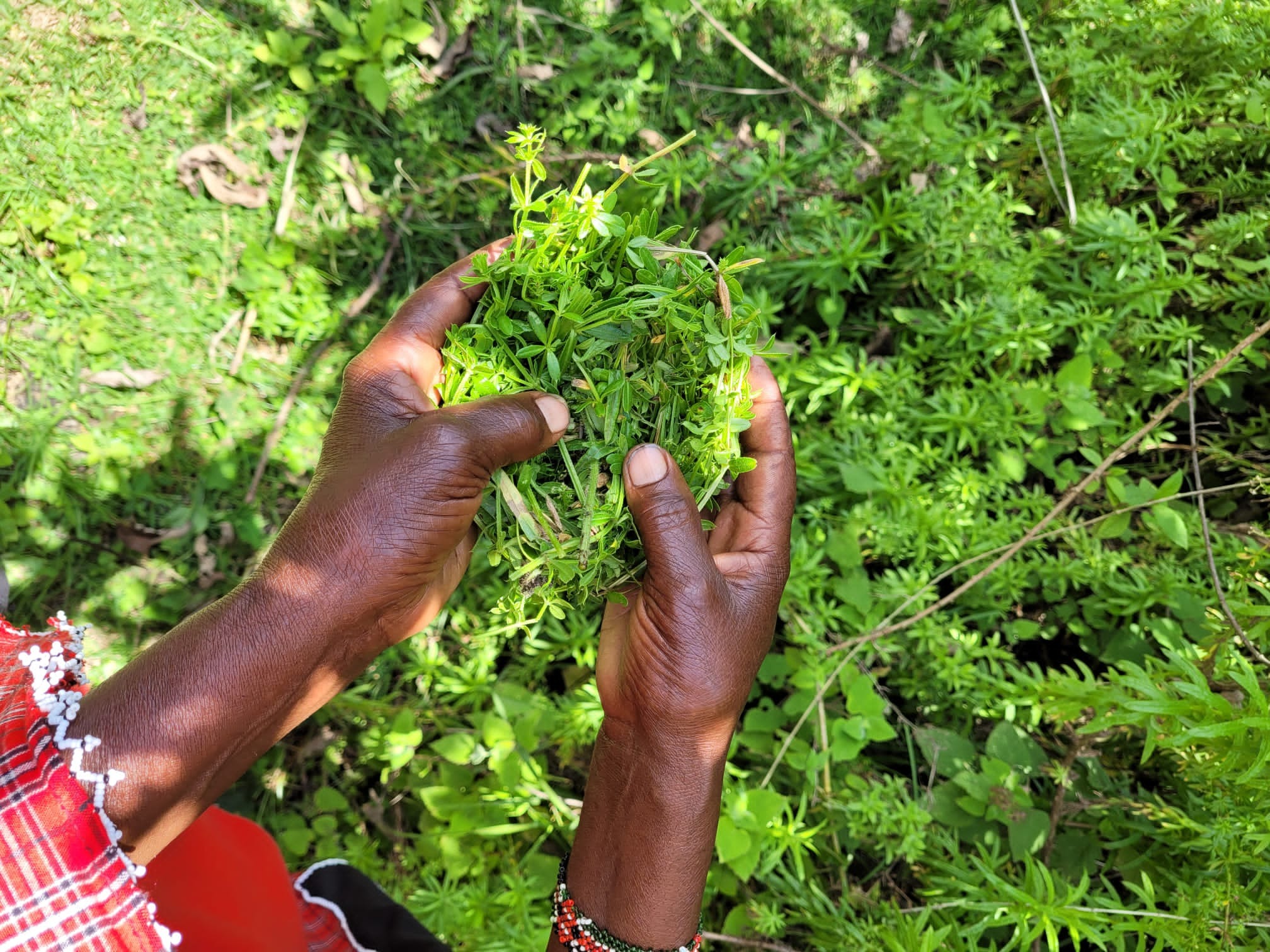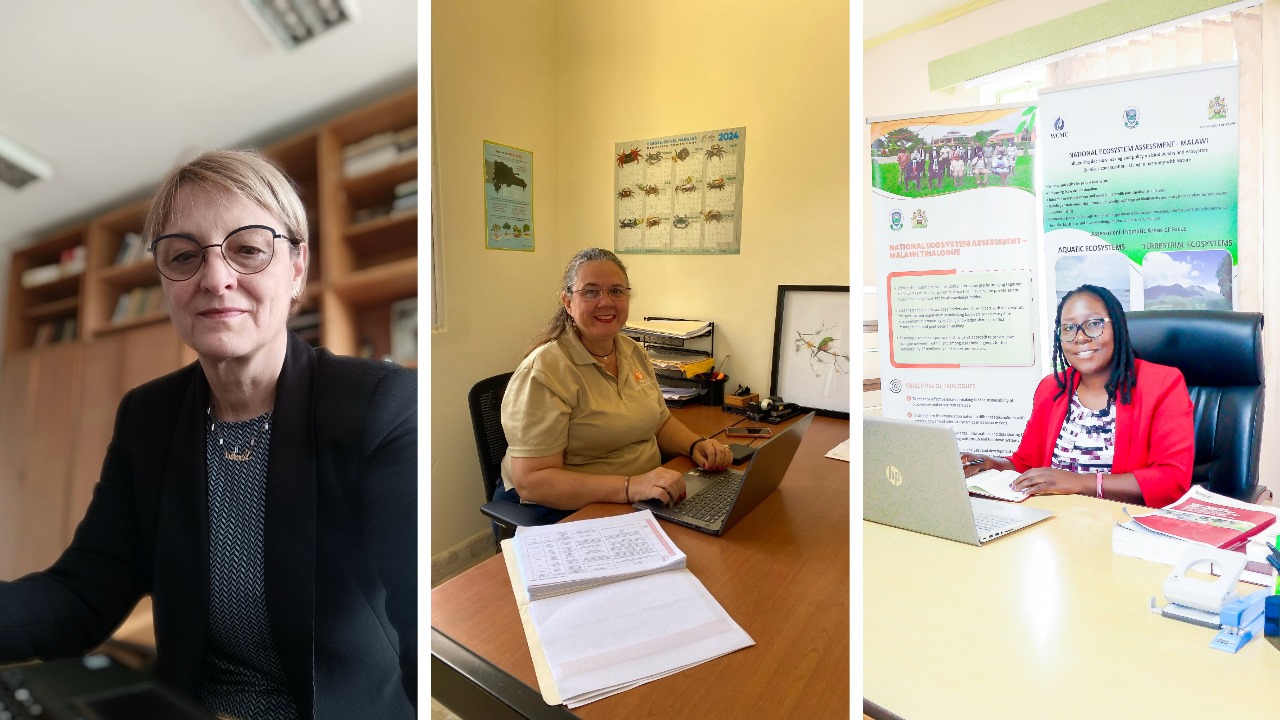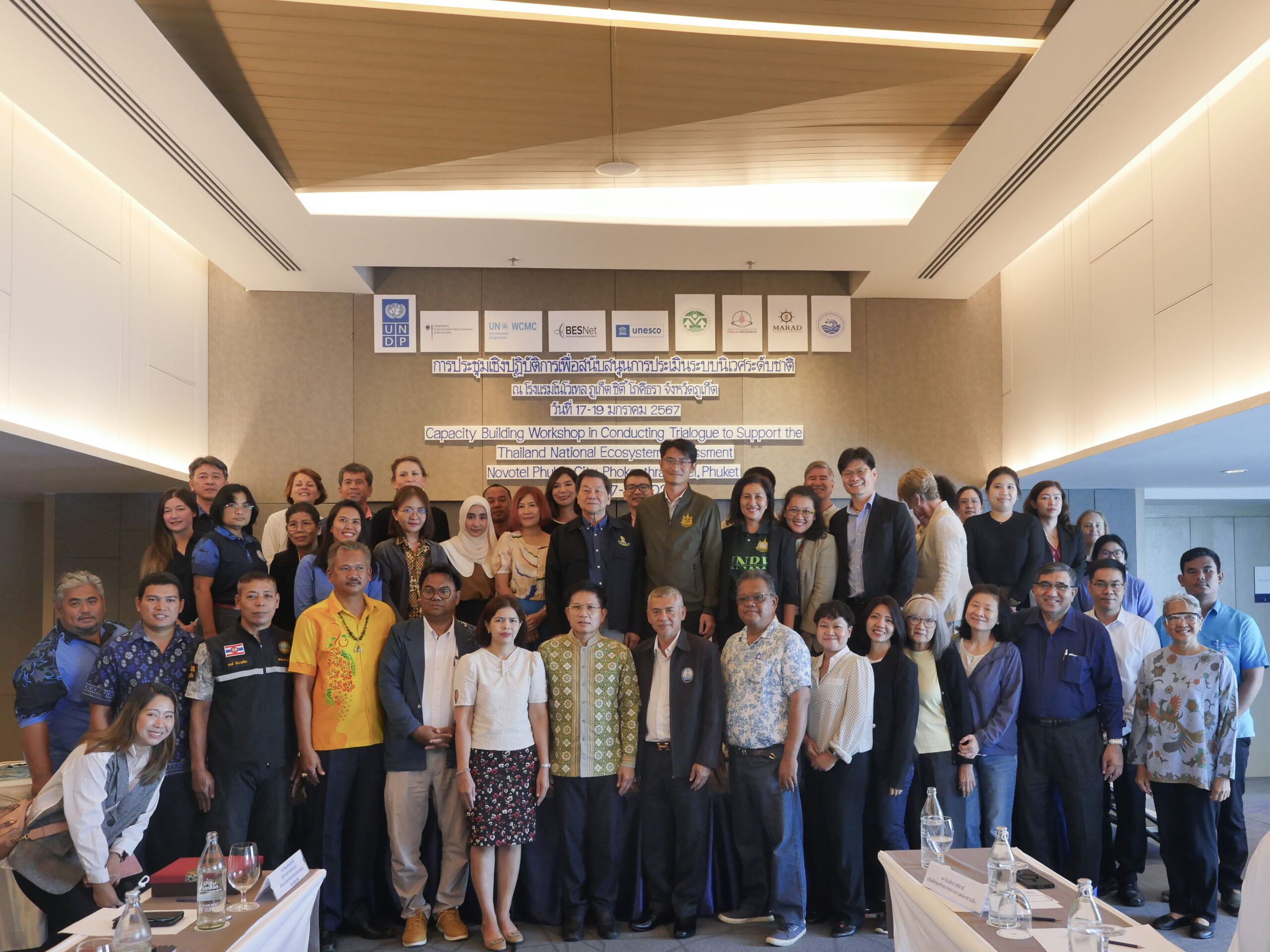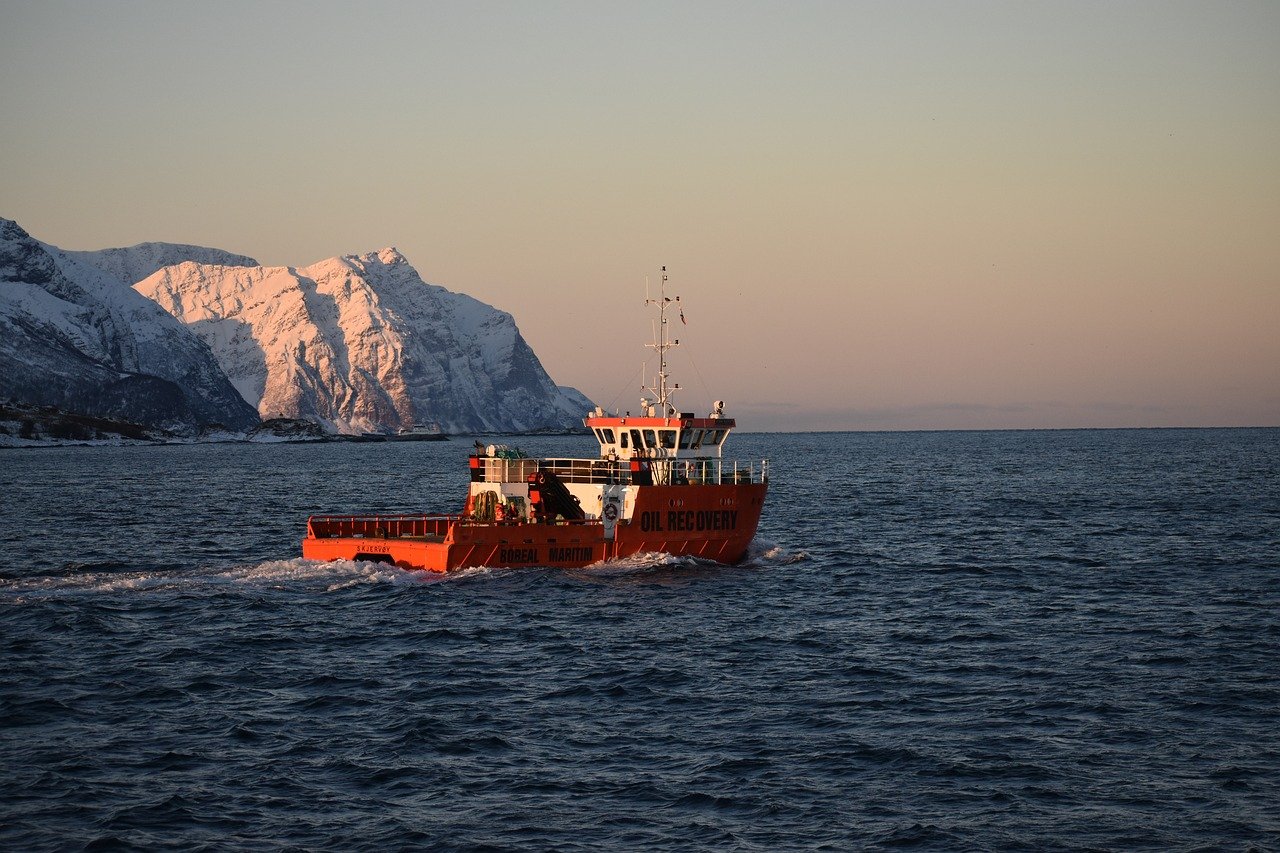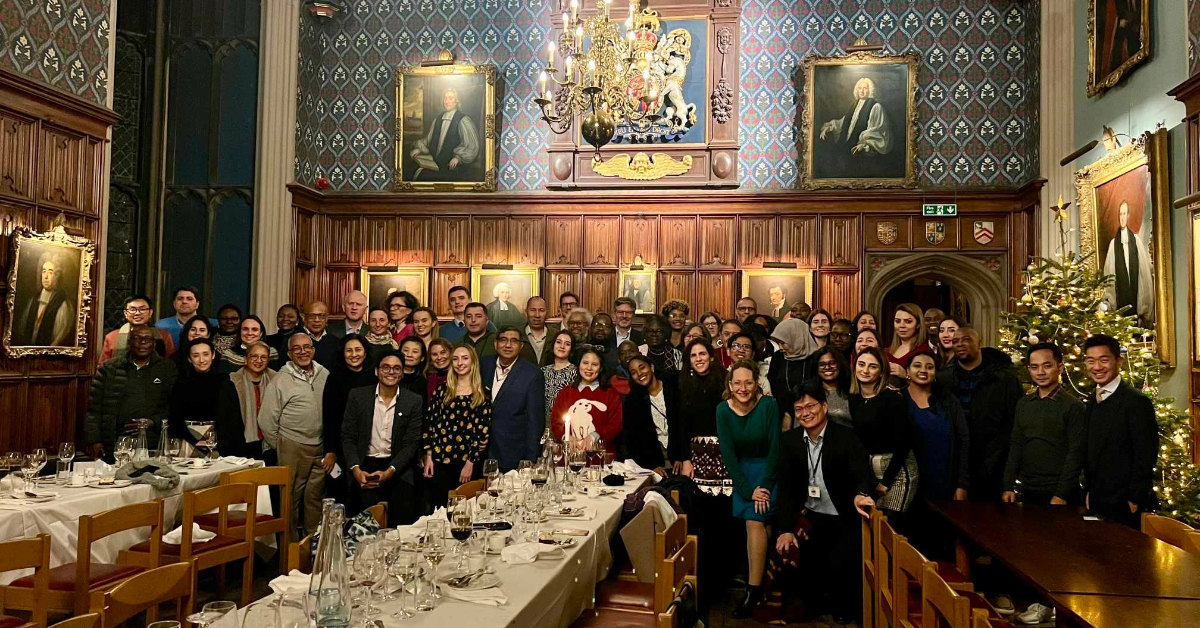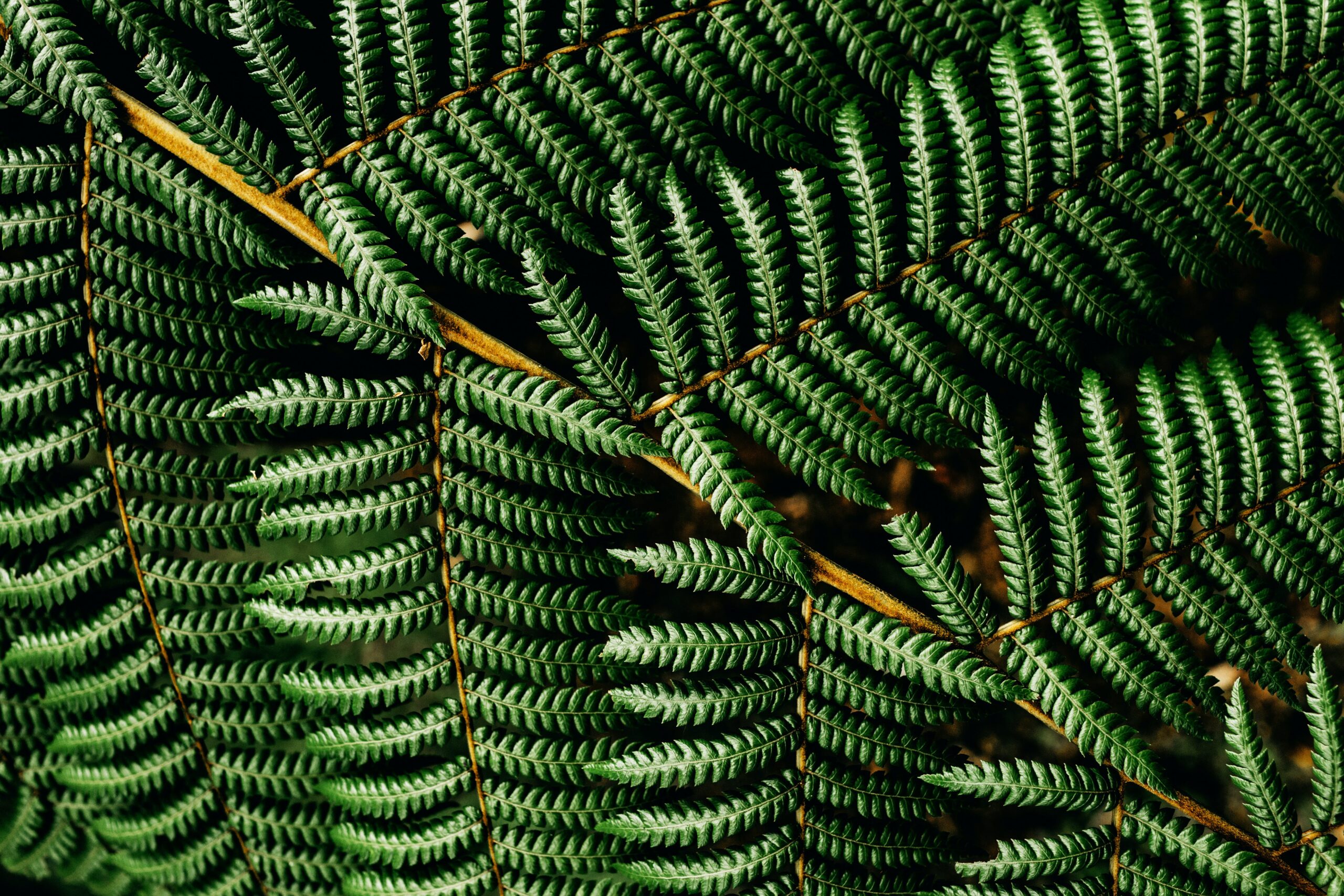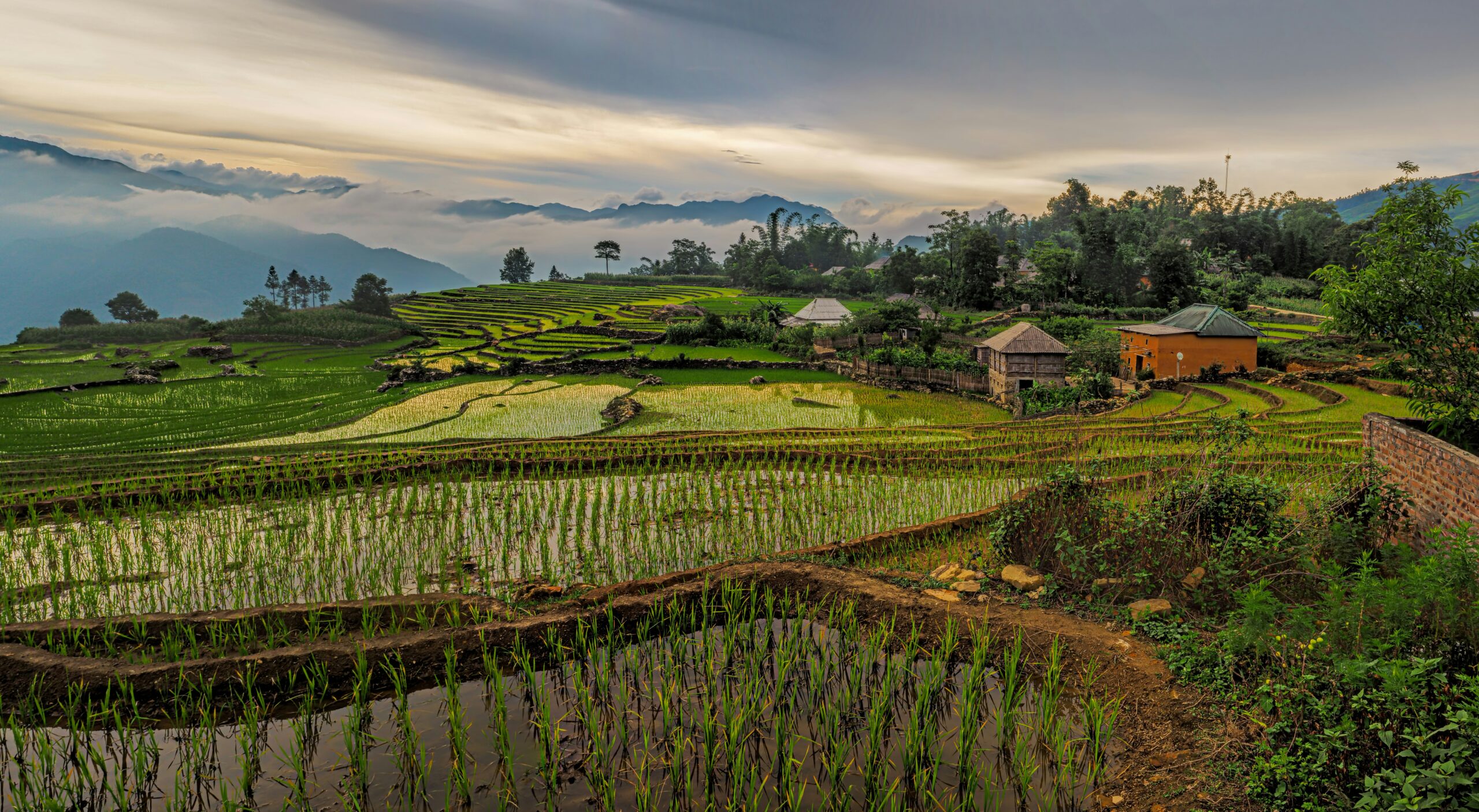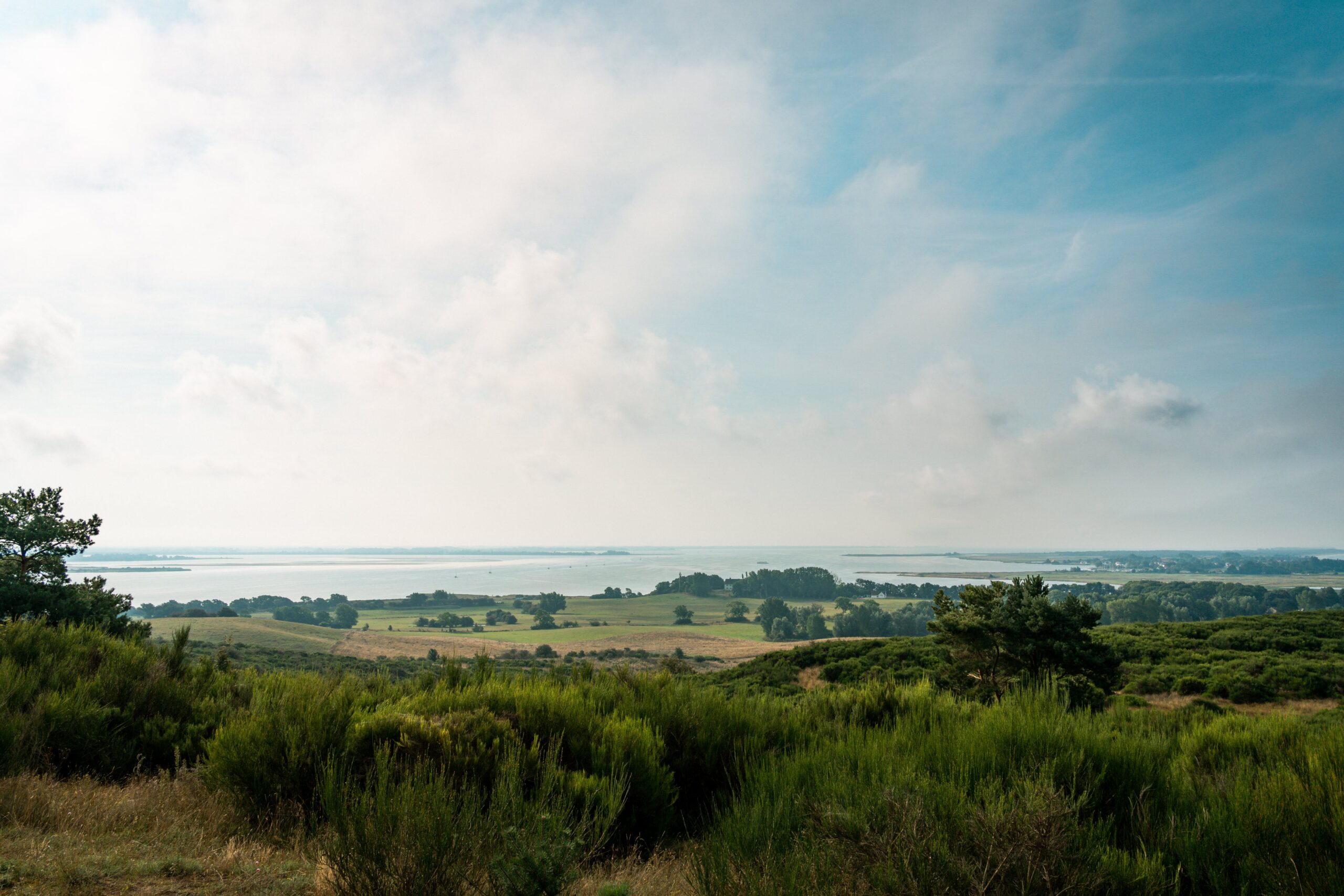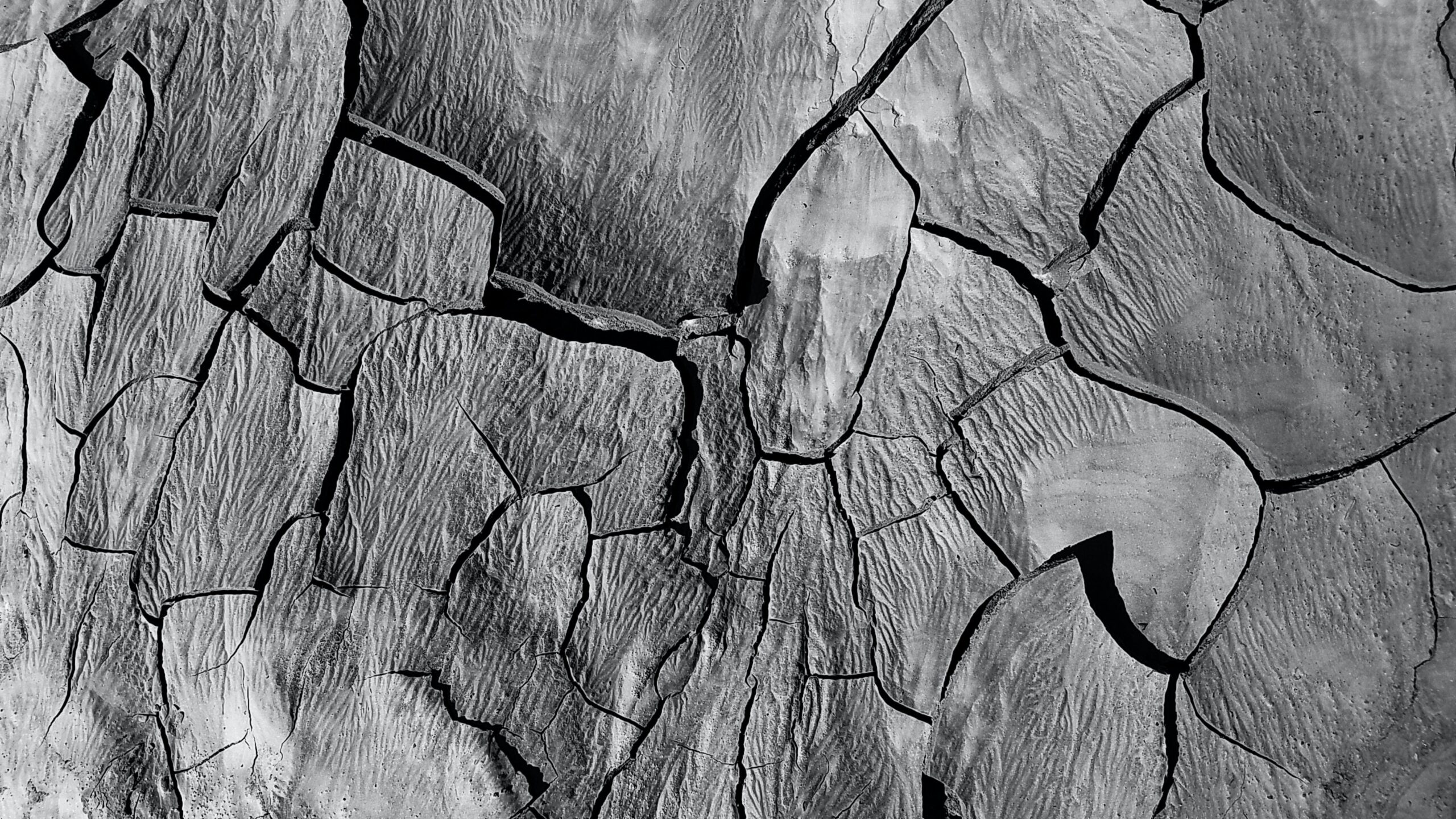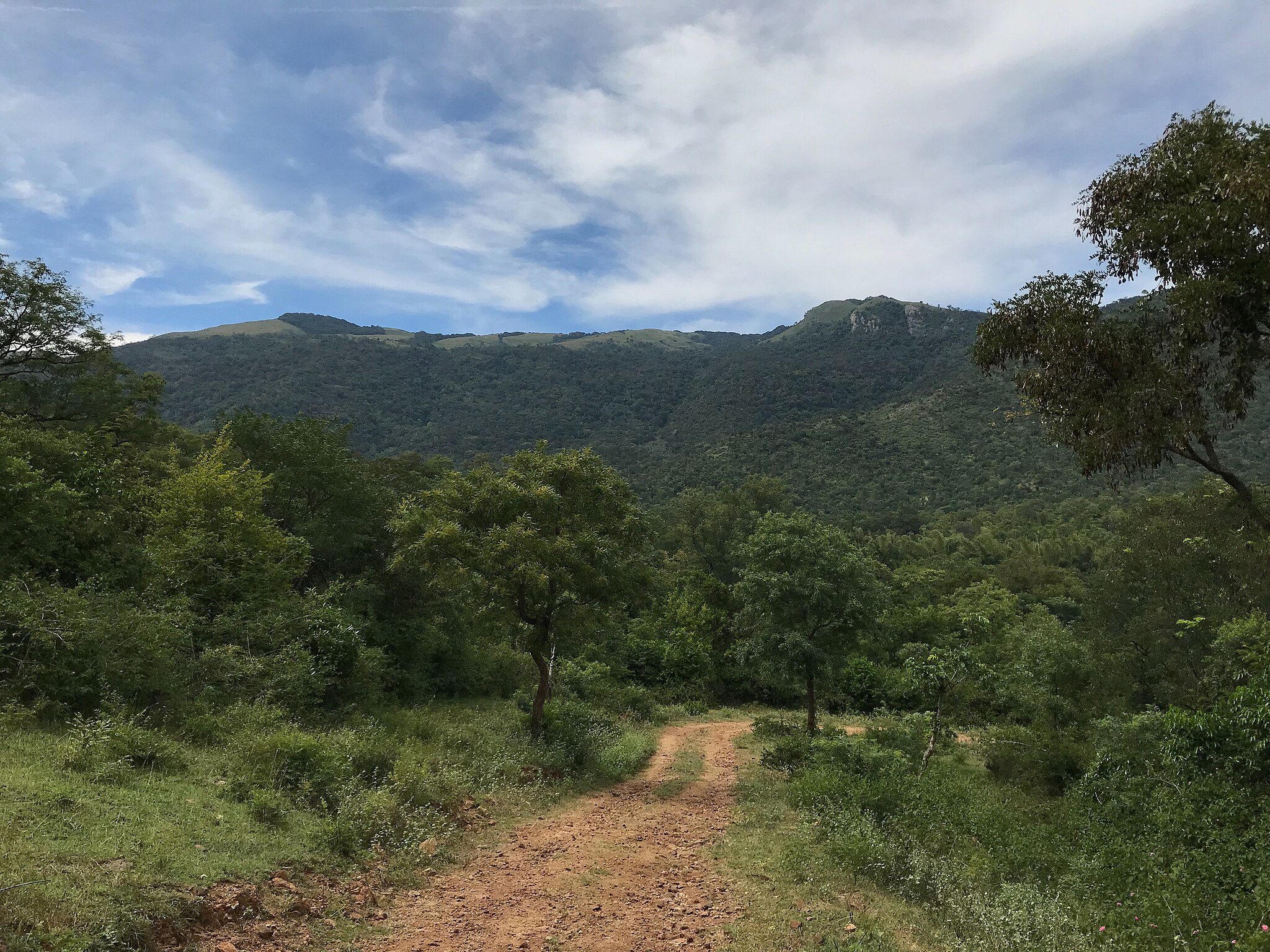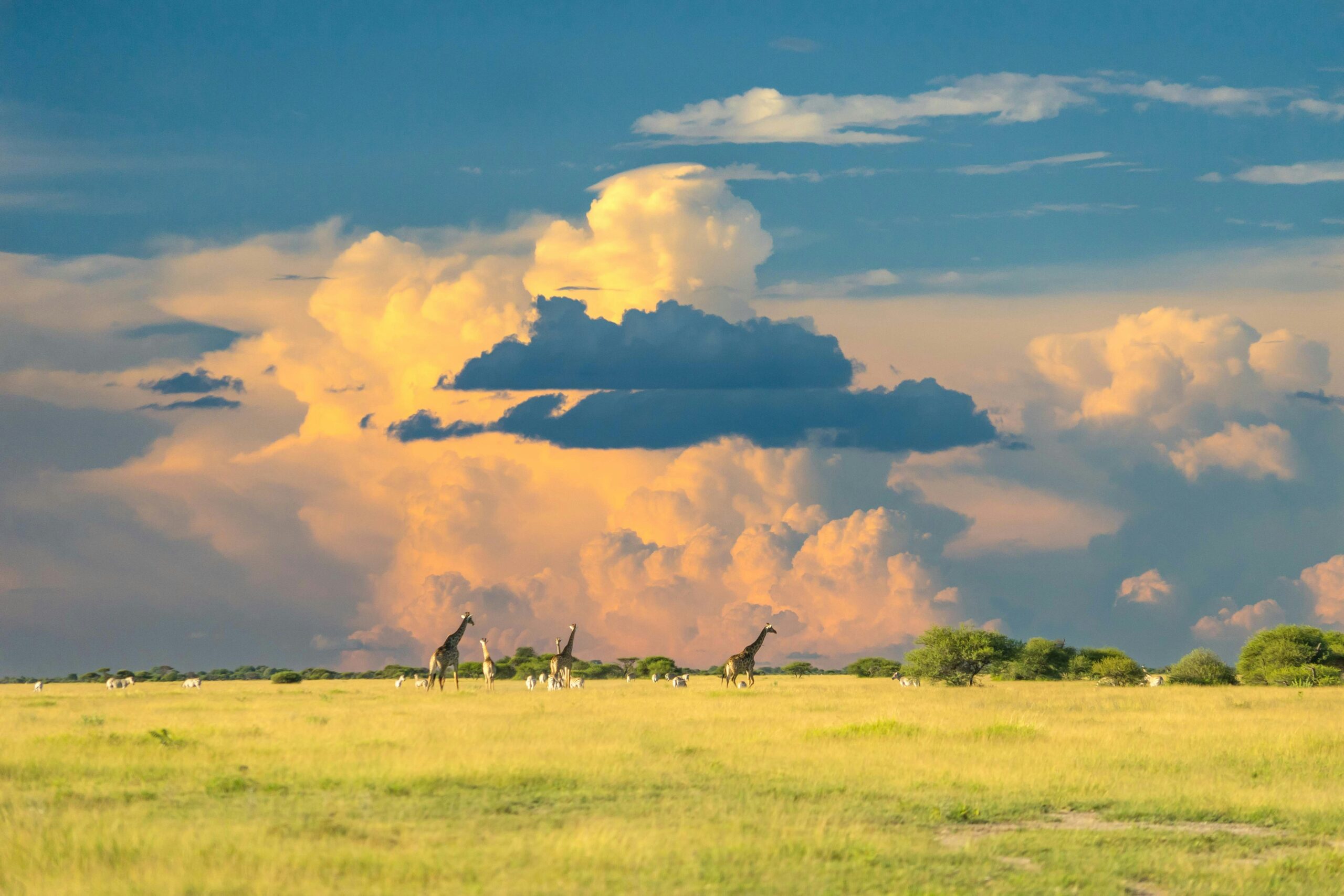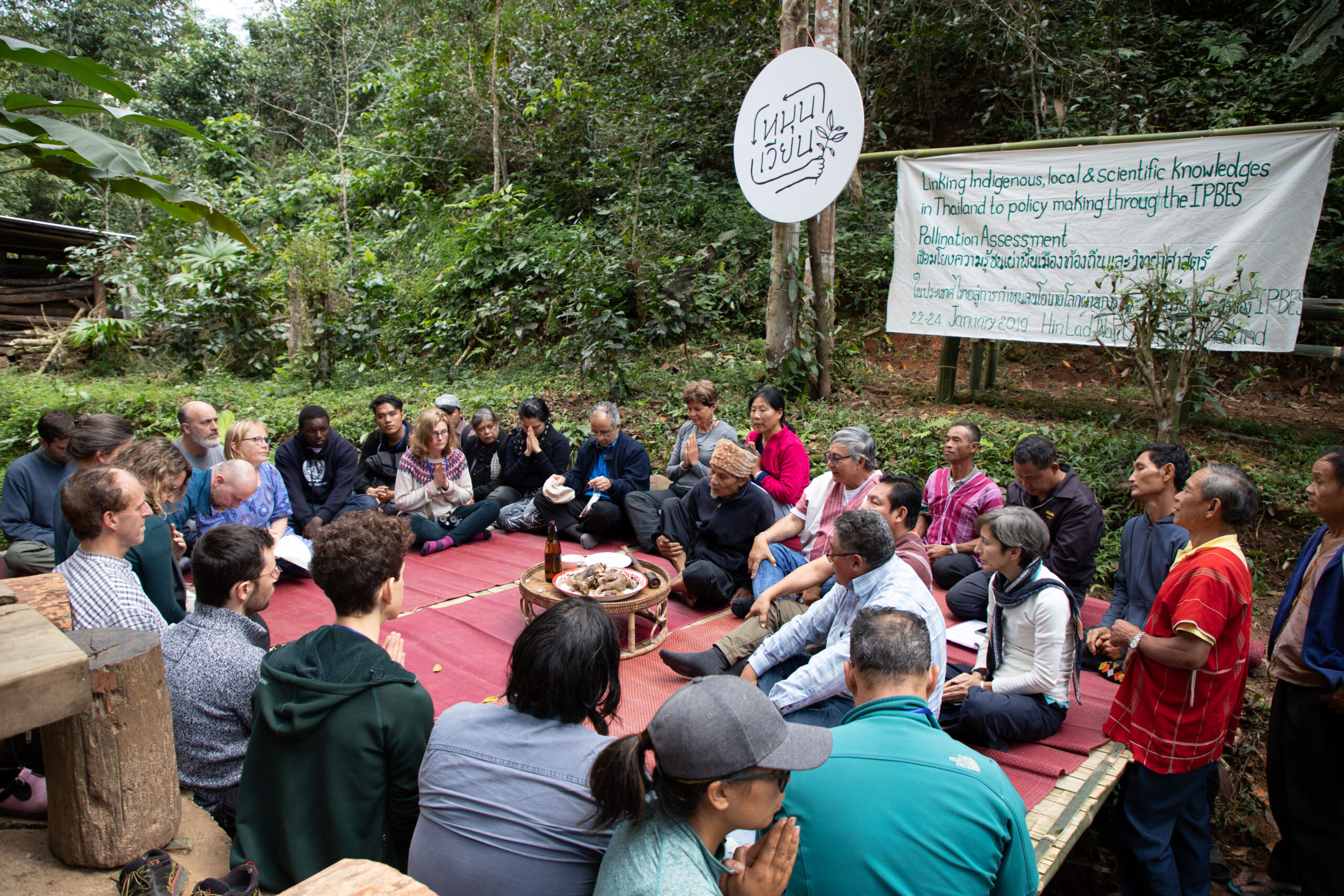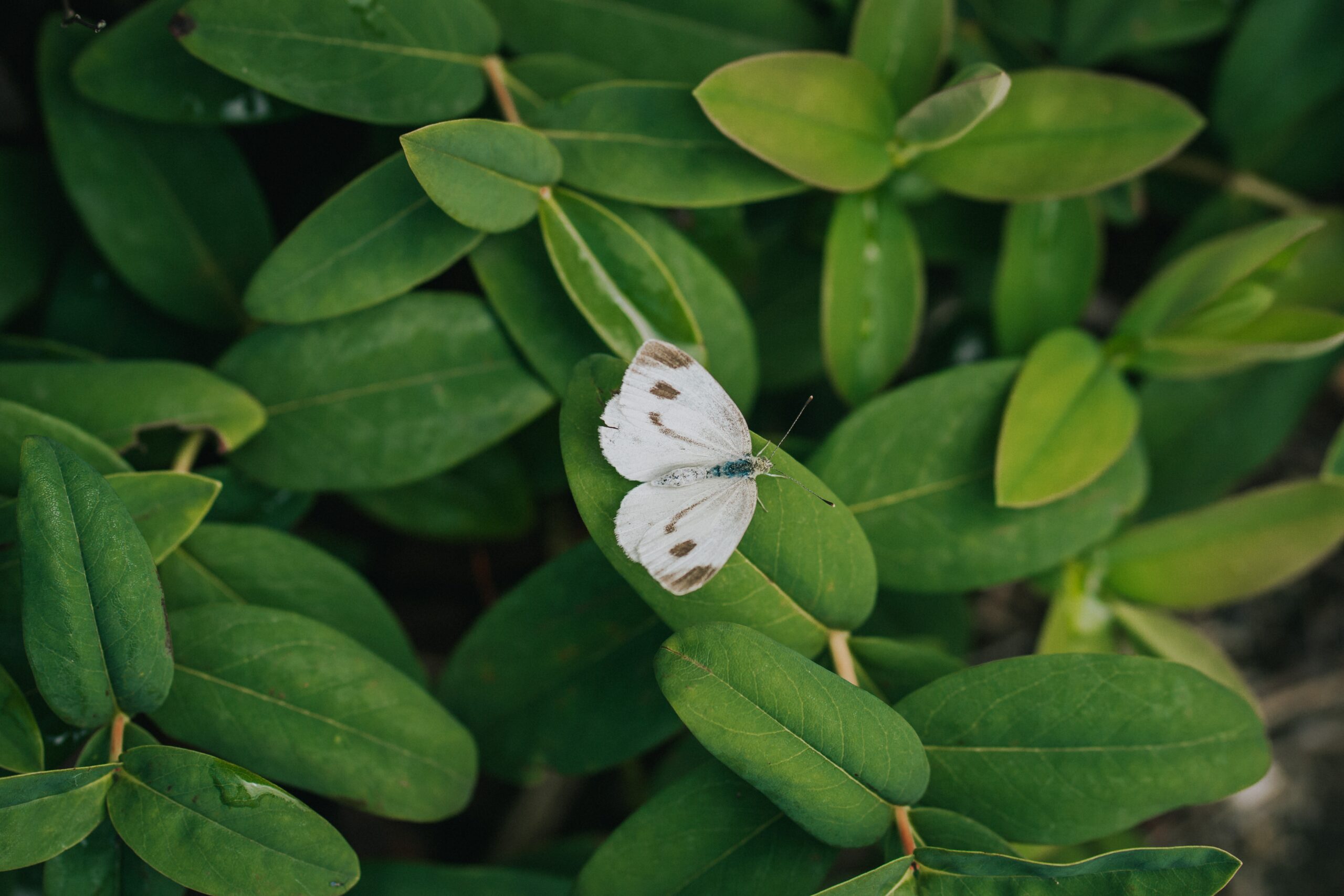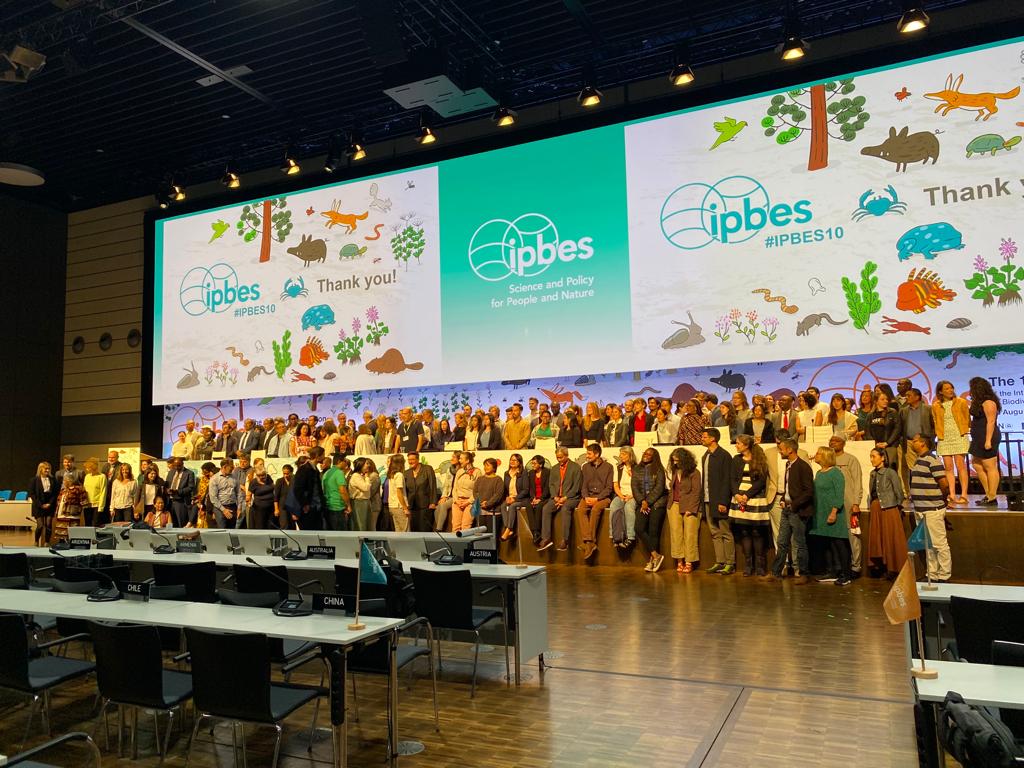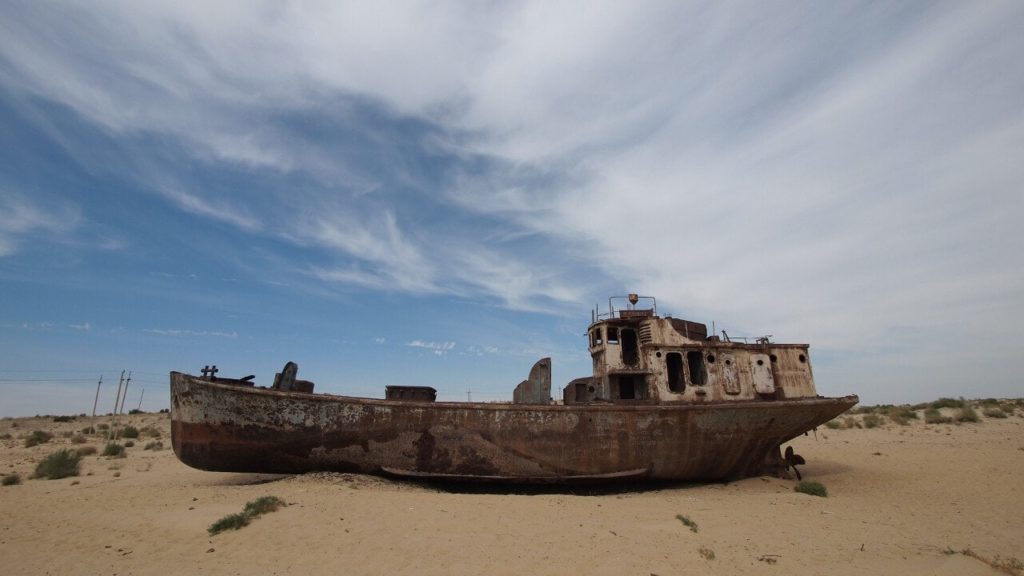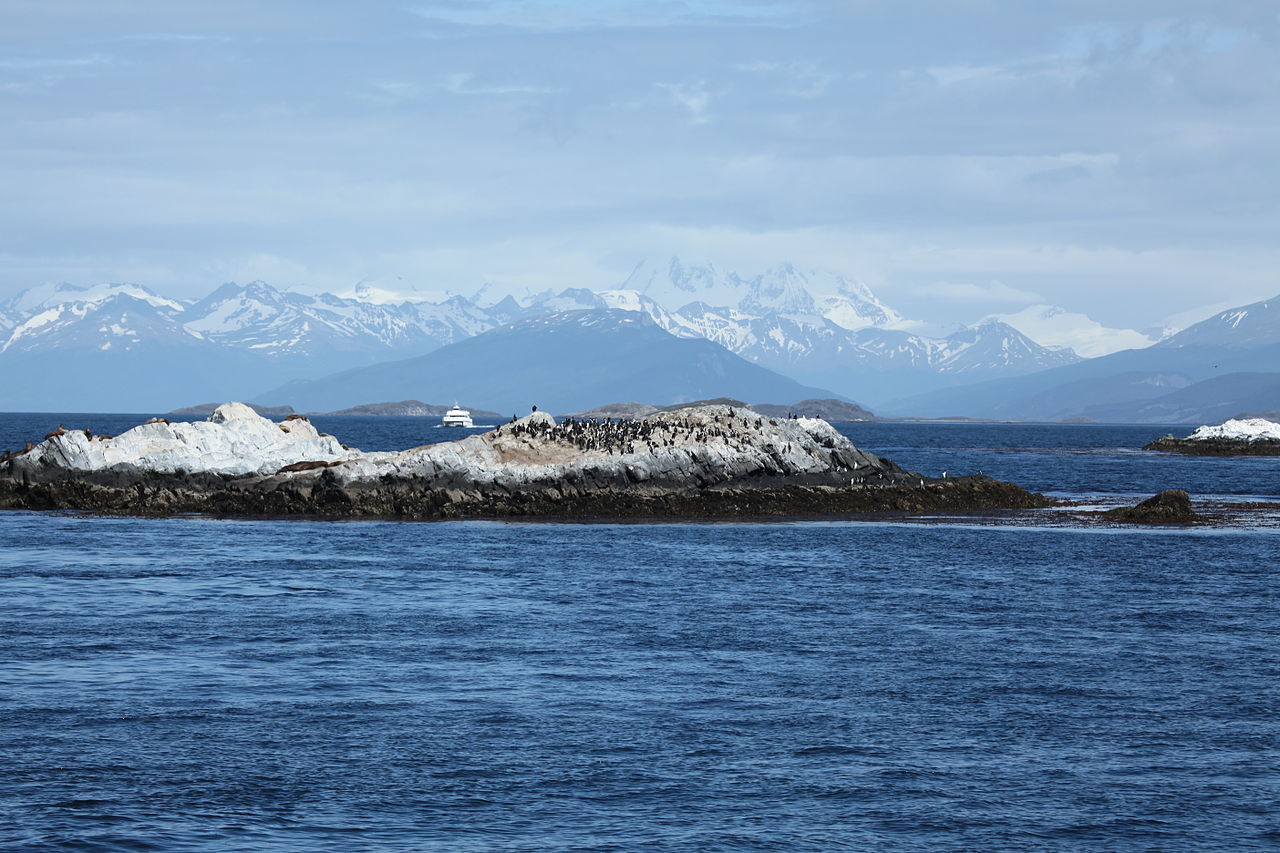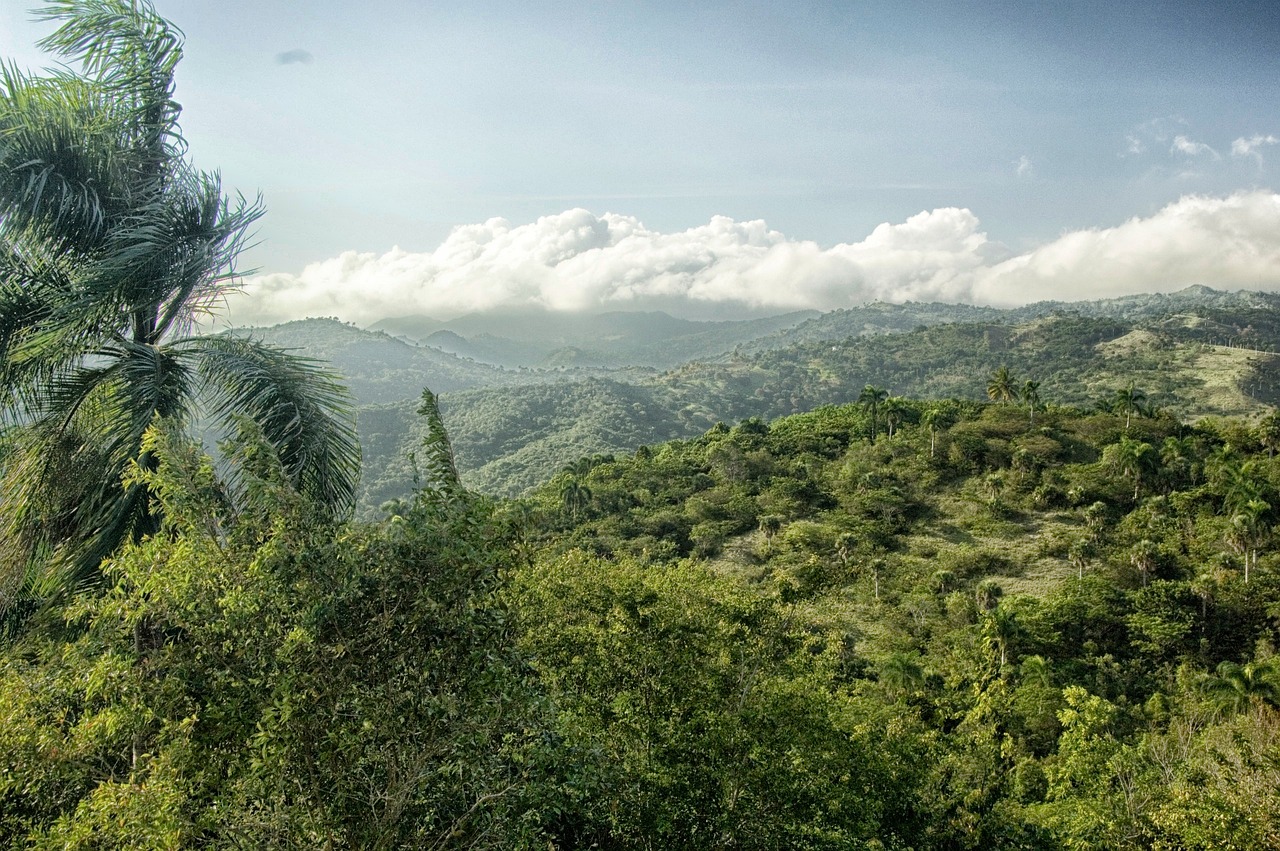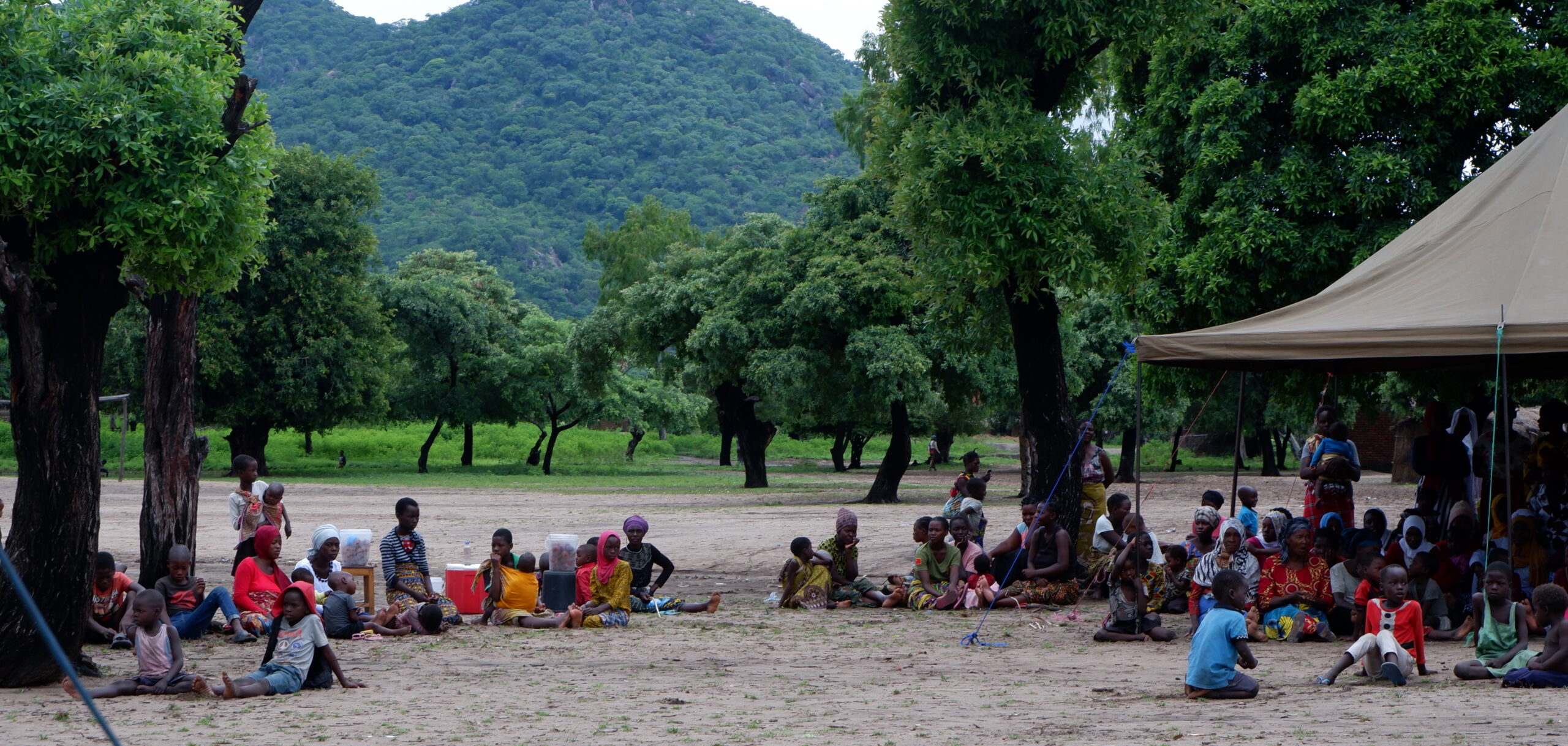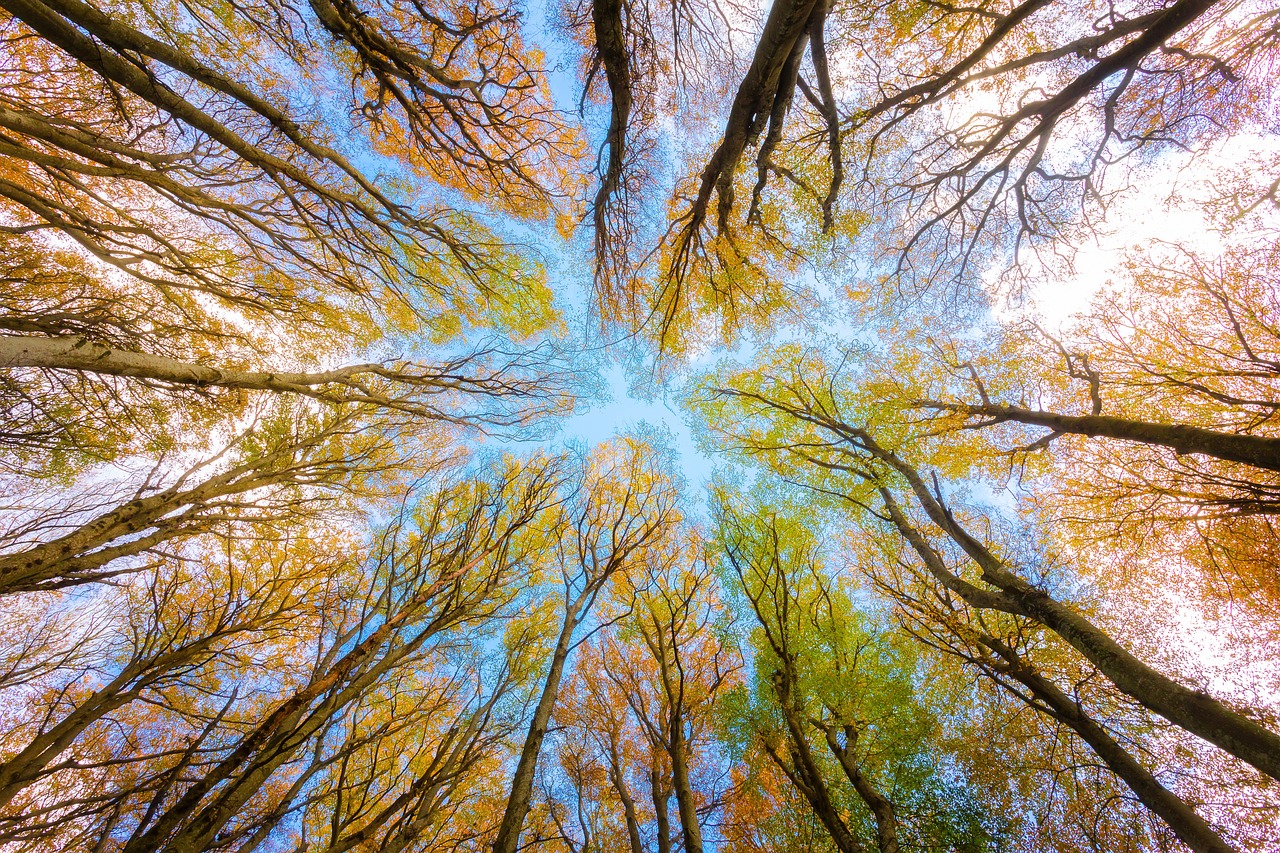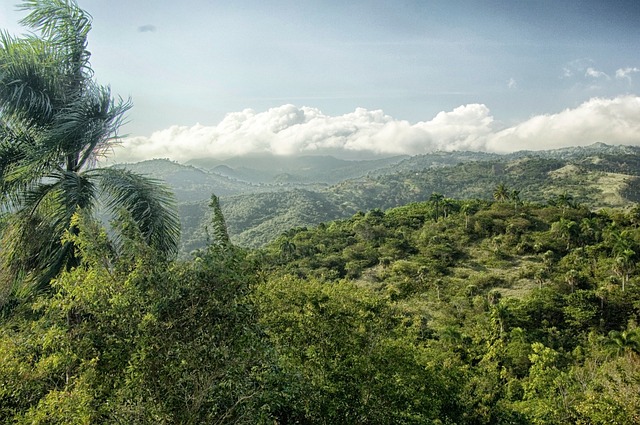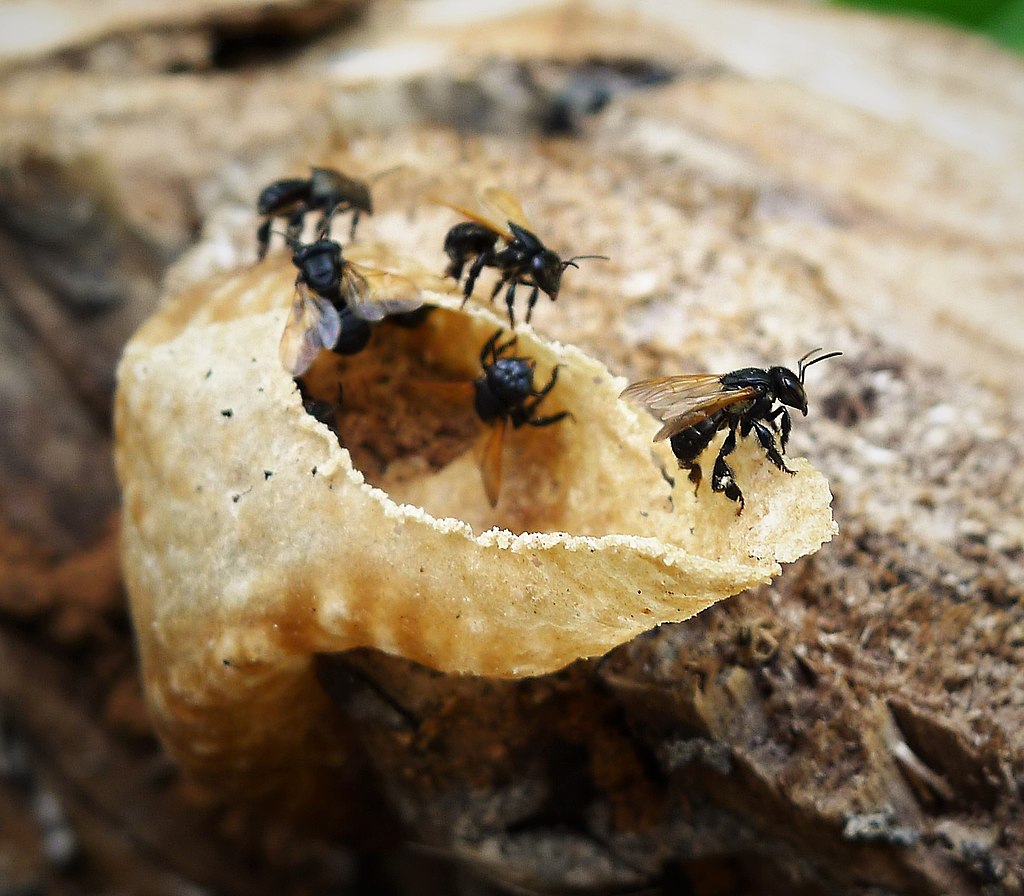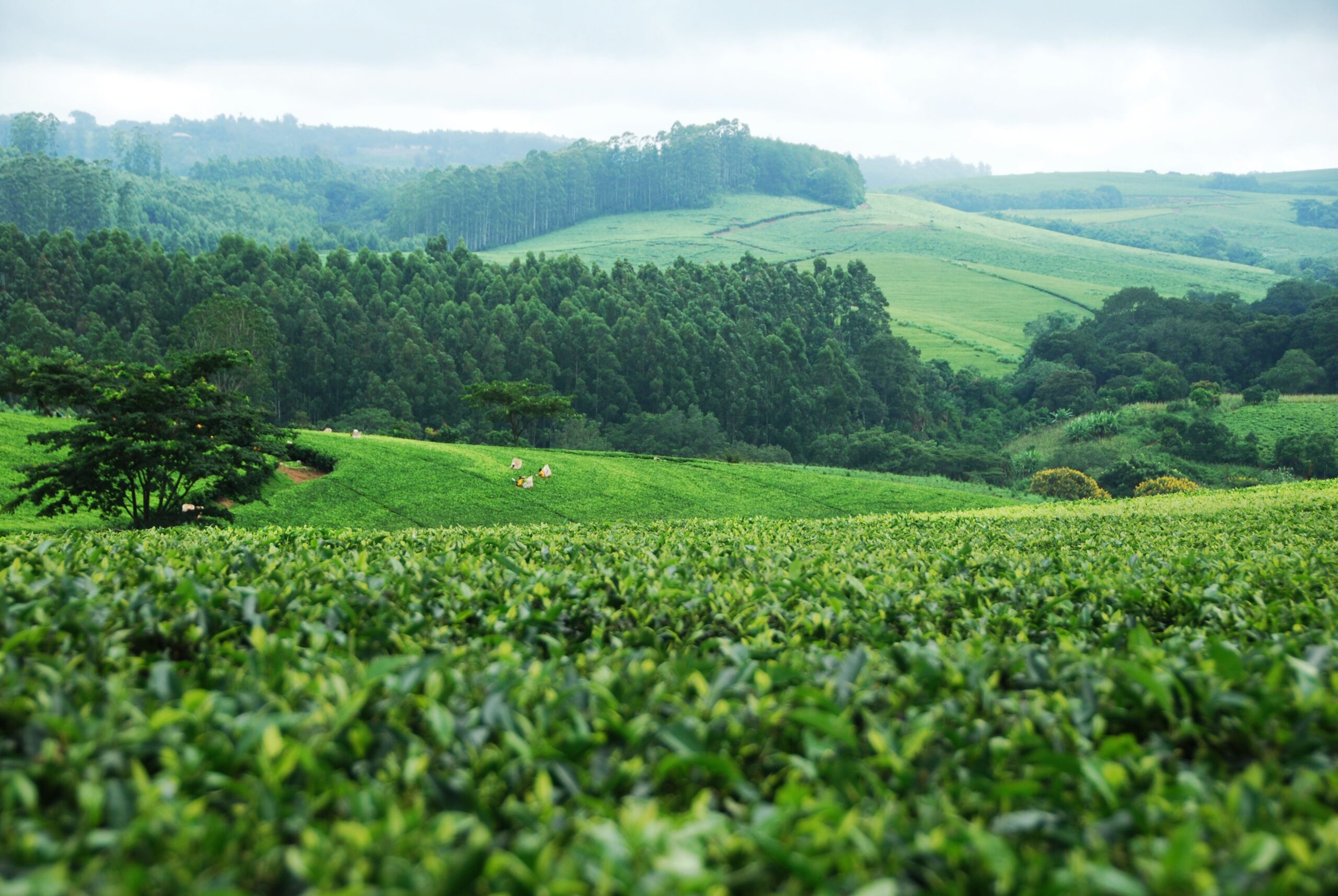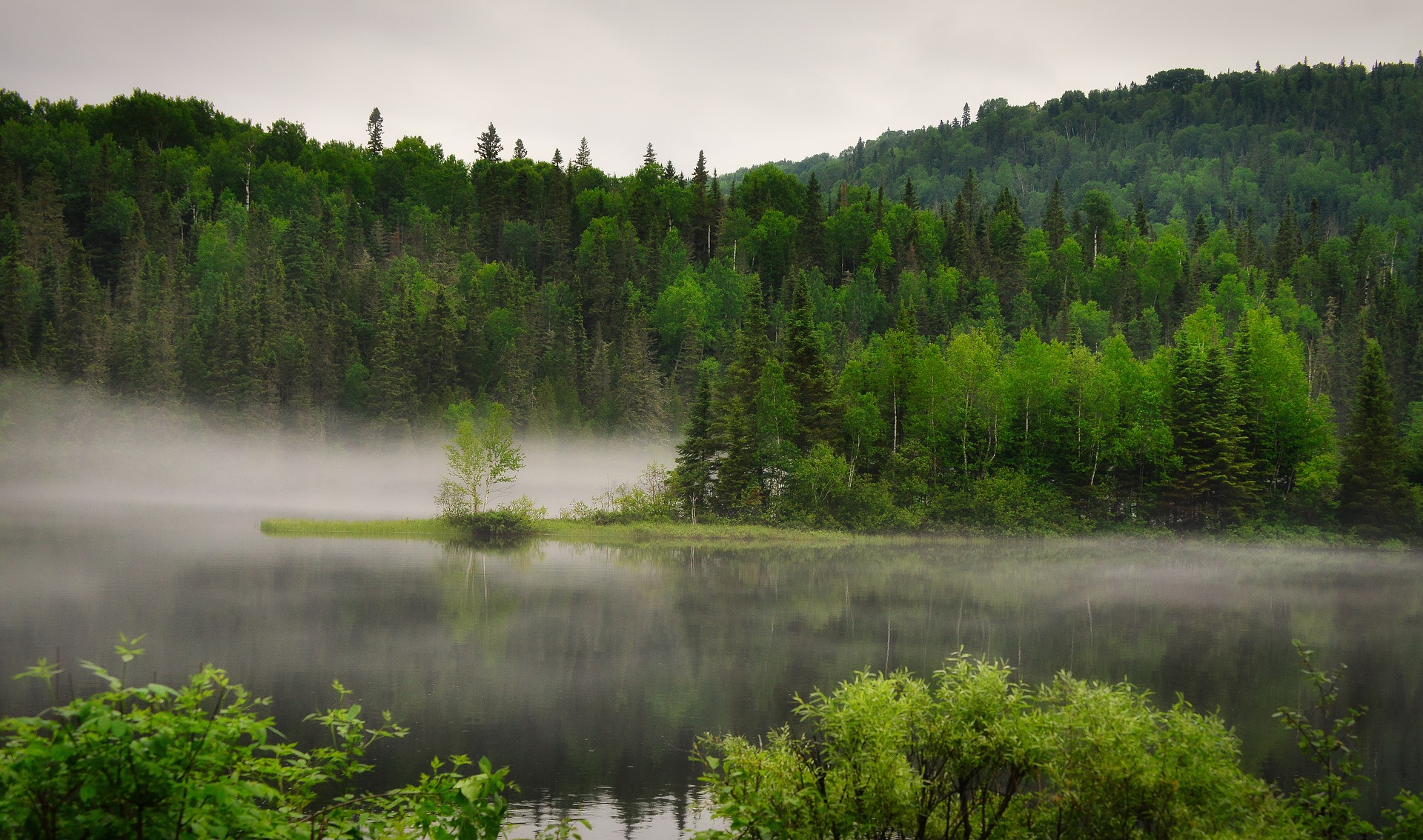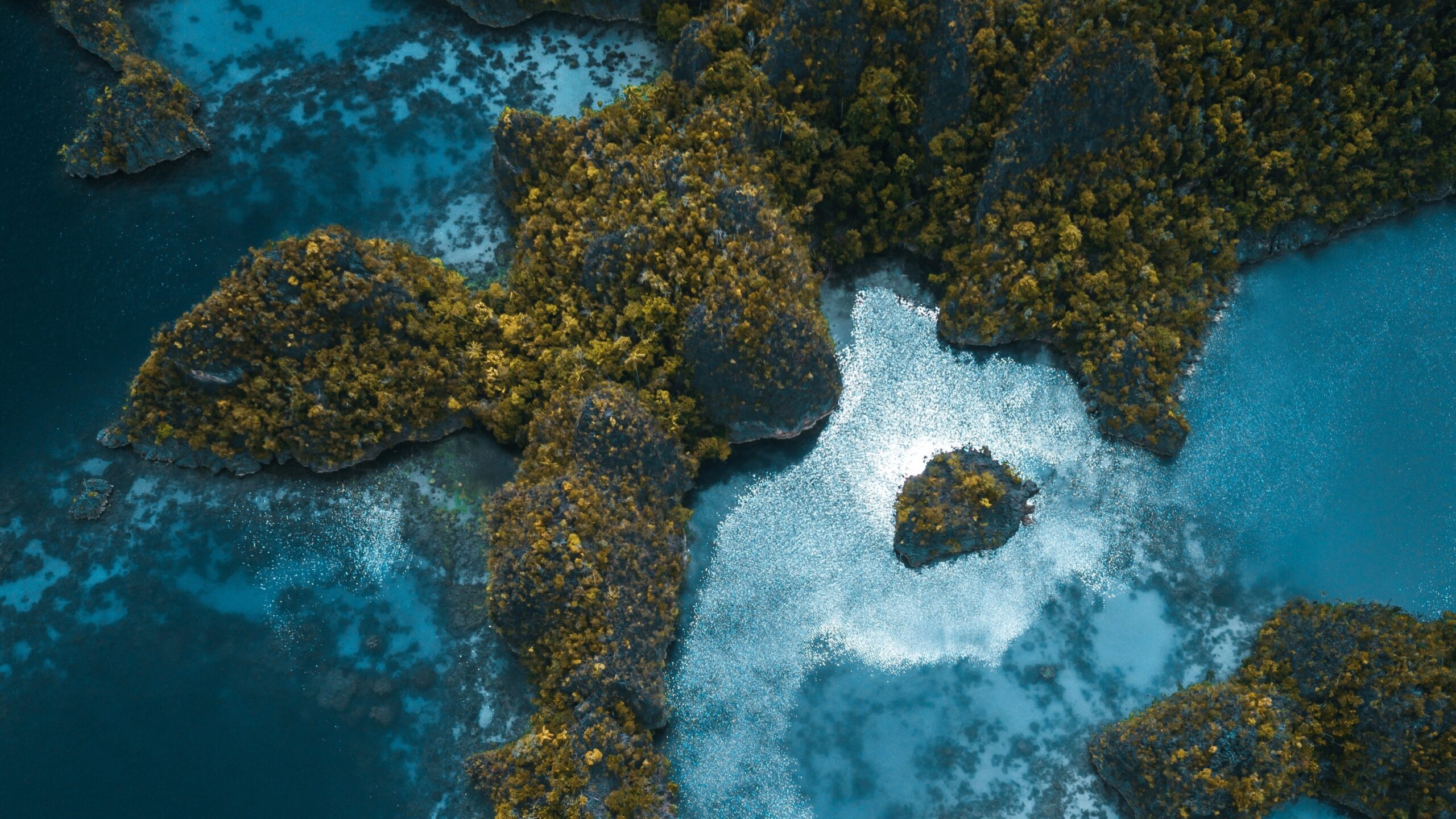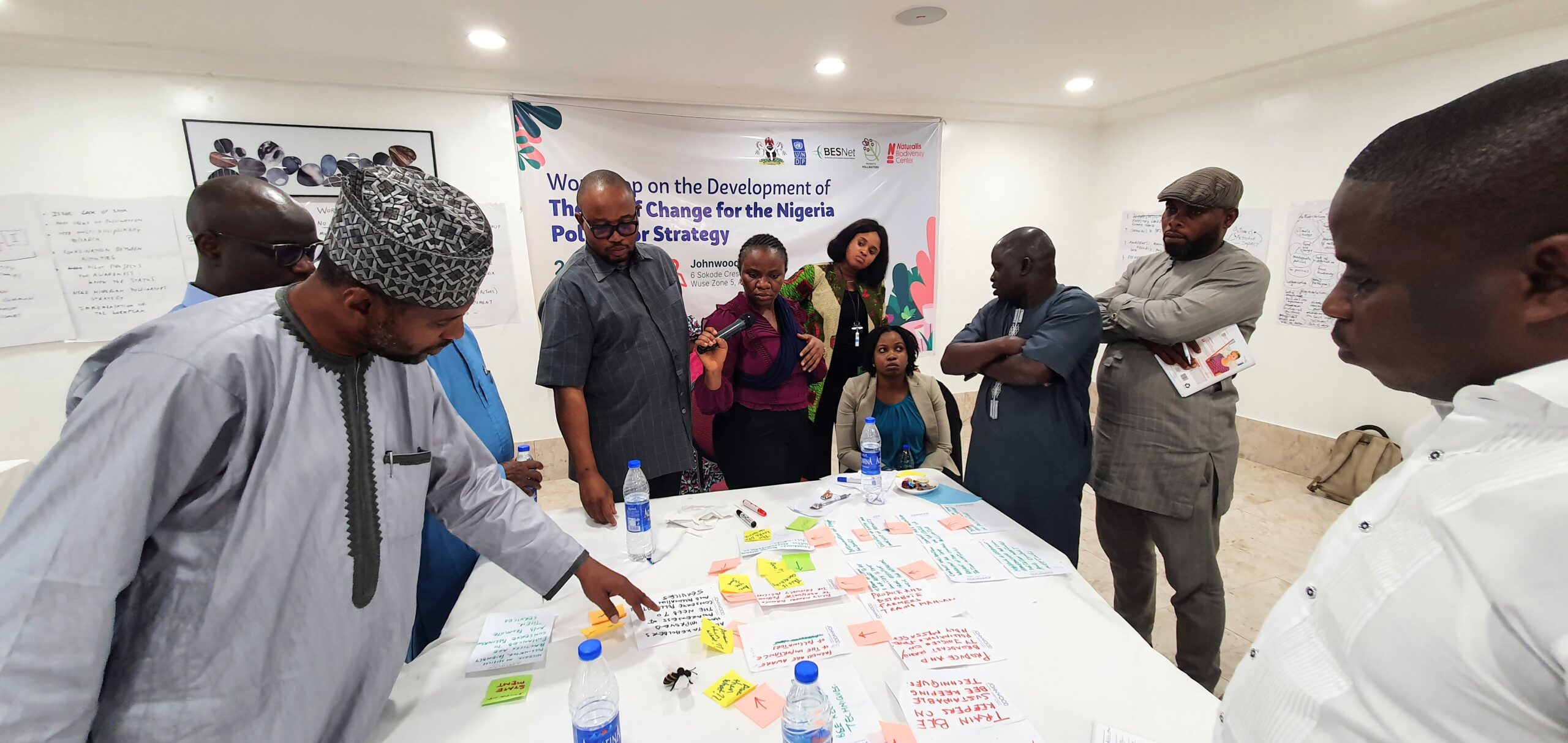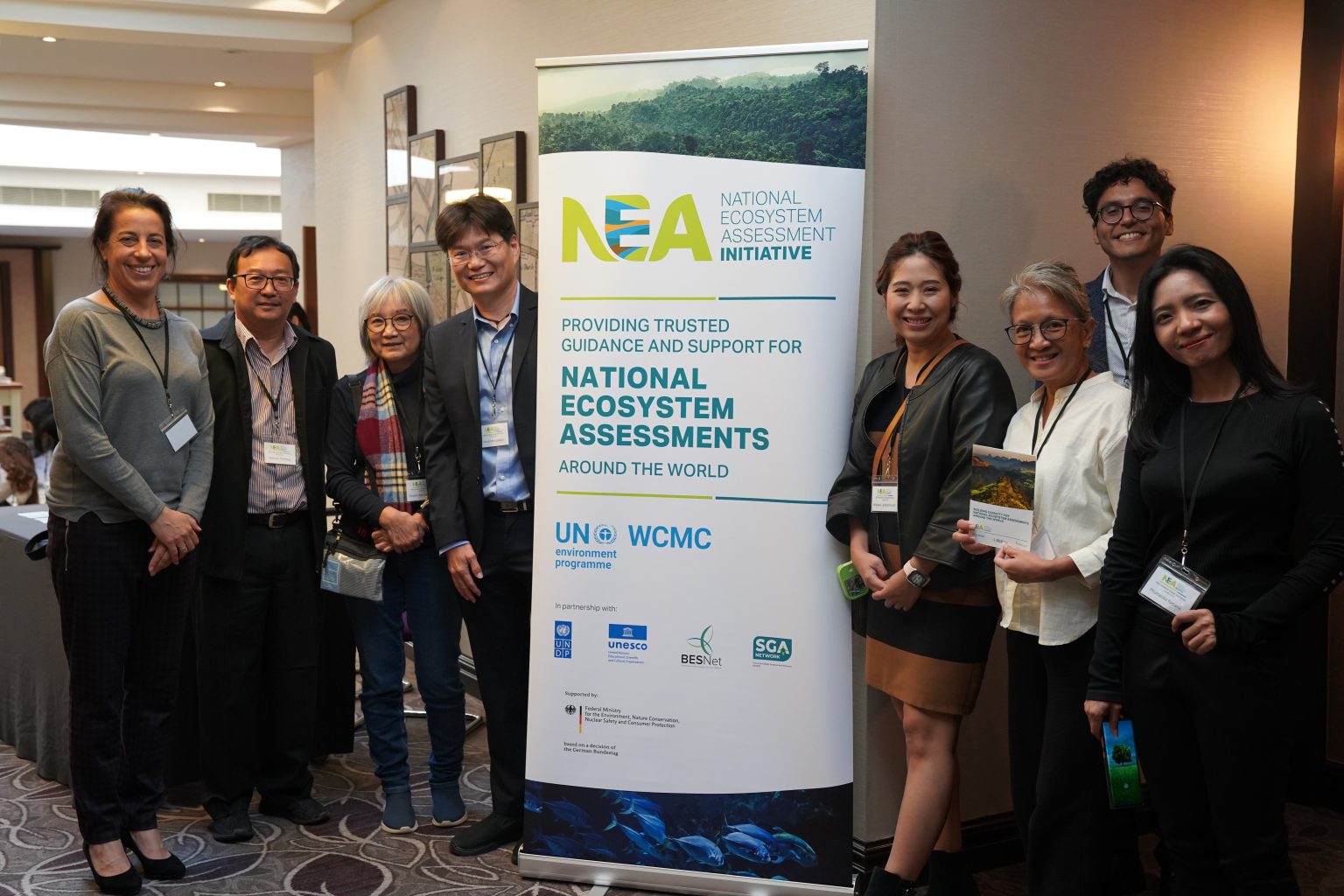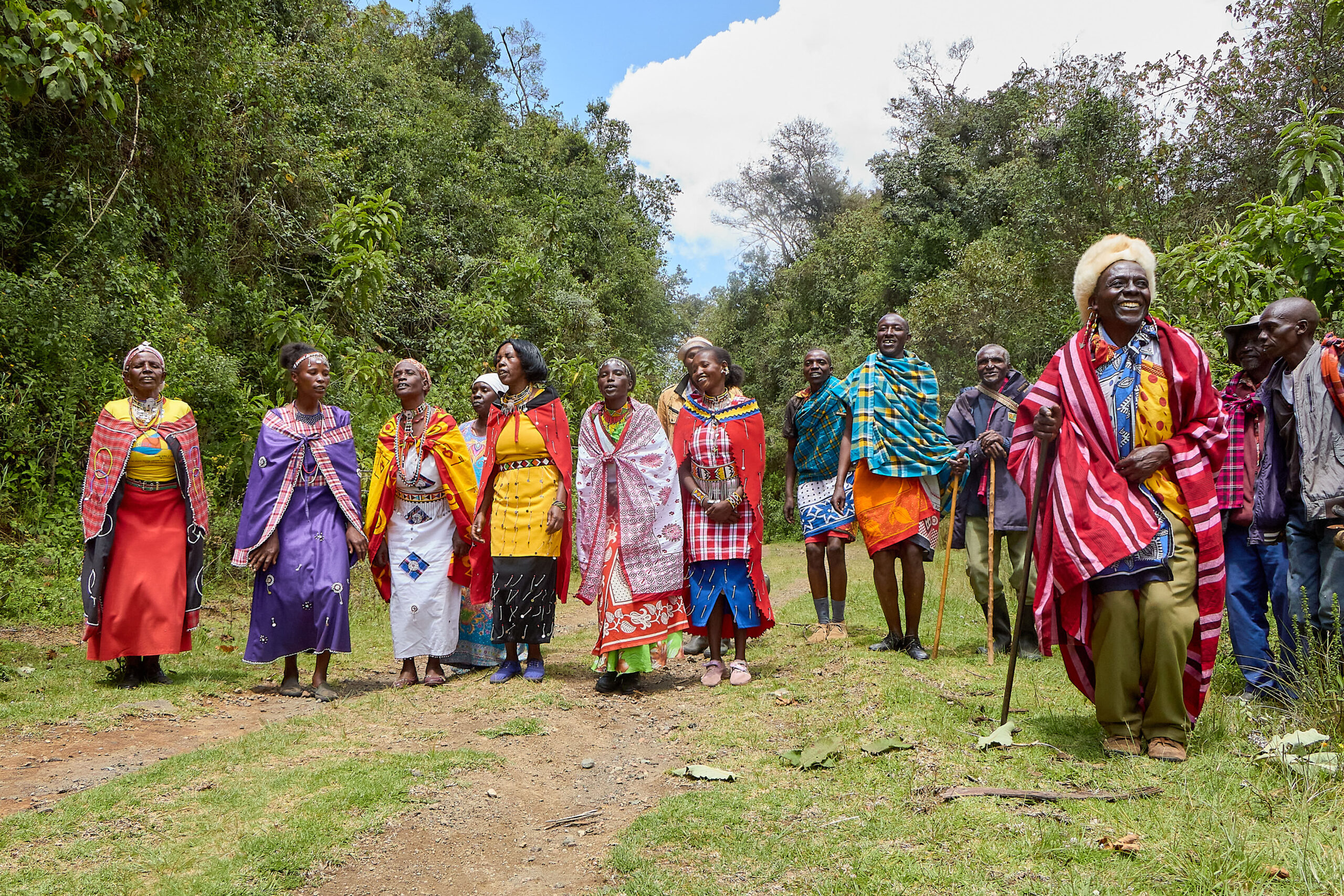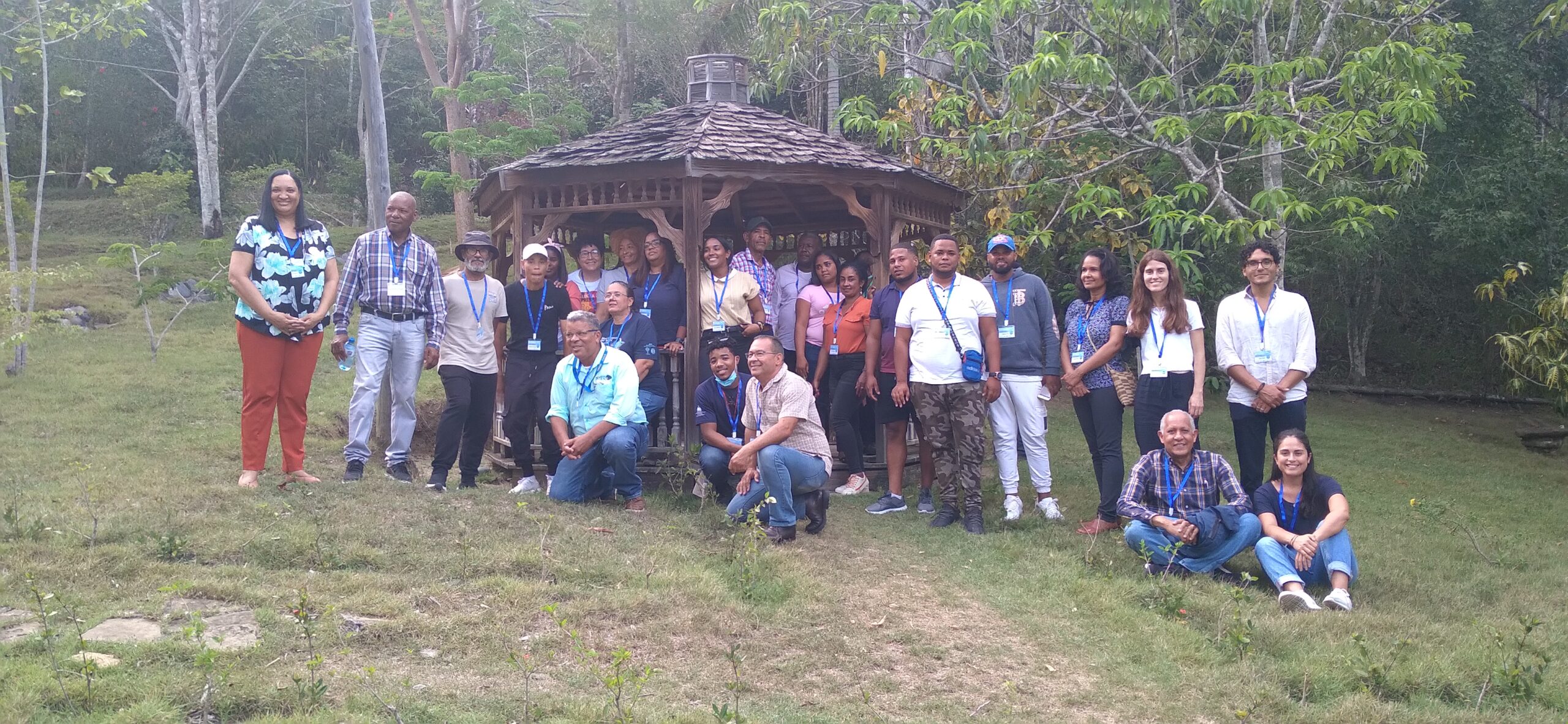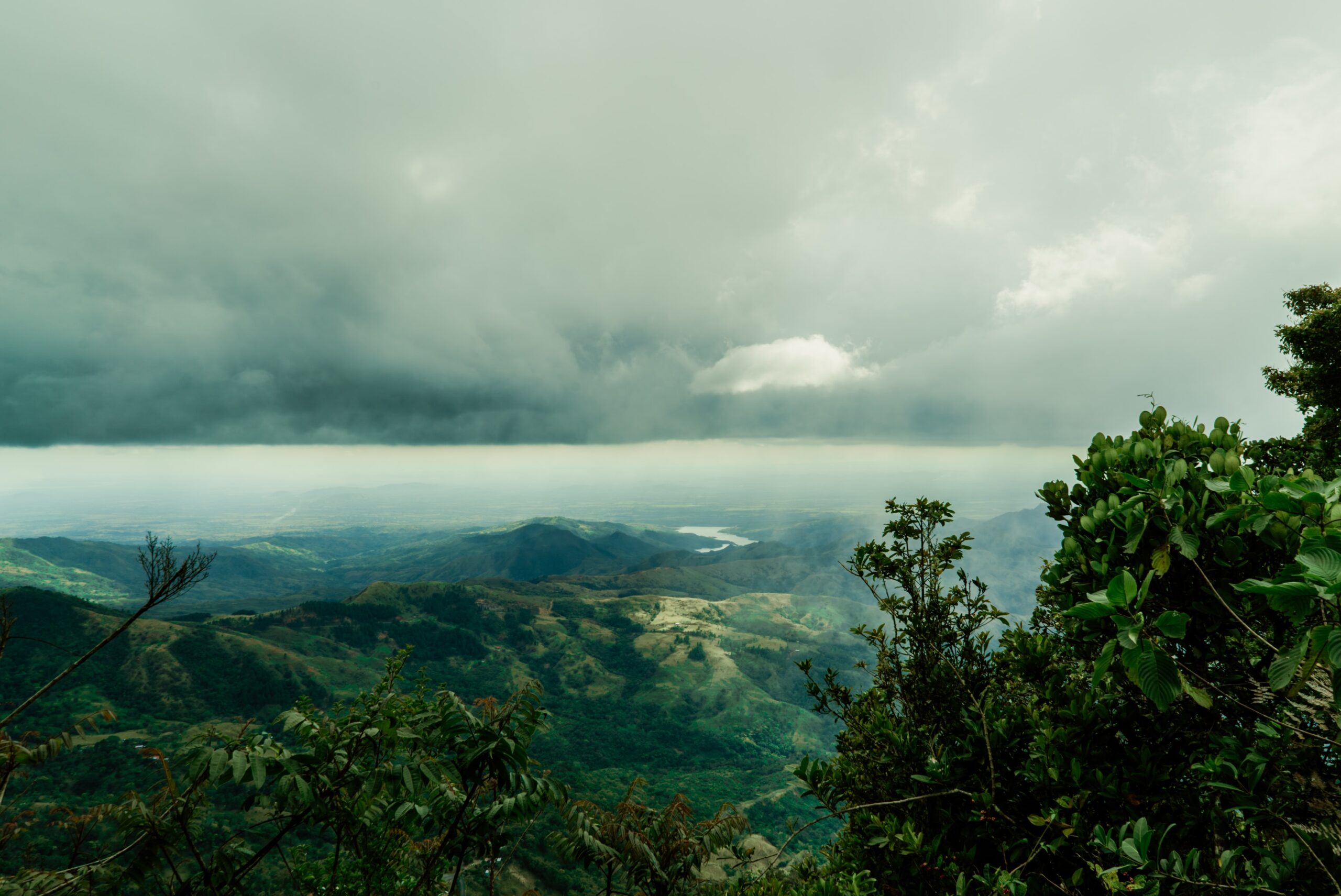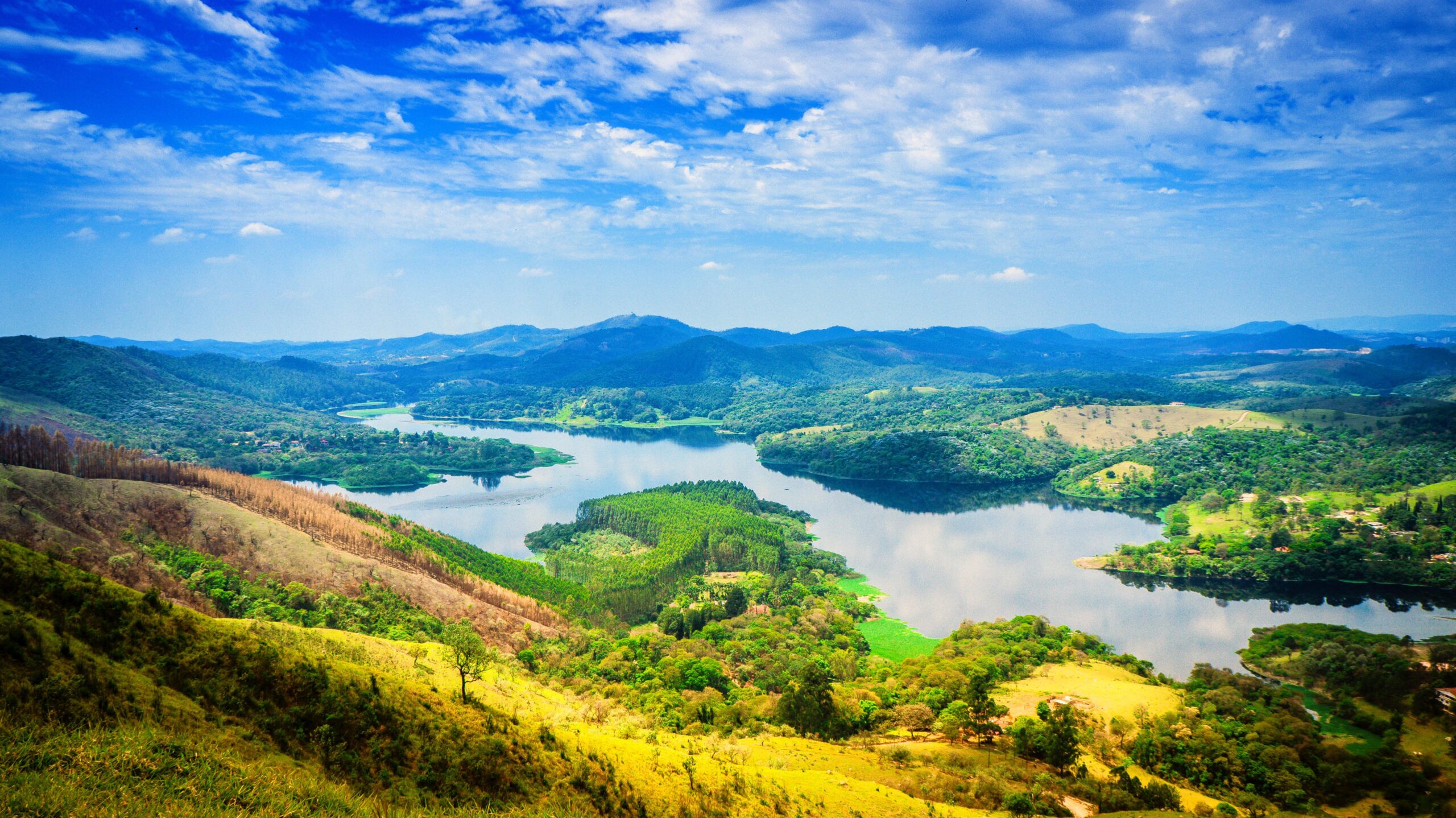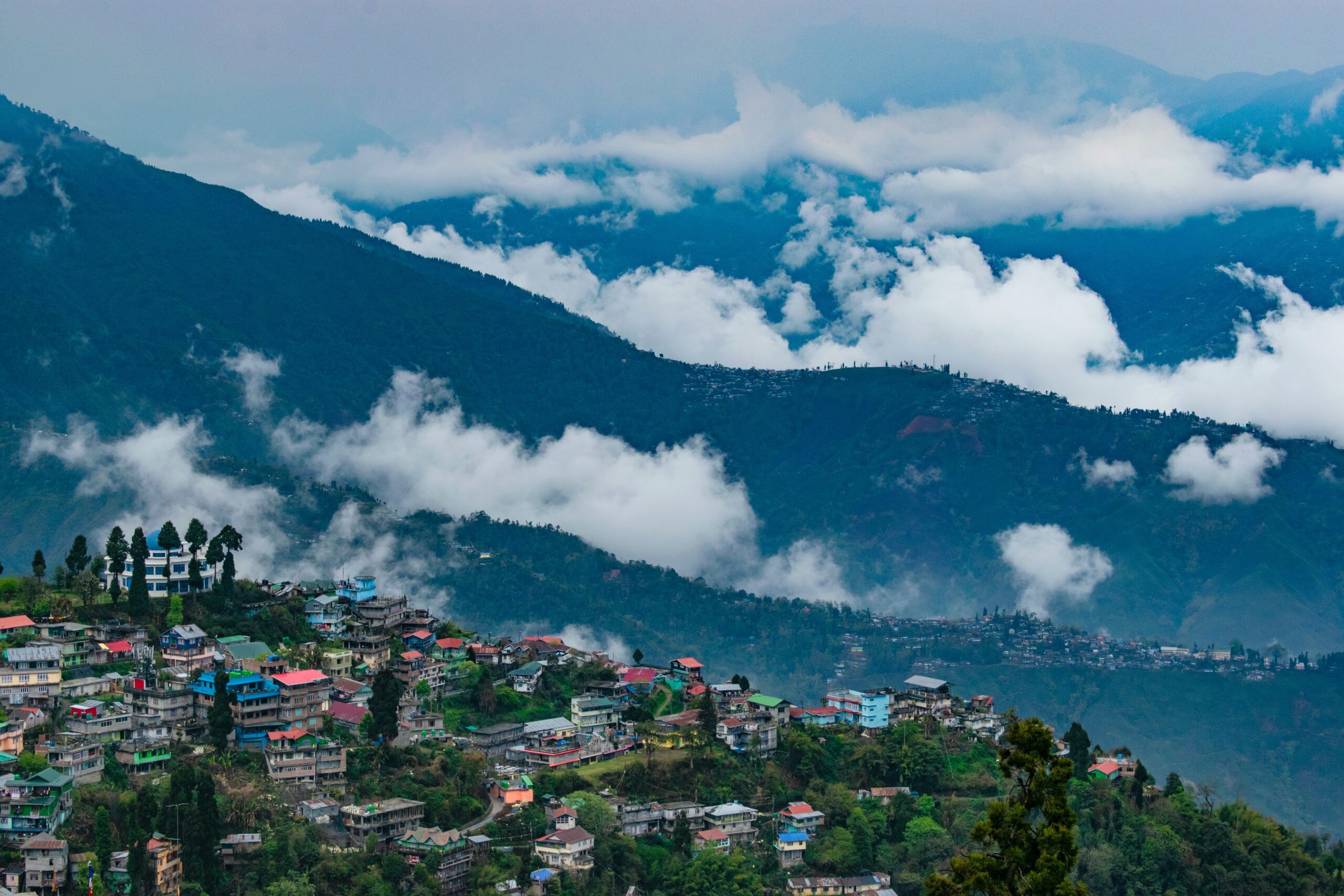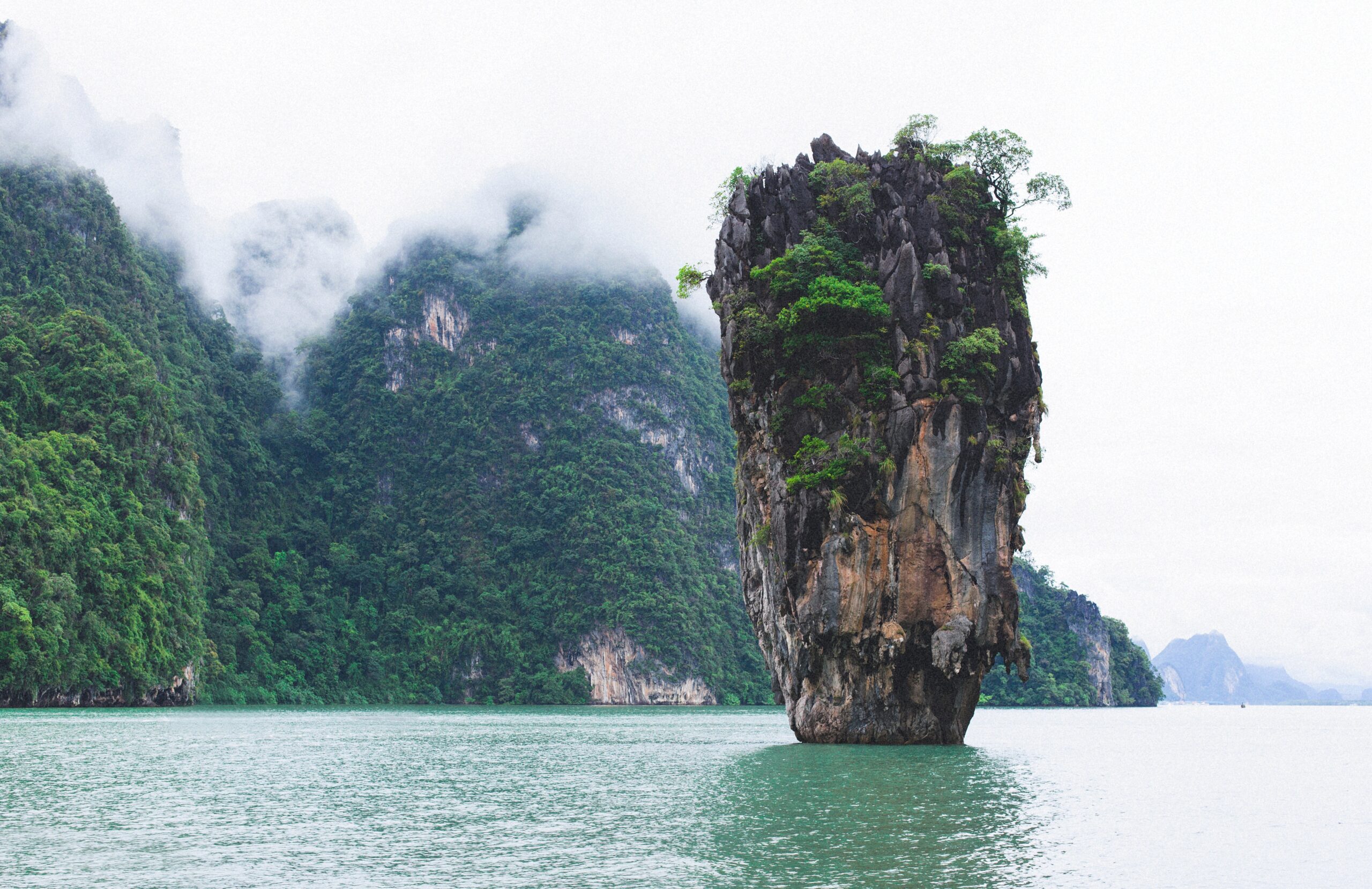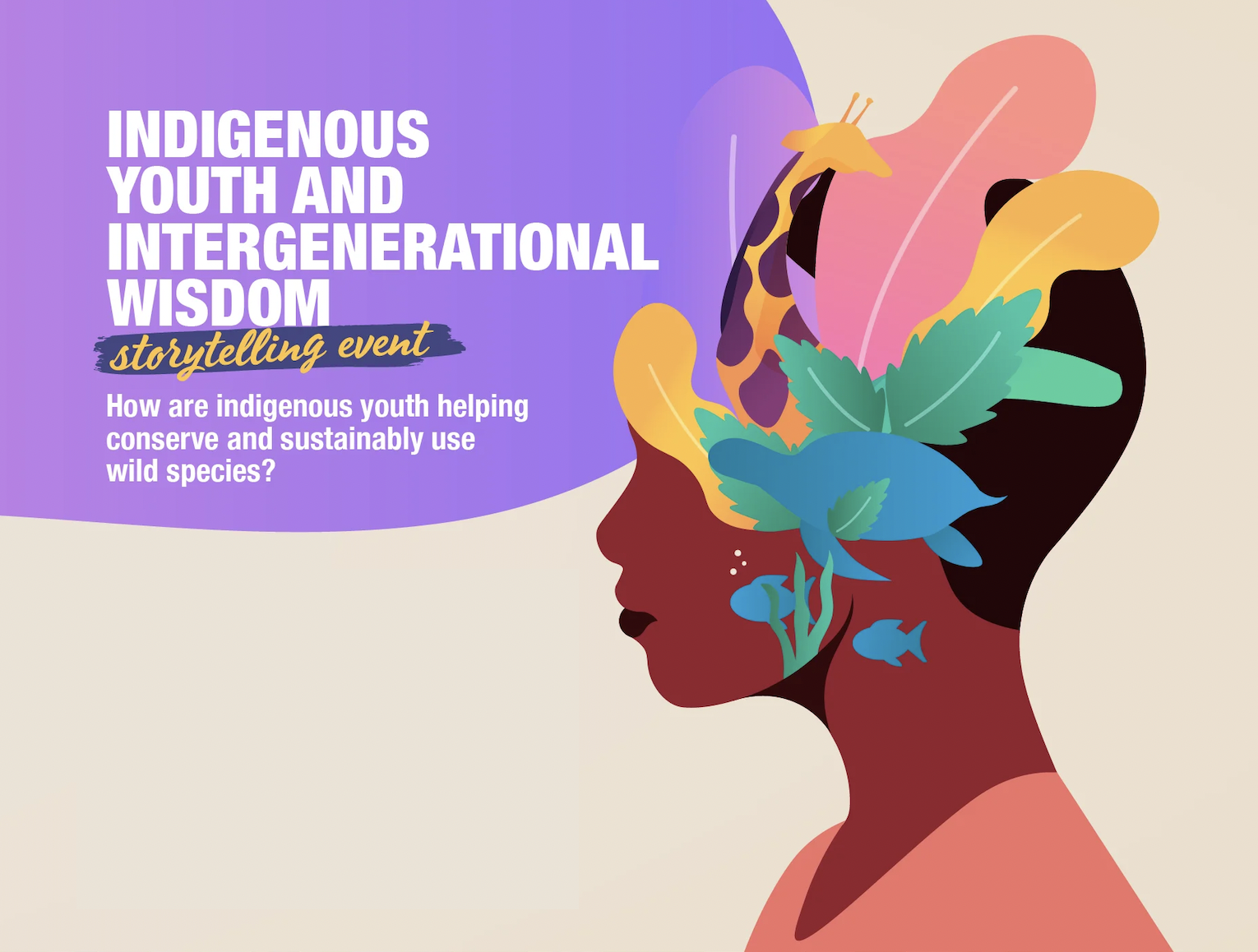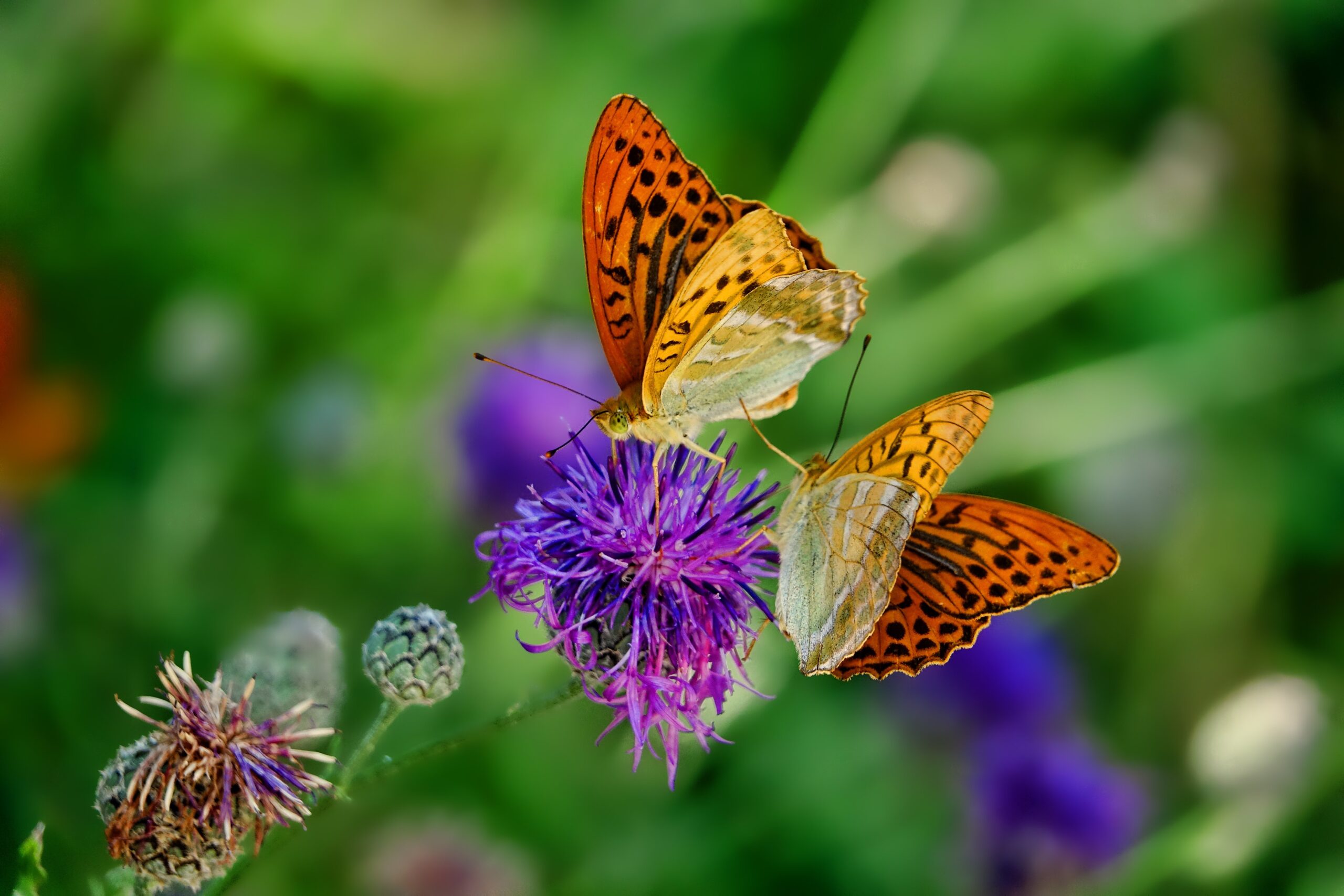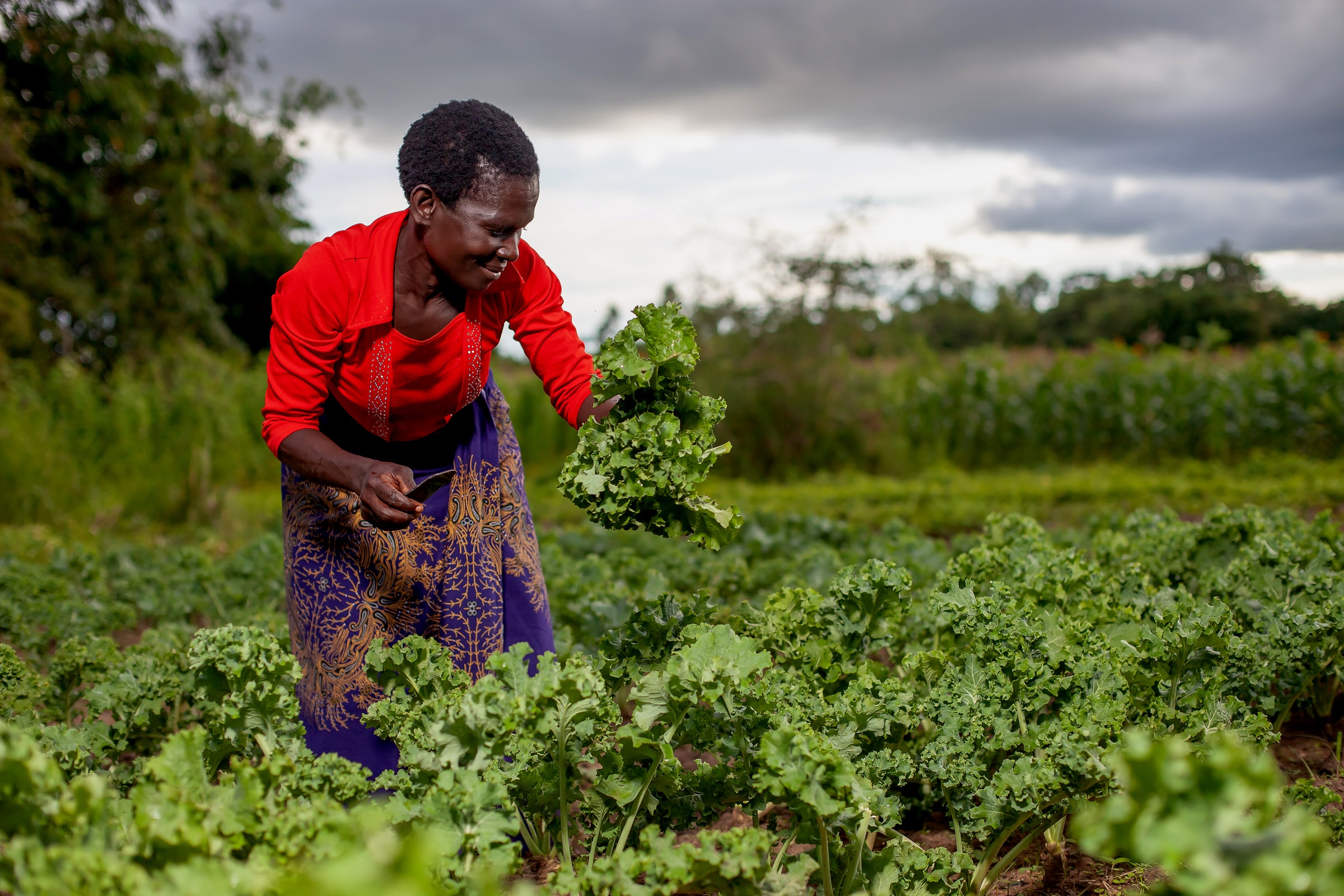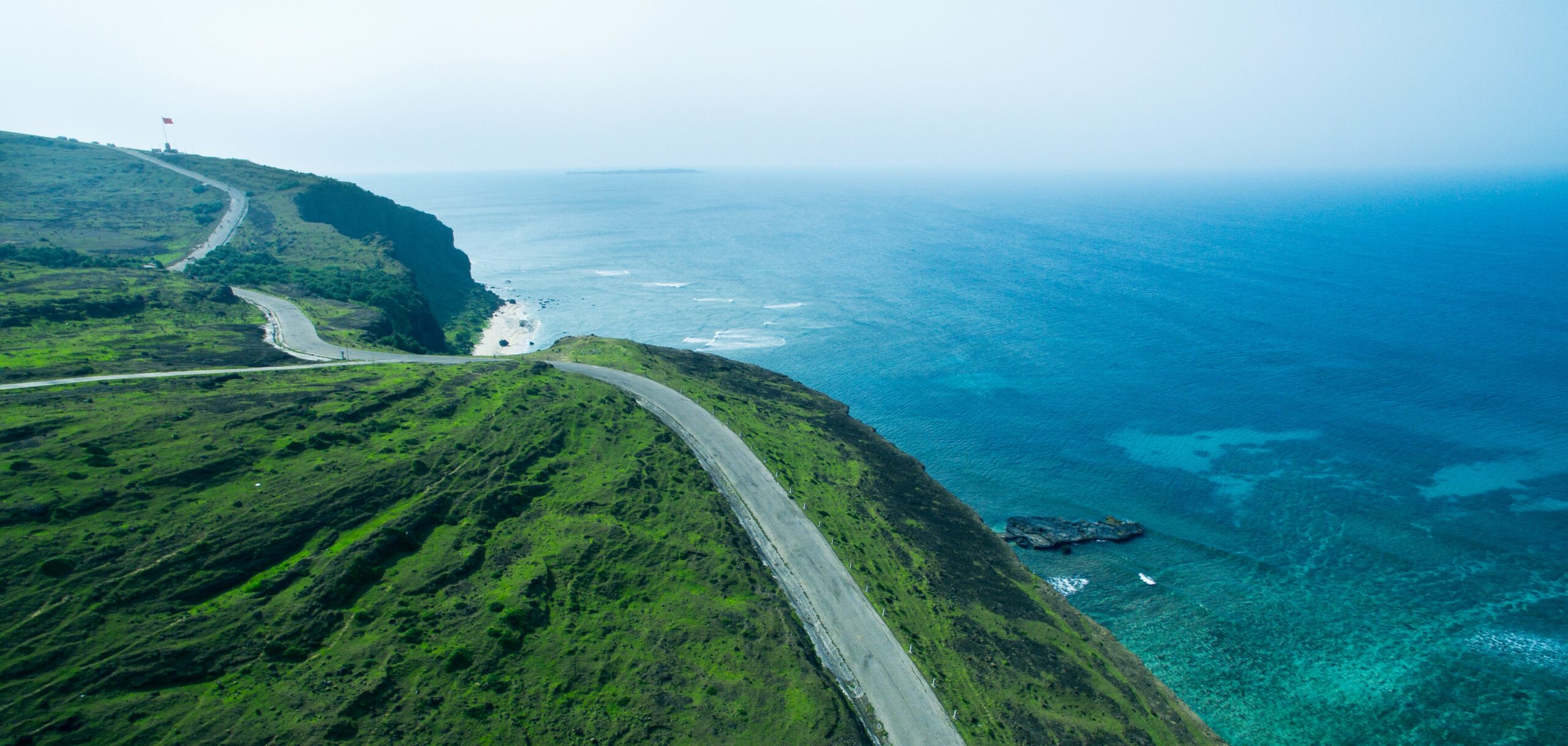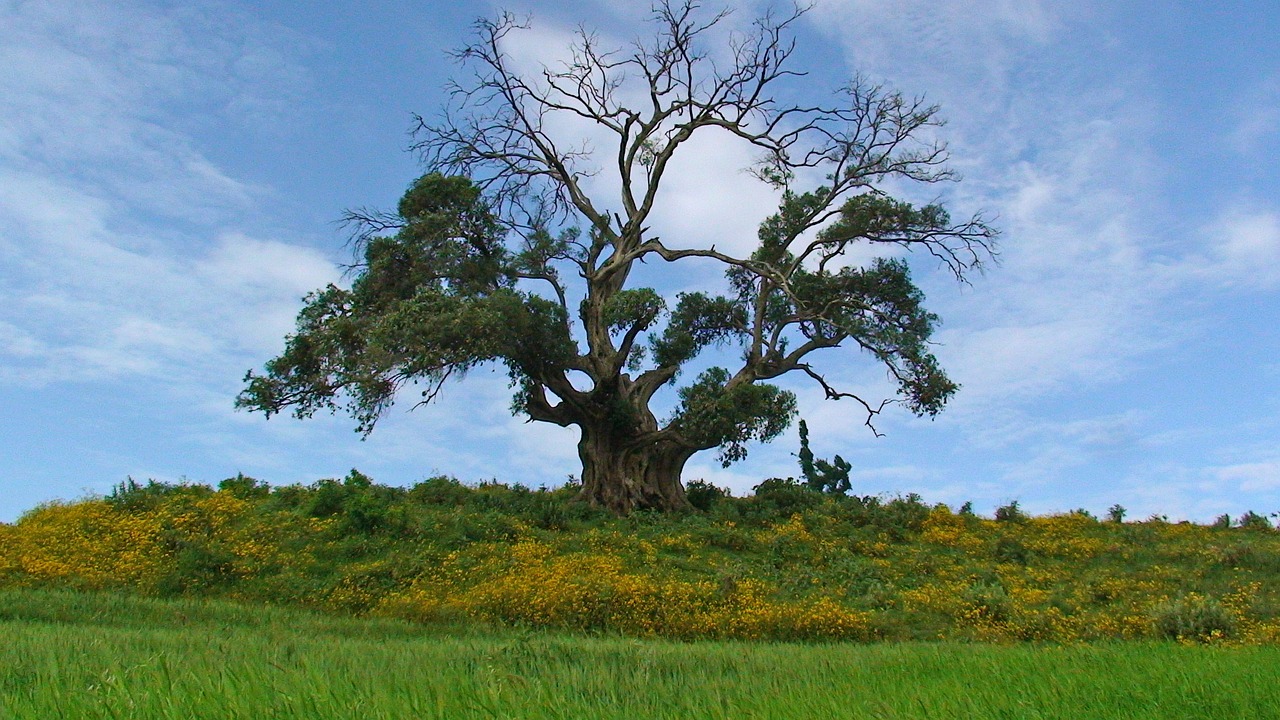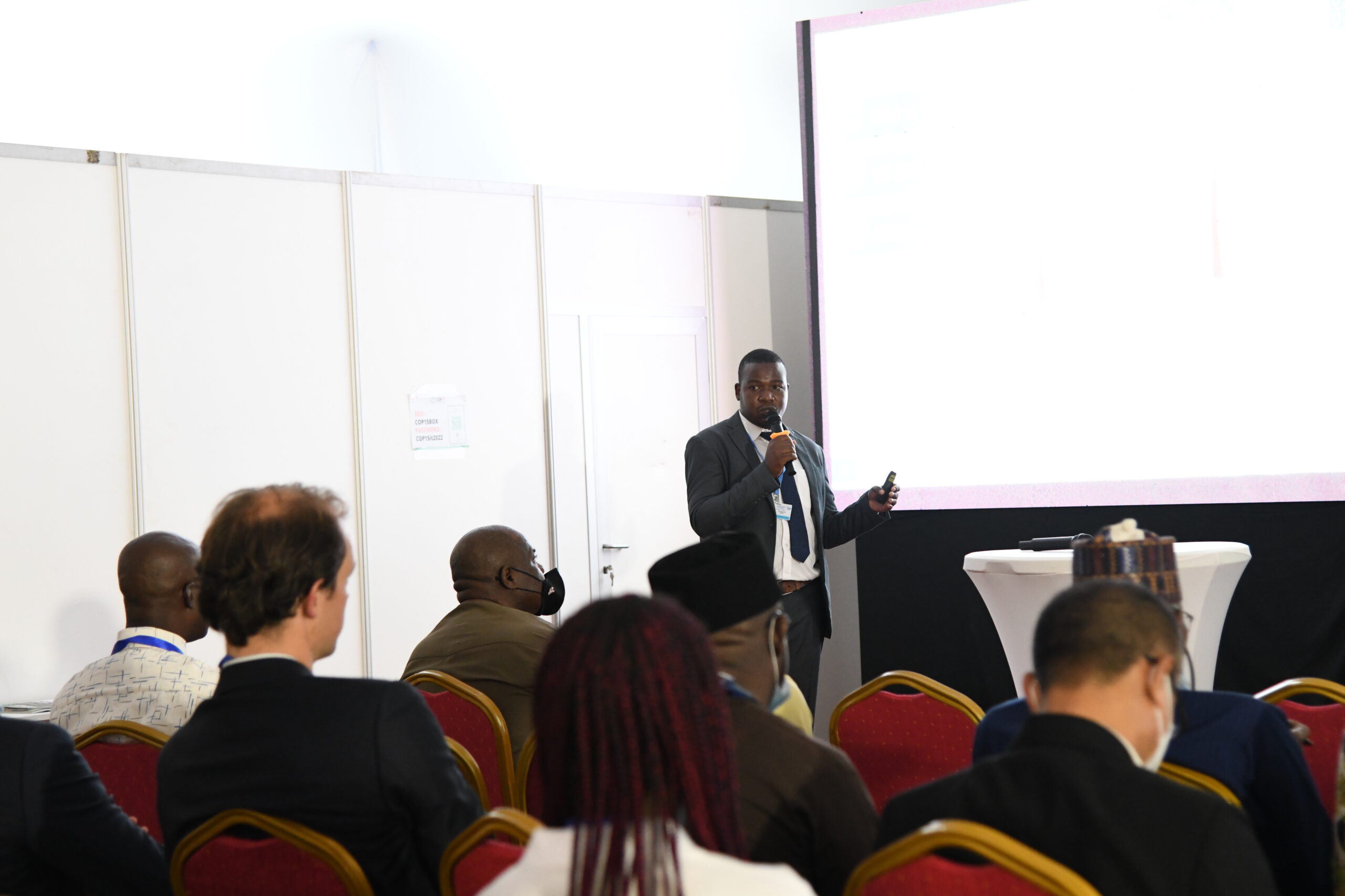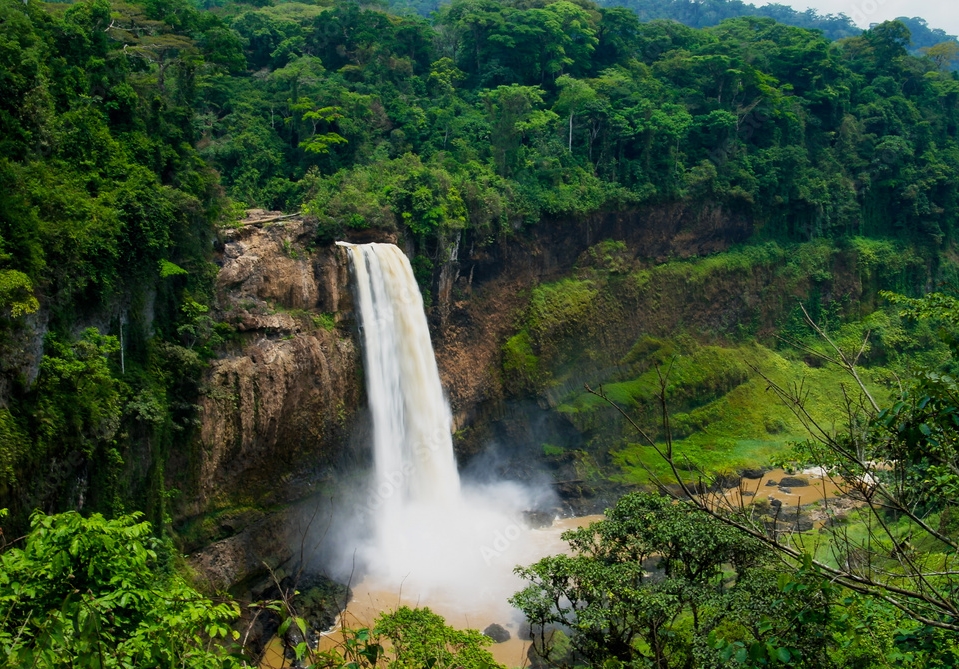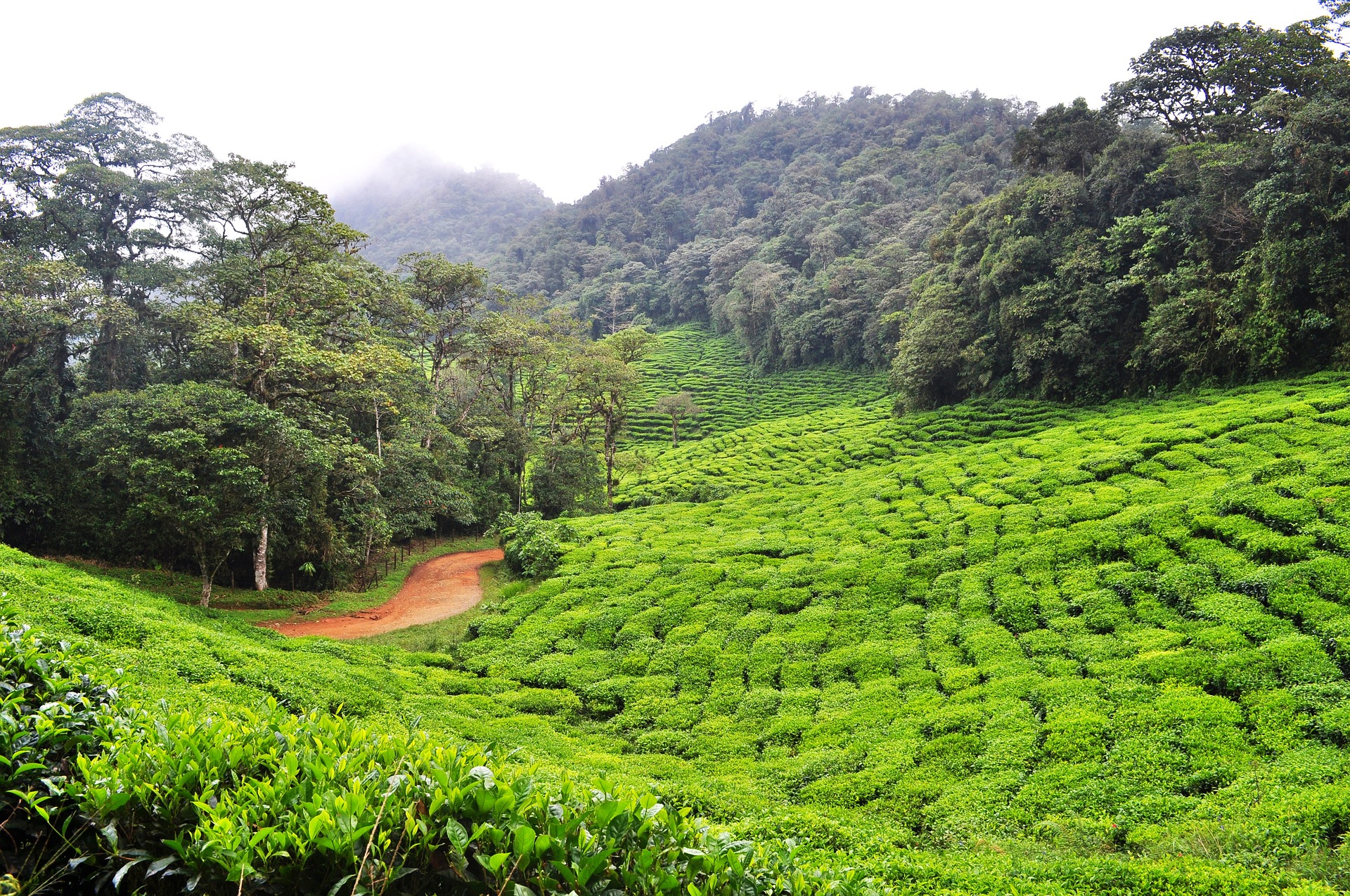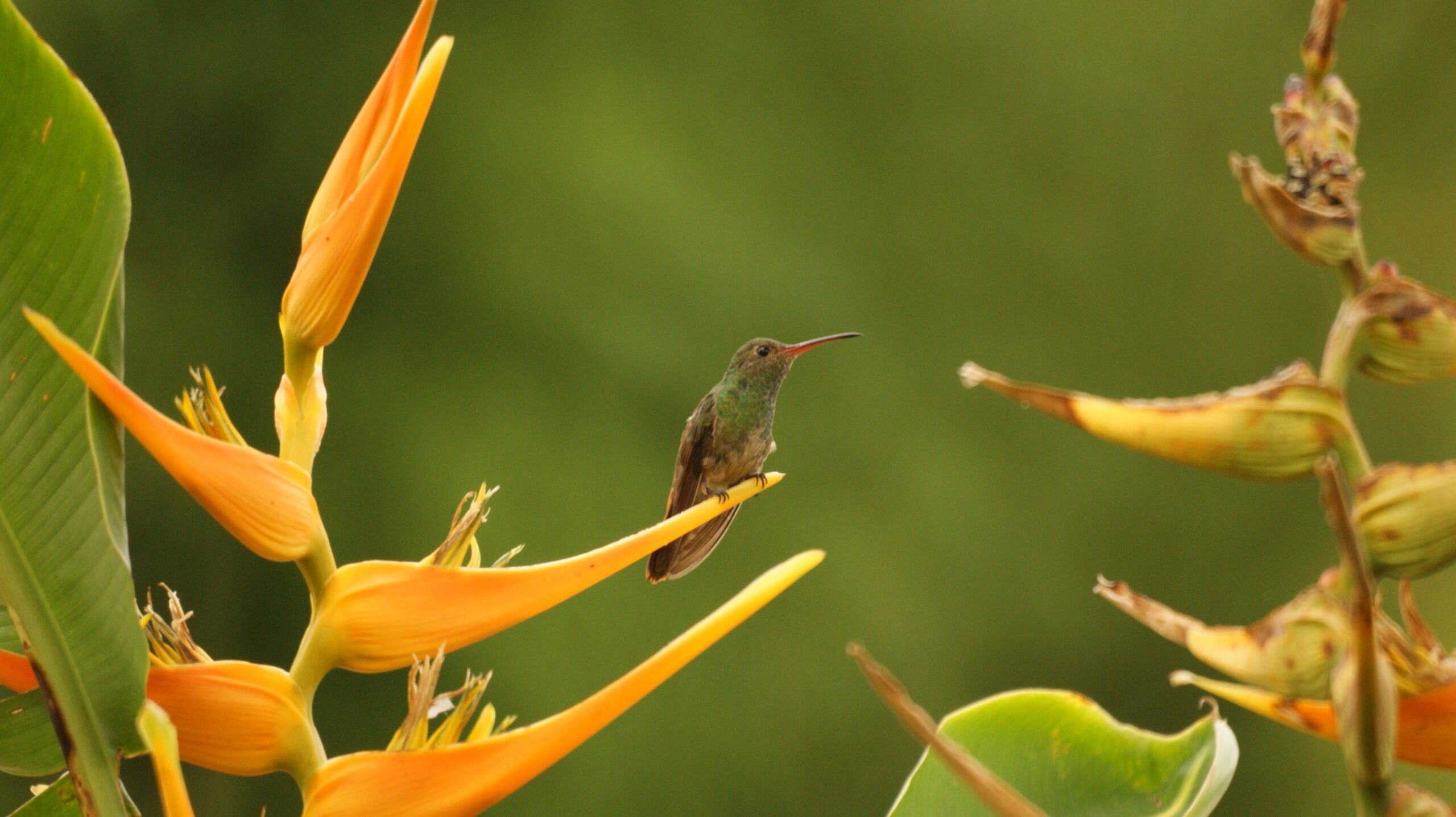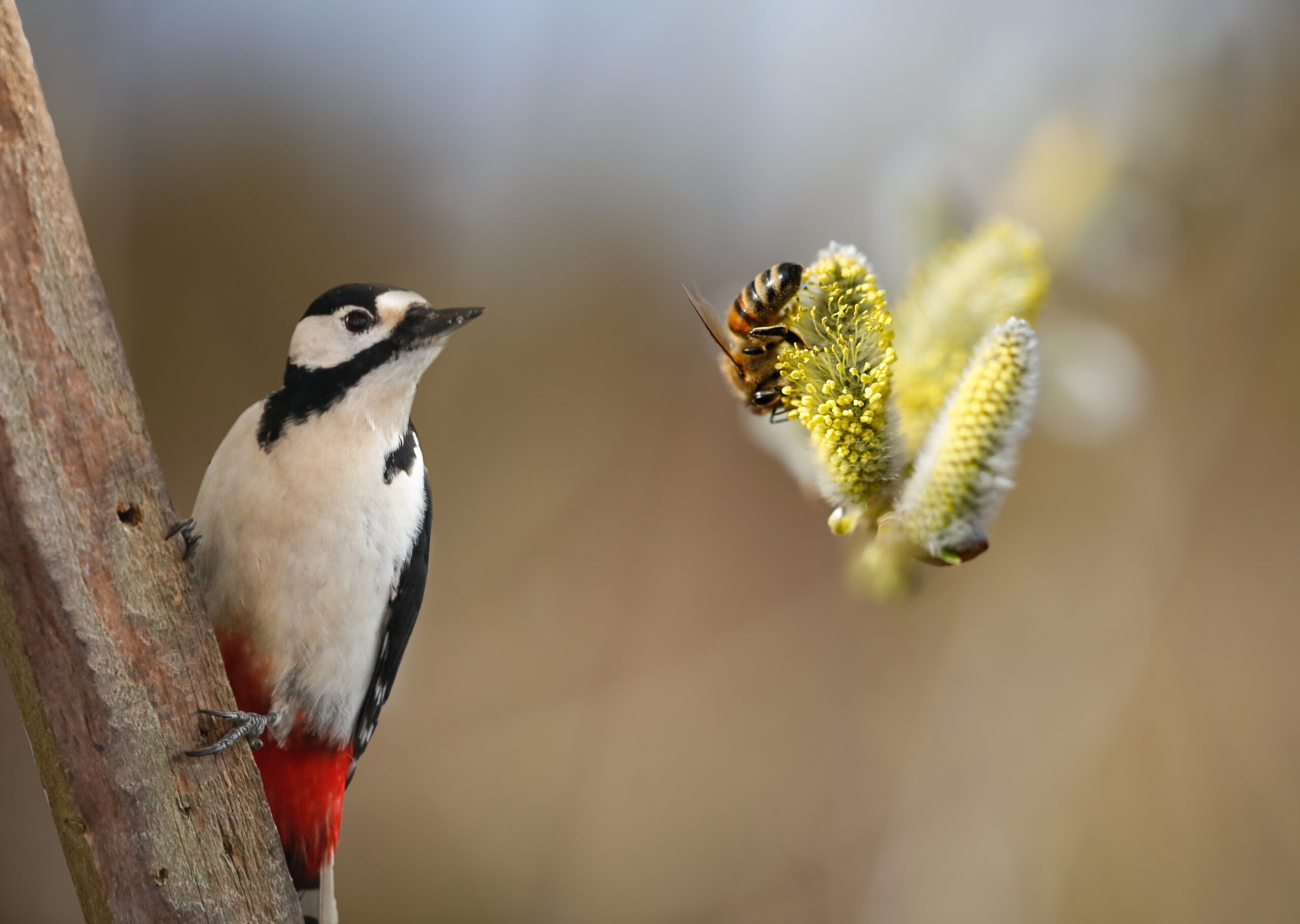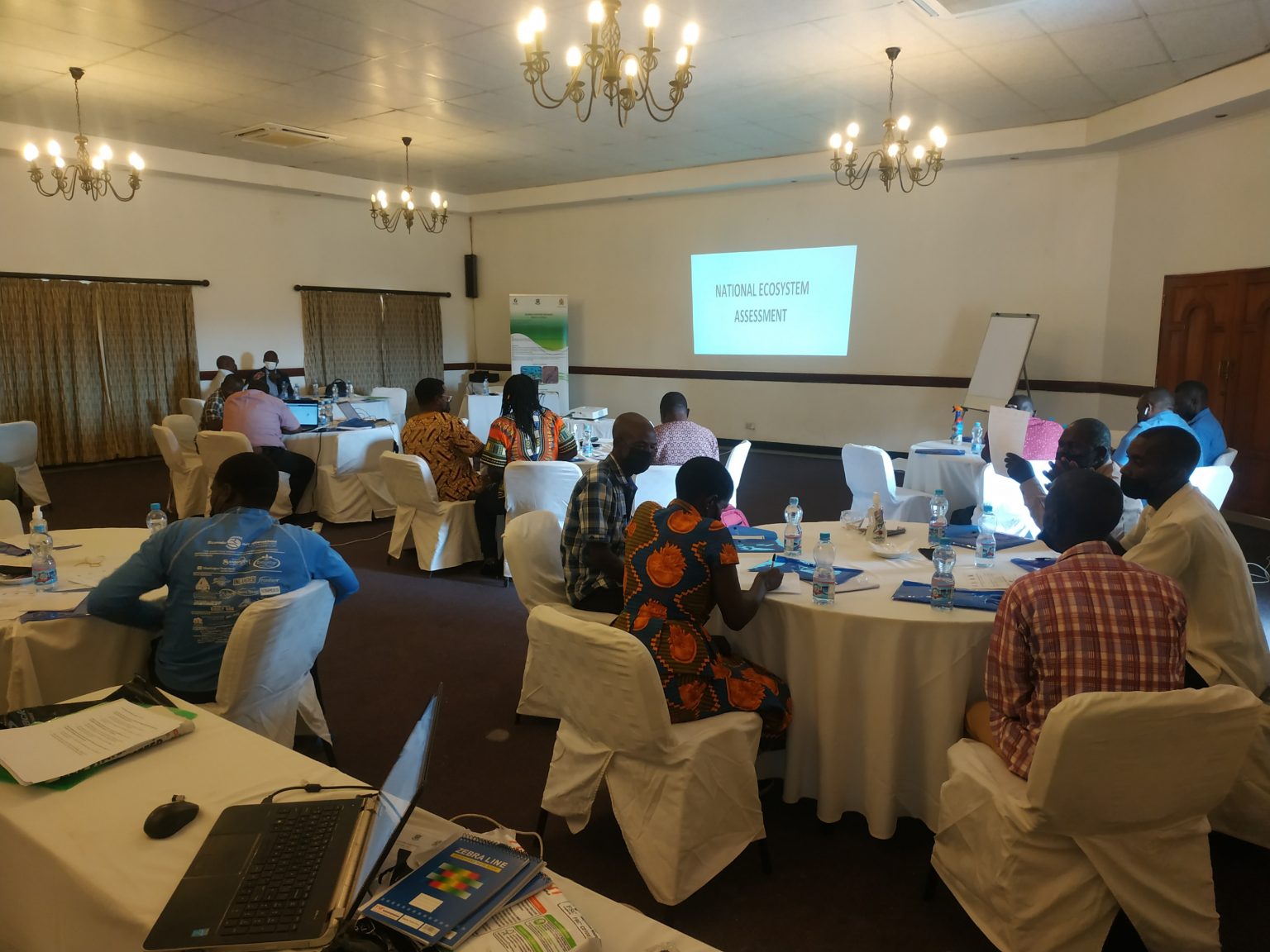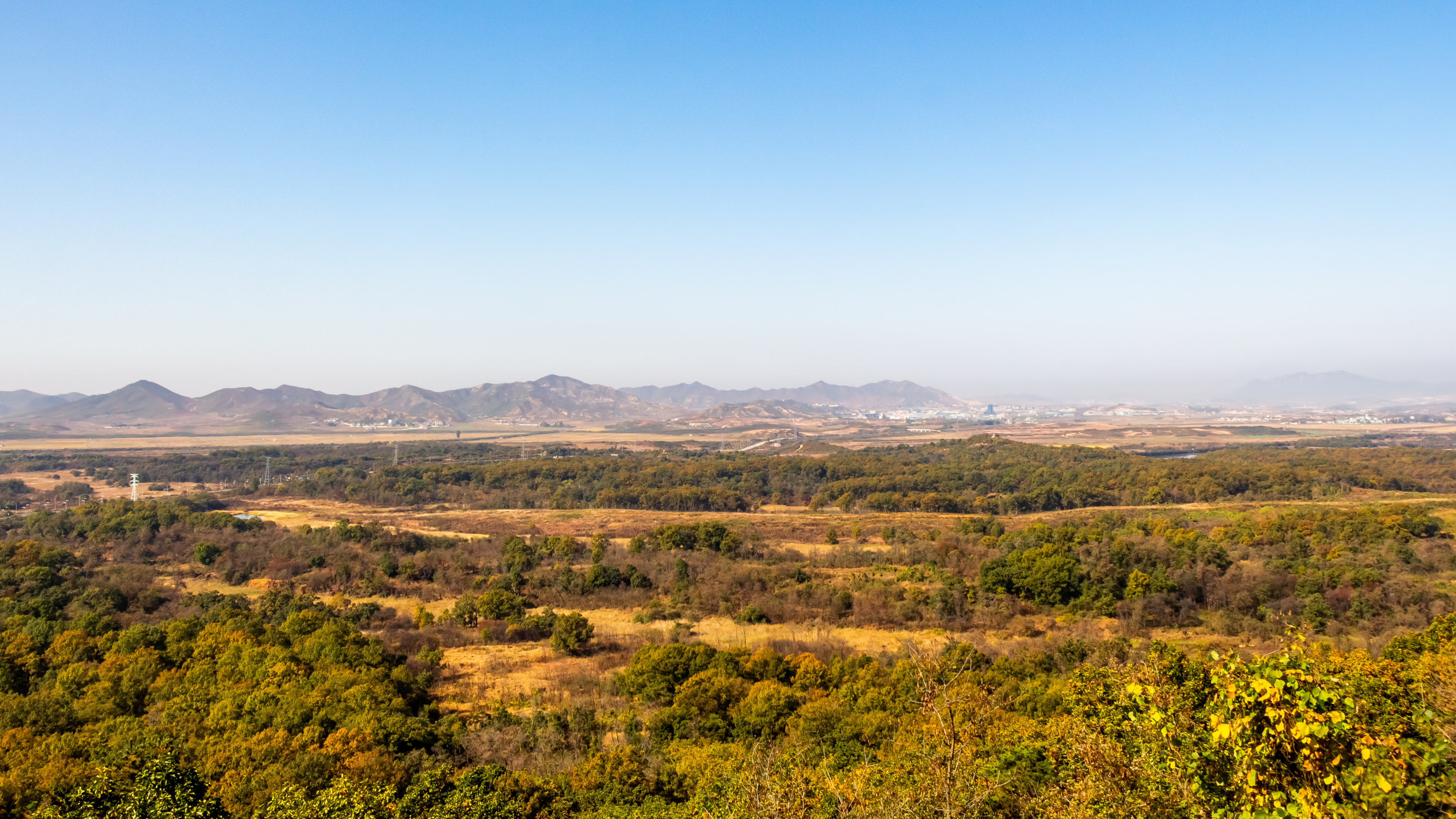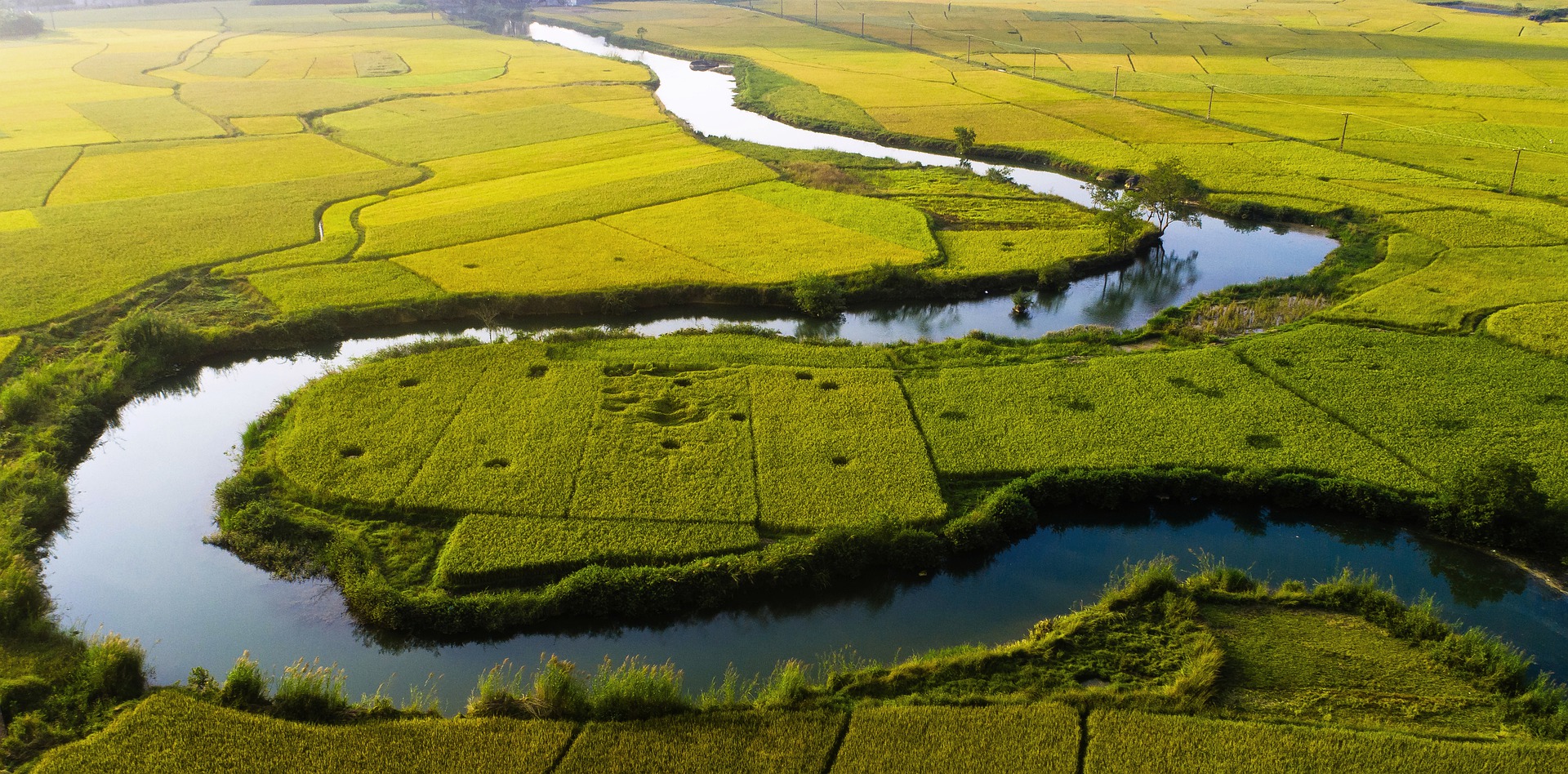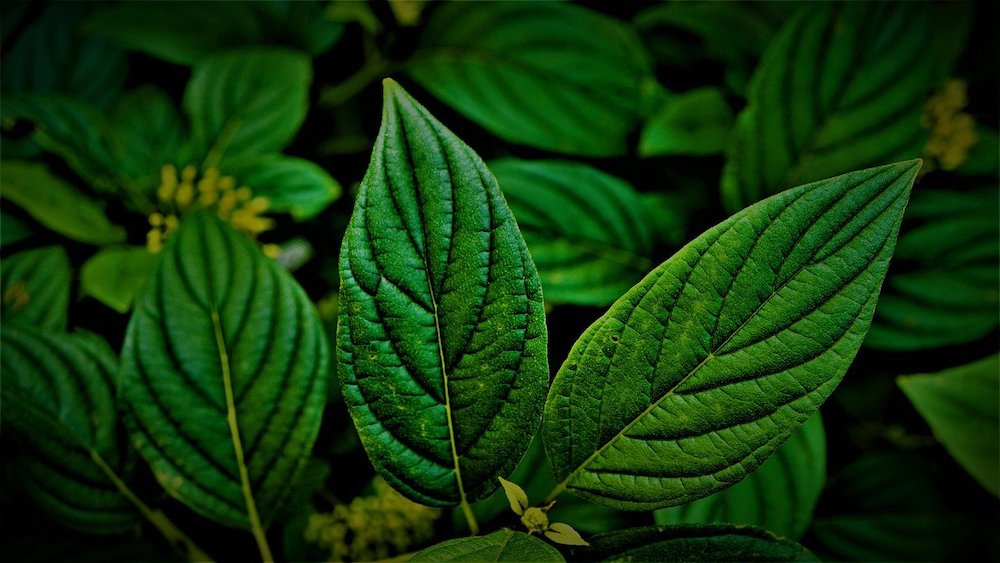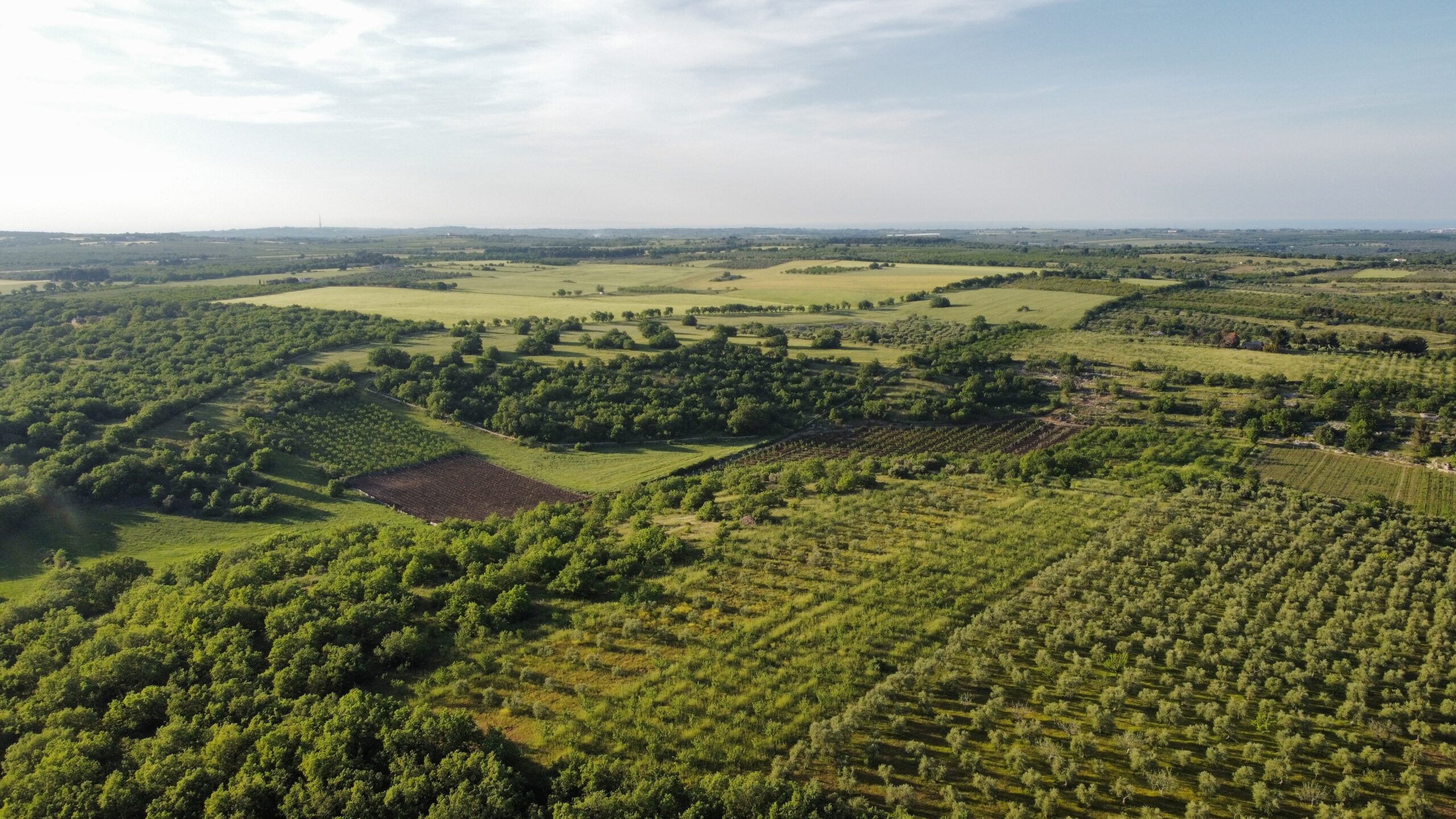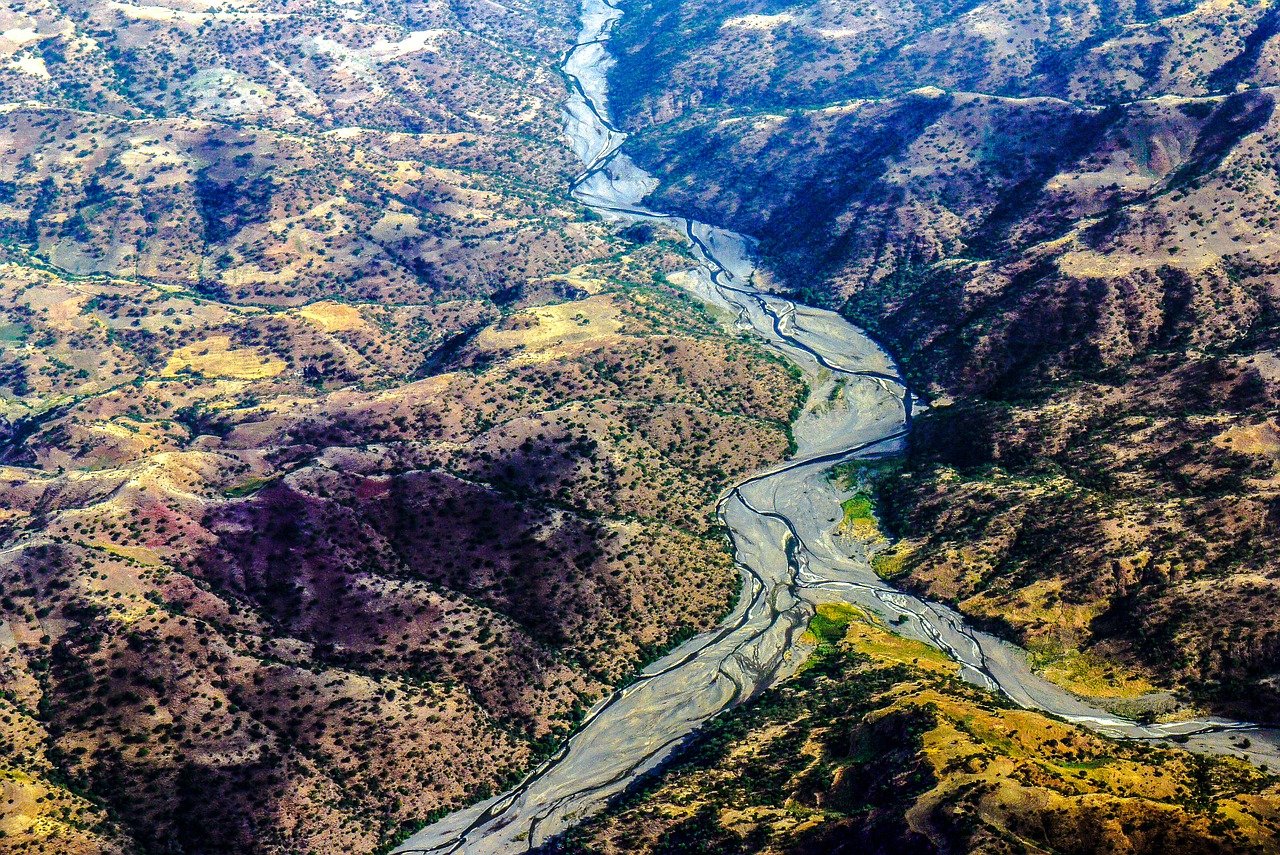Addressing Plastic Pollution while Harnessing Traditions in the Philippines
by Camila Jativa, BES-Net ILK Communications Intern, UNESCO-LINKS
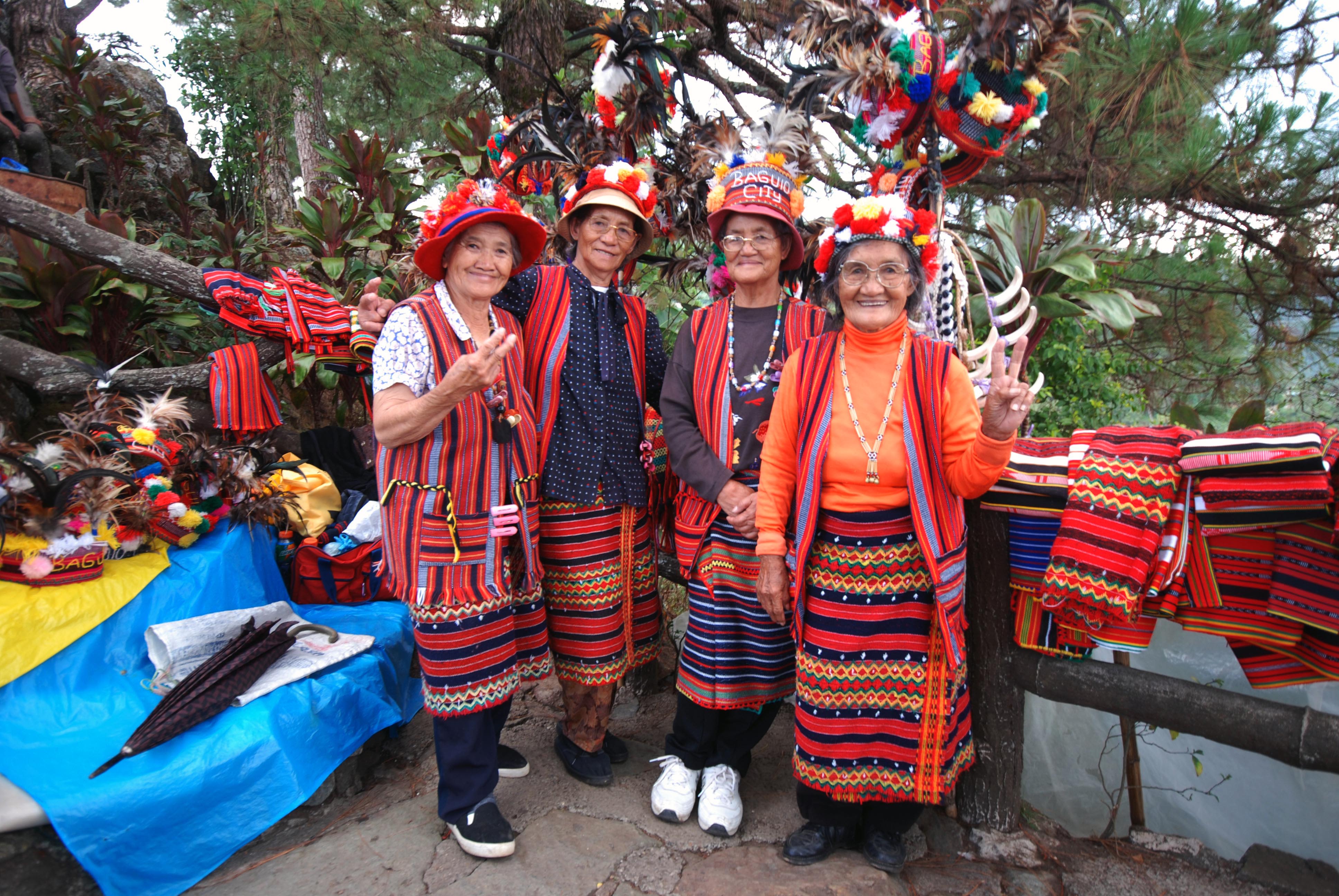
Photo by Ranieljosecastaneda on Wikimedia Commons
Photo by Ranieljosecastaneda on Wikimedia Commons
Photo by TagaSanPedroAko on Wikimedia Commons
Photo by TagaSanPedroAko on Wikimedia Commons
In the northern Philippines, the Indigenous Peoples of the Kankana-ey Igorot tribe practice the ayyew principle, which means “not wasting anything” – including food and water – because resources are scarce. This principle is rooted in their practices and lifestyles, underpinning the need to consume available resources responsibly and sustainably. Over the generations, the Igorot people have developed many practices to promote the sustainable use and management of natural resources, such as making pasiking bags – indigenous basket-backpack made from naturally renewable materials, mainly rattan and bamboo. The traditional basketry craft for making pasiking bags is still common in the Northern Luzon region of the Philippines.
Despite the decline in manlalaga (basket weavers) because of ready-made mass production and limited access to raw materials, the Igorot communities have remained resilient and innovative in their craft. For example, some communities use plastic conveyor belts to make basket threads and weave pasiking bags. While Igorot Indigenous communities traditionally utilize renewable resources, they now also use waste resources such as plastic to make basket bags and other objects and artefacts.
Their creativity has enabled them to recycle all sorts of plastic wastes – ranging from straws and sachets to plastic wrappers of dynamite cords found by miners of the Cordillera – and incorporate their cultural traditions into the newly produced materials. Beyond helping their own communities in the Igorot Mountain area, those practices impact the coastal regions by keeping plastic out of rivers and preventing it from reaching the ocean.
Photo by Shamekday on Wikimedia Commons
Photo by Shamekday on Wikimedia Commons
Solutions to Plastic Pollution

Celebrated every 5 June, World Environment Day in 2023 sheds light on “solutions to plastic pollution”. It is an opportune moment to highlight the efforts and ways Indigenous Peoples and local communities are taking an active role in combatting the pollution crisis and dealing with plastic waste. Along with their deep-rooted connection to nature and innovative solutions, they provide insights and lessons on how to turn plastic waste into higher-value goods and culturally significant objects and showcase creative ways of using resources and people’s skills to generate new opportunities.
According to the Intergovernmental Science-Policy Platform on Biodiversity and Ecosystem Services (IPBES) assessment on the Sustainable Use of Wild Species, although Indigenous Peoples and local communities and their cultures are diverse, they still share common values of respect, waste avoidance and sustainable use practices of natural resources, among others.
Plastic pollution represents a planetary crisis that disproportionally affects the communities on the frontlines of waste sites, despite being the ones that least contributed to this crisis. It also has a detrimental effect on biodiversity, ecosystems and the well-being of these communities whose livelihoods rely on marine resources.
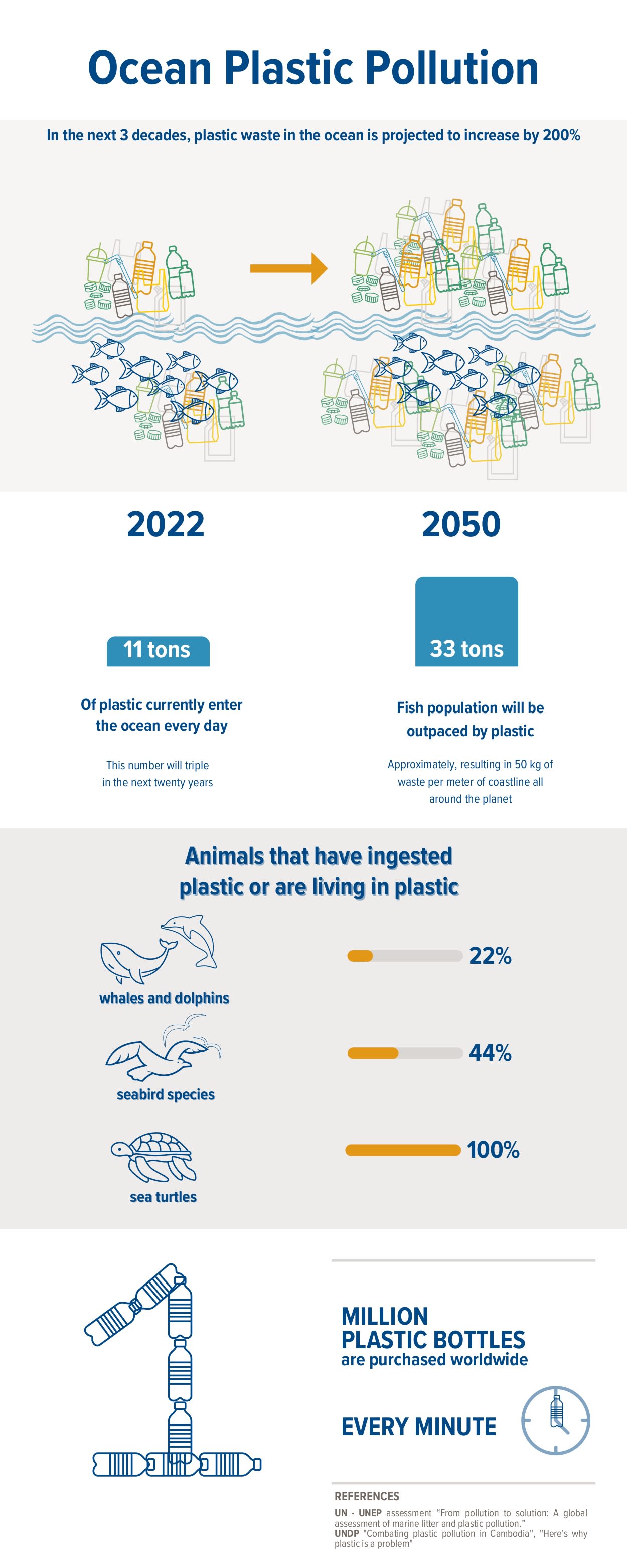
Plastic pollution has a negative impact on both human health and ecosystems. Discarded plastic items, such as single-use bags and bottles, accumulate in water bodies releasing harmful chemicals, disrupting marine food chains and choking sea animals. For example, marine animals often mistake plastic elements for food, and there have been several reported cases of sea animals stuck in plastic. Microplastics – the smaller particles of degraded larger plastics – have also entered the human food chain, threatening human health.
Beyond affecting people’s well-being and livelihoods, plastic pollution has a massive impact on marine fauna. Scientists believe that by 2050, the fish population will be outpaced by plastic. Studies also indicate that 100% of sea turtles have ingested plastic or live in it.
This is a result of the 11 tons of plastic that currently enter the ocean every day. This number will triple in the next twenty years, resulting in 50 kg of waste per meter of coastline all around the planet, according to the UN assessment “From pollution to solution: A global assessment of marine litter and plastic pollution.”
To put this into perspective, it is worth adding that a million drinking plastic bottles are purchased every minute; however, only 9% of plastic waste is properly recycled and the other 91% goes to landfills and the ocean.
Coastal communities, including Indigenous Peoples relying on marine resources for sustenance, are directly impacted by plastic pollution. Contaminated fish and seafood can introduce toxins into their diet, posing health risks. Additionally, plastic pollution affects the balance of coastal ecosystems and traditional fishing grounds, causing the degradation of culturally significant sites.
Craftsmanship and Innovation

Similar to the innovative practices of the Igorot people, many Indigenous communities around the world have been at the forefront of finding creative solutions to plastic pollution.
Thus, it is relevant to highlight the importance of empowering Indigenous Peoples and local communities to address this challenge. This not only involves turning the issue of waste into an opportunity but also ensuring Indigenous Peoples and local communities are engaged in the decision-making process.
As part of the solution, livelihoods can be safeguarded by implementing strategies that combine preventive measures and educational initiatives to tackle the issue of plastic pollution.
In the effort to tackle plastic waste, some Indigenous communities have incorporated plastic into their craftsmanship. Recycling and repurposing are common practices to reduce waste, where plastic items are transformed into useful tools, artistic creations or traditional handicrafts.
Craftmanship plays a crucial role in transforming plastic waste into beautiful and functional products. Indigenous and local artisans skillfully repurpose discarded plastics, such as bottles and fishing nets, into intricate jewellery, woven baskets and sculptures. These creations not only serve as a testament to their cultural heritage but also raise awareness about the impact of plastic pollution.
For example, a community dealing with this challenge are the Bugis and Makassarese fishermen of South Sulawesi province in Indonesia. They have been using plastic waste as a tool to build fishing gear, such as flotation devices out of water bottles or even flip-flops for cultivating seaweed lines. They have also developed a system that uses plastic drums as floats for fishing platforms and is now being used in other parts of the Indonesian archipelago.
Indigenous Peoples and local communities are harnessing innovation to tackle plastic pollution. Innovative recycling programmes have emerged among the many community-led initiatives focusing on reducing plastic consumption and promoting sustainable alternatives. These programmes allow communities to collect and process plastic waste effectively, often involving partnerships with organisations providing the necessary infrastructure and expertise. By transforming plastic waste into valuable resources, such as building materials, communities can reduce the environmental impact while generating economic opportunities. For instance, in Kaach or Kutch District in India, communities affected by plastic pollution have incorporated plastic into different handcrafted designs such as backpacks, mats and cushions. They start by cutting the plastic into long strips and weaving it into sturdy textiles through an ancient technology called pit looming, usually performed by women.
Image captions
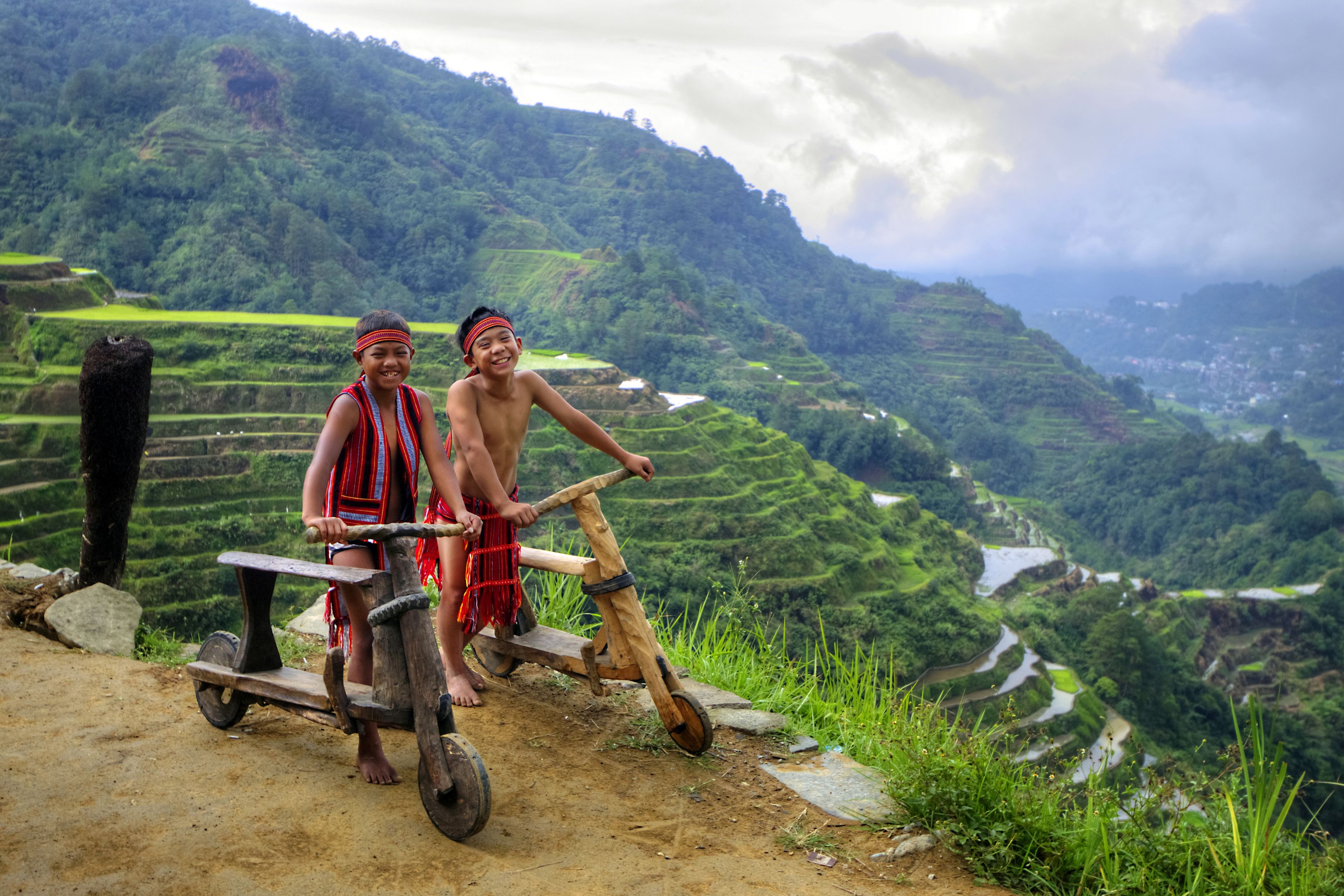 Image 1
Image 1Photo by Ranieljosecastaneda on Wikimedia Commons
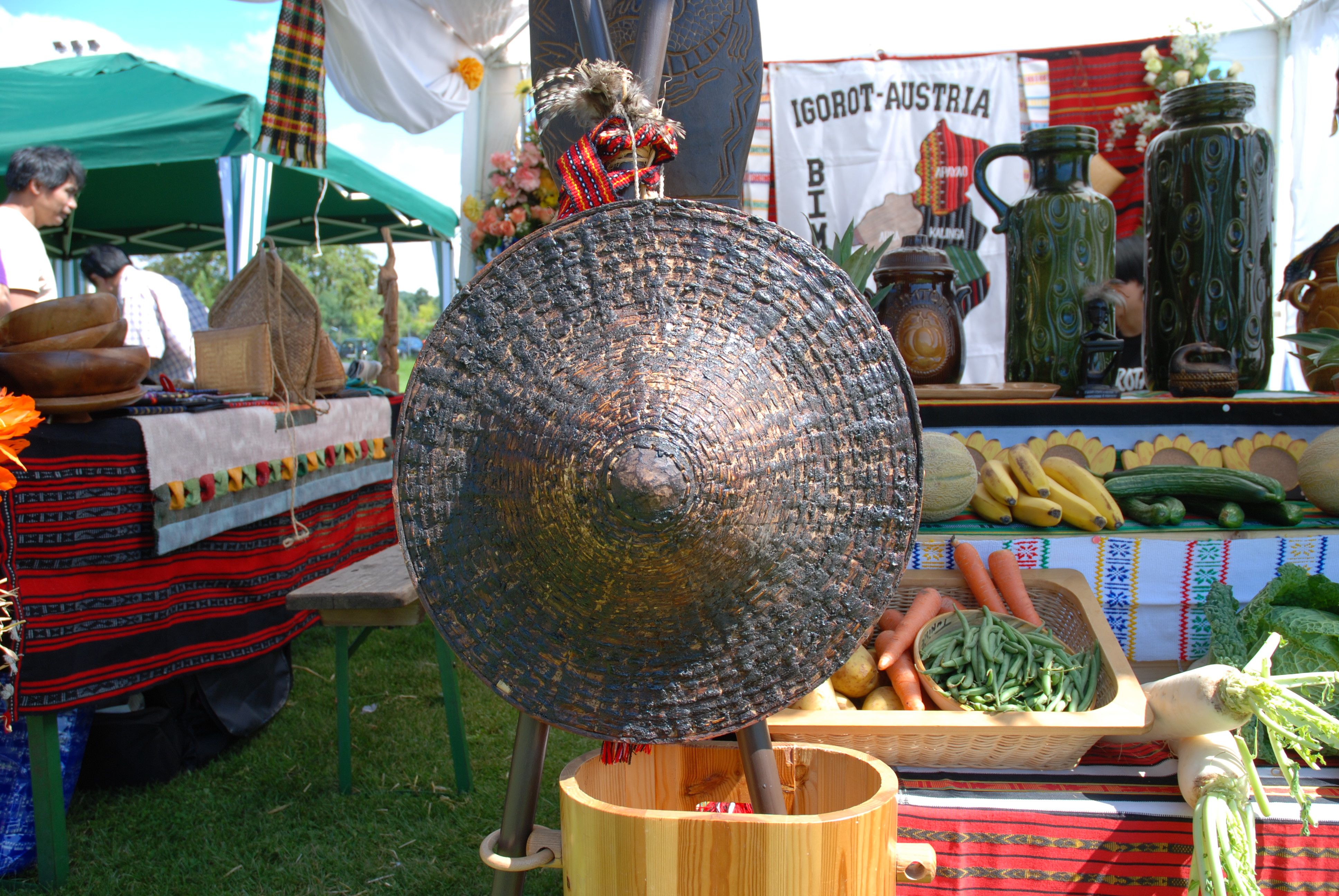 Image 2
Image 2Photo by EAGLE OF KOLBE on Wikimedia Commons
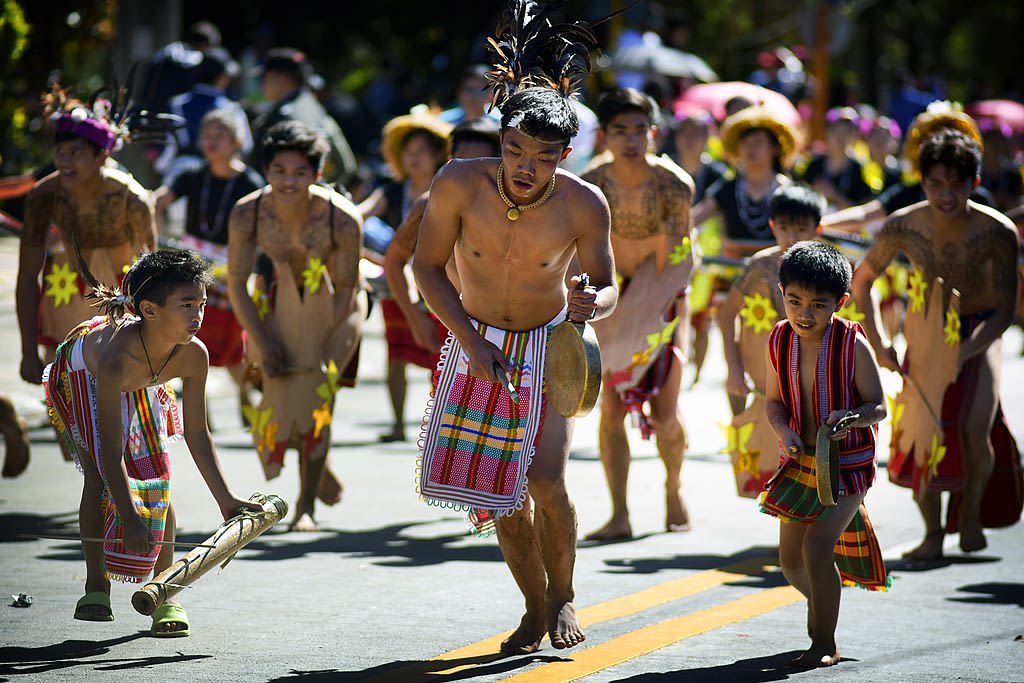 Image 3
Image 3Photo by Ranieljosecastaneda on Wikimedia Commons

Photo by Ranieljosecastaneda on Wikimedia Commons
Photo by Ranieljosecastaneda on Wikimedia Commons

Photo by EAGLE OF KOLBE on Wikimedia Commons
Photo by EAGLE OF KOLBE on Wikimedia Commons

Photo by Ranieljosecastaneda on Wikimedia Commons
Photo by Ranieljosecastaneda on Wikimedia Commons
Positive Outcomes

The fight against plastic pollution has brought Indigenous communities together, reinforcing their cultural identity and strengthening social bonds. It has encouraged intergenerational knowledge-sharing as elders pass on traditional waste management practices to younger generations.
The development of innovative solutions and the craftsmanship associated with repurposing plastic waste have also created new economic opportunities for communities. By turning plastic into marketable products, communities can generate income, support local livelihoods and reduce their dependency on traditional income sources tied to marine resources.
There is also a direct and immediate impact from these practices because harbouring a healthier ecosystem improves not only human health but their overall quality of life. It also opens the door for the development of landscape tourism, which can lead to a positive economic impact.
Indigenous Peoples and coastal communities are at the frontline of the battle against plastic pollution, taking on a combination of traditional wisdom and innovative approaches that benefit both their own communities and society in general.
